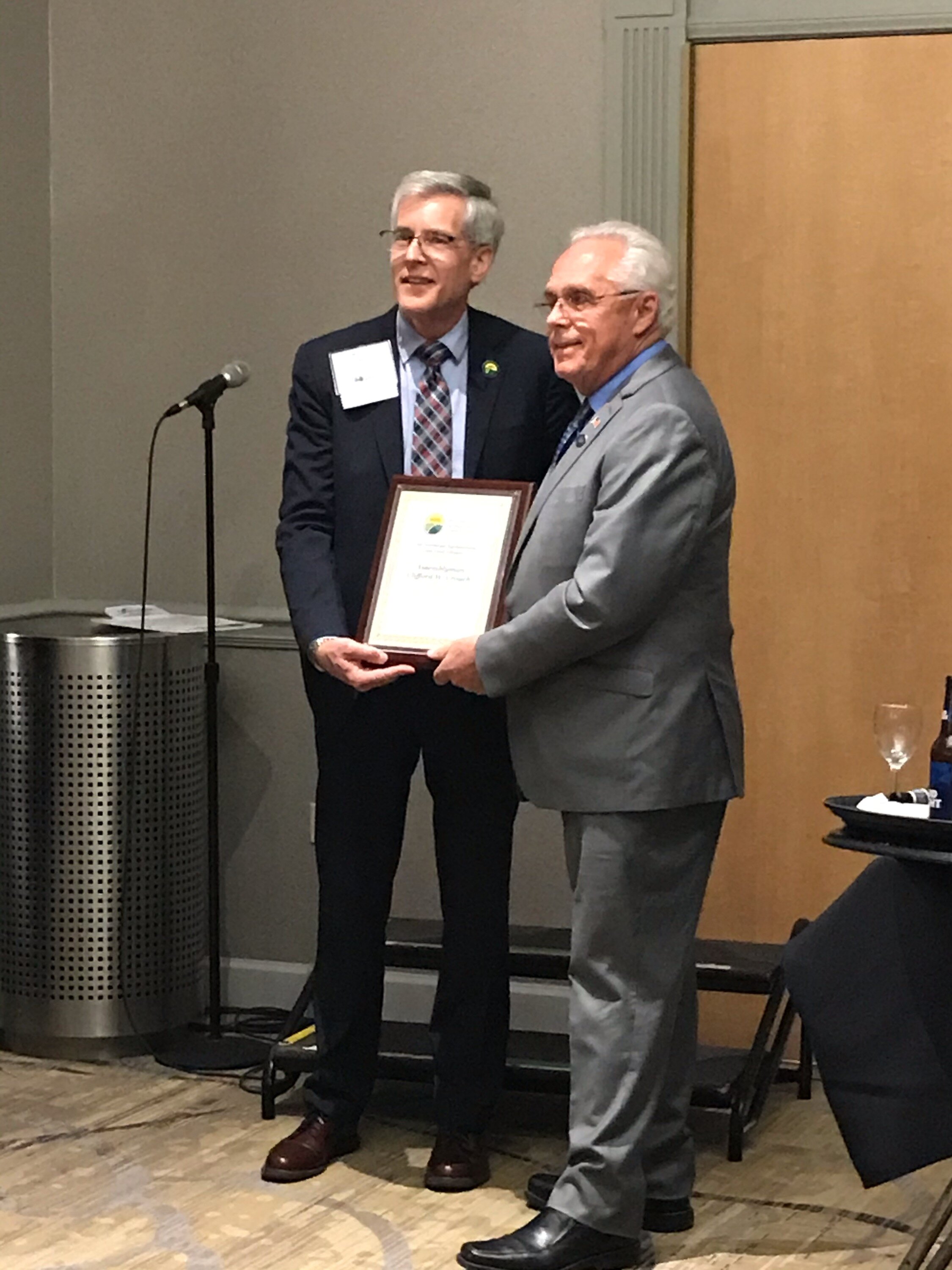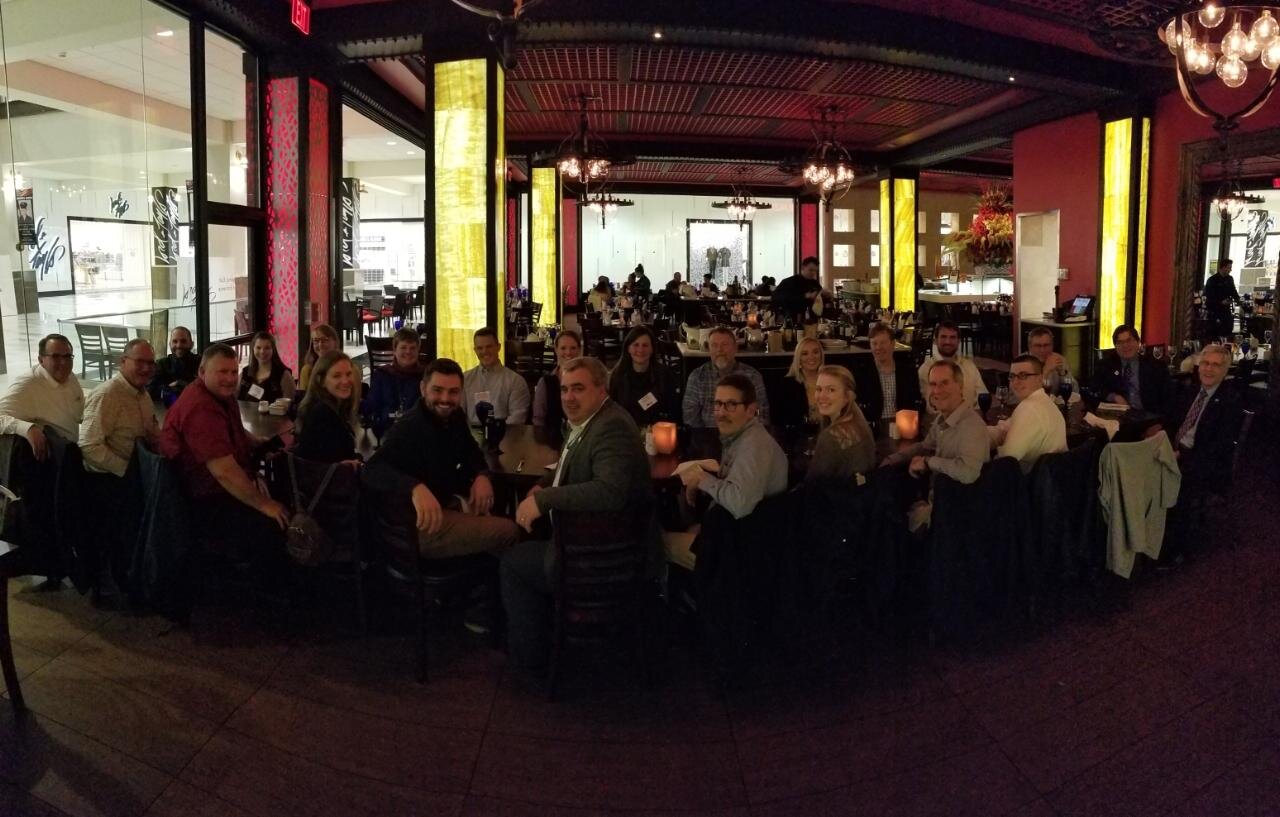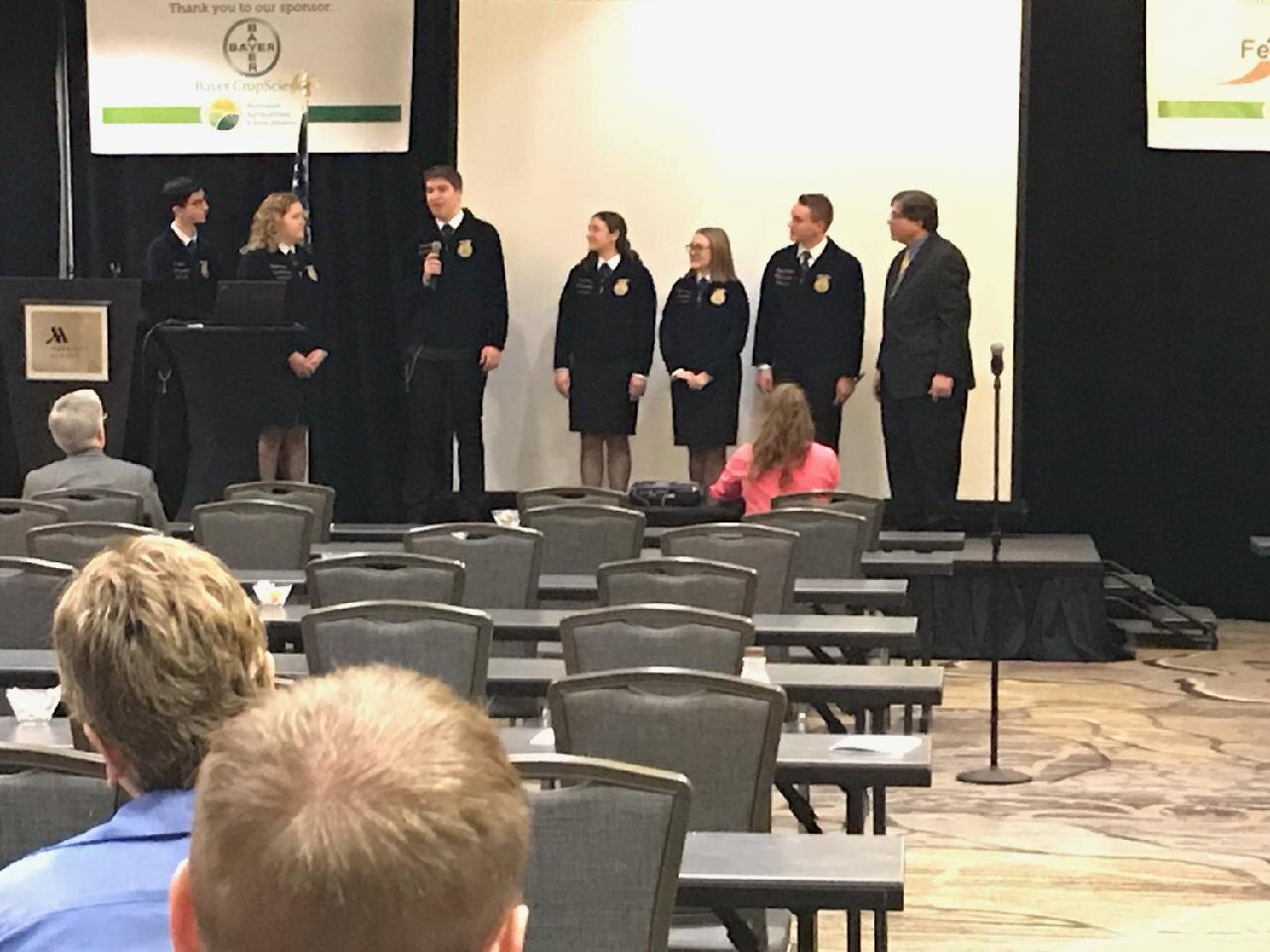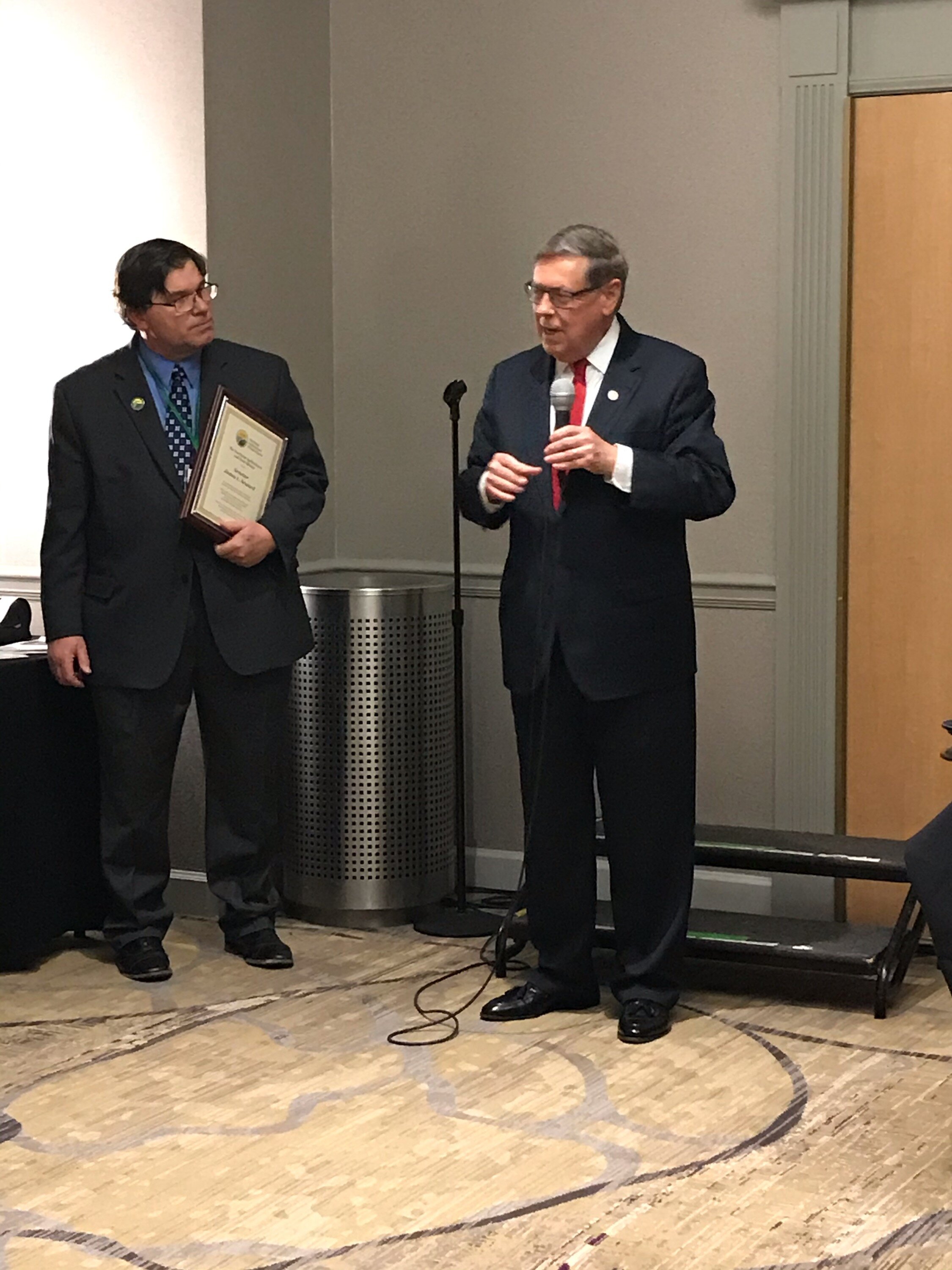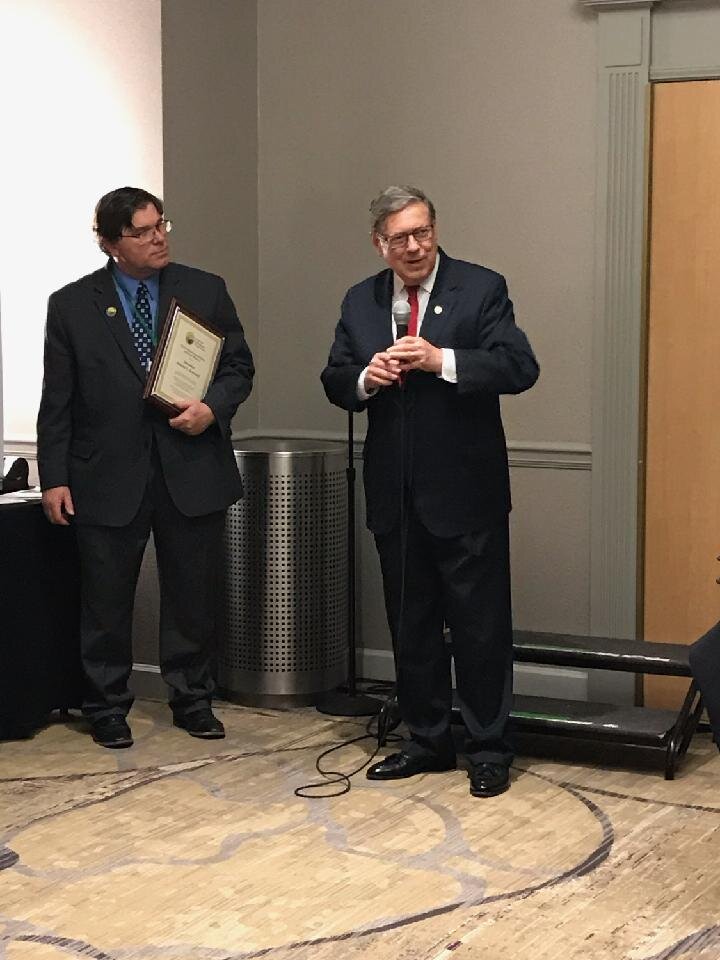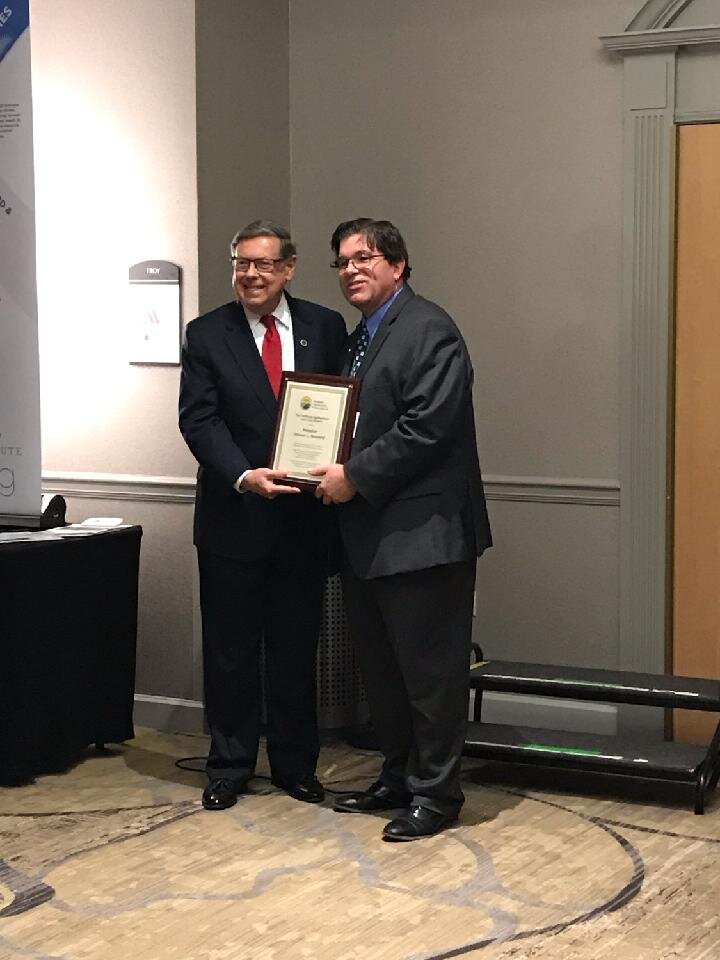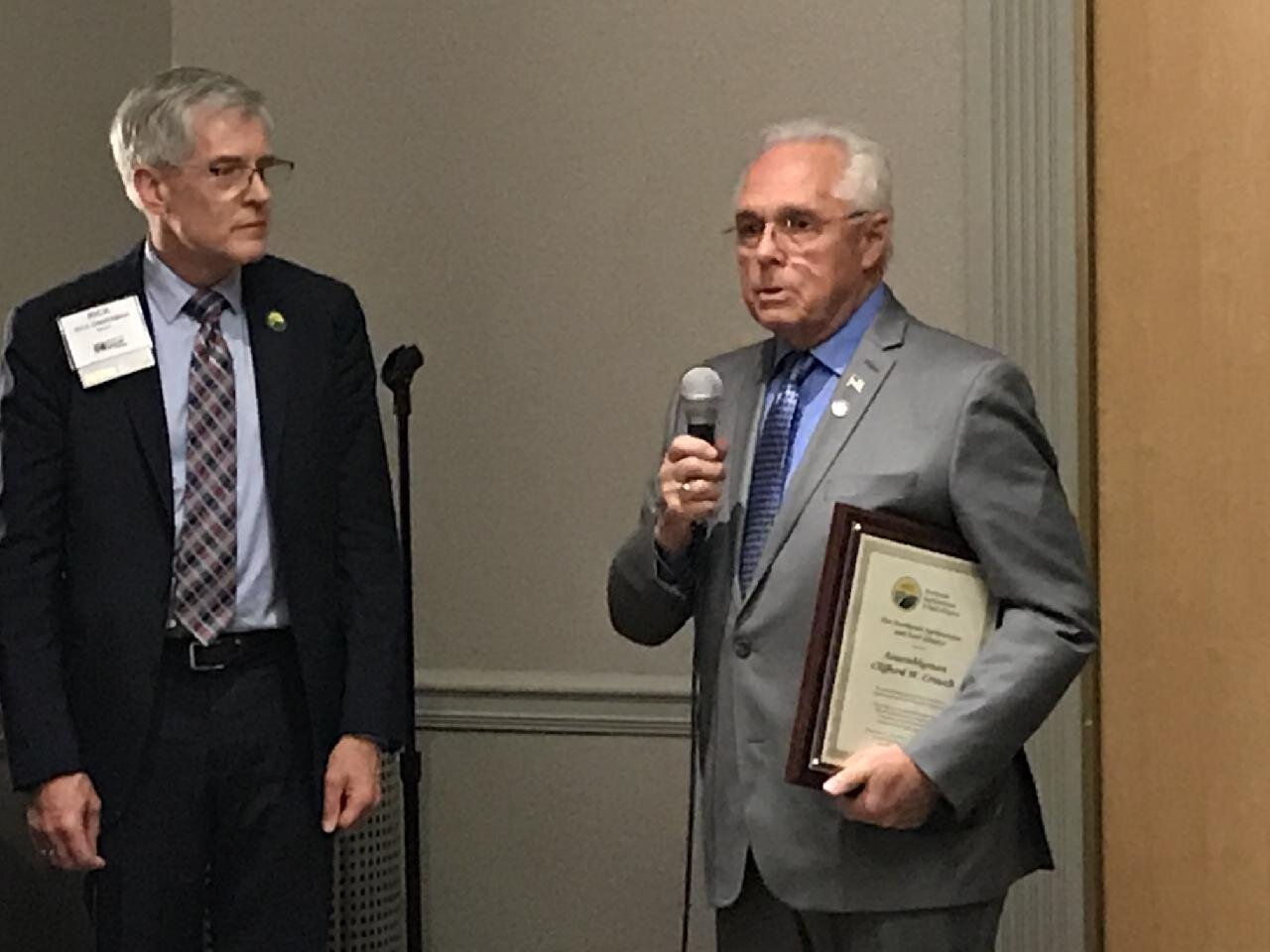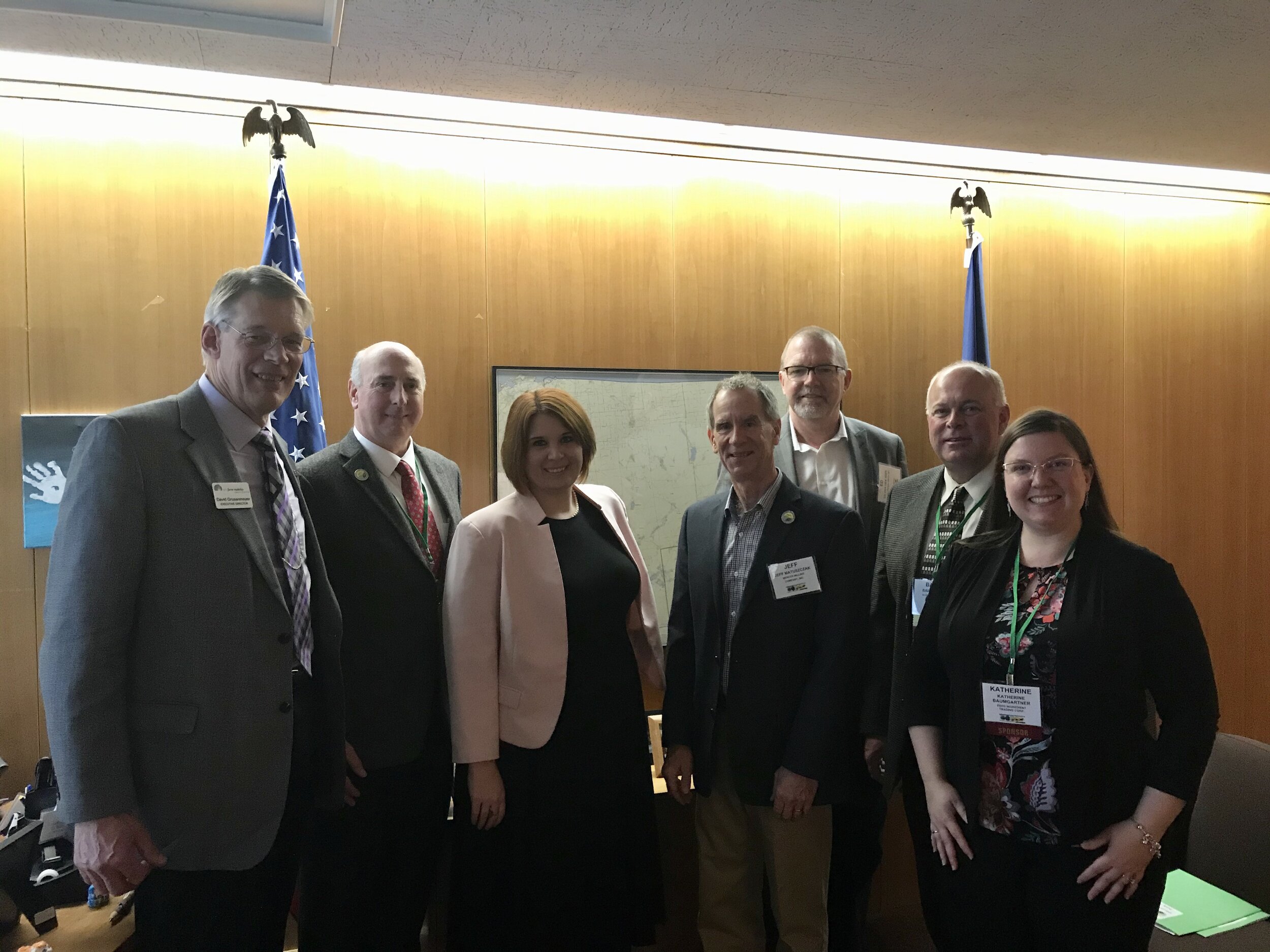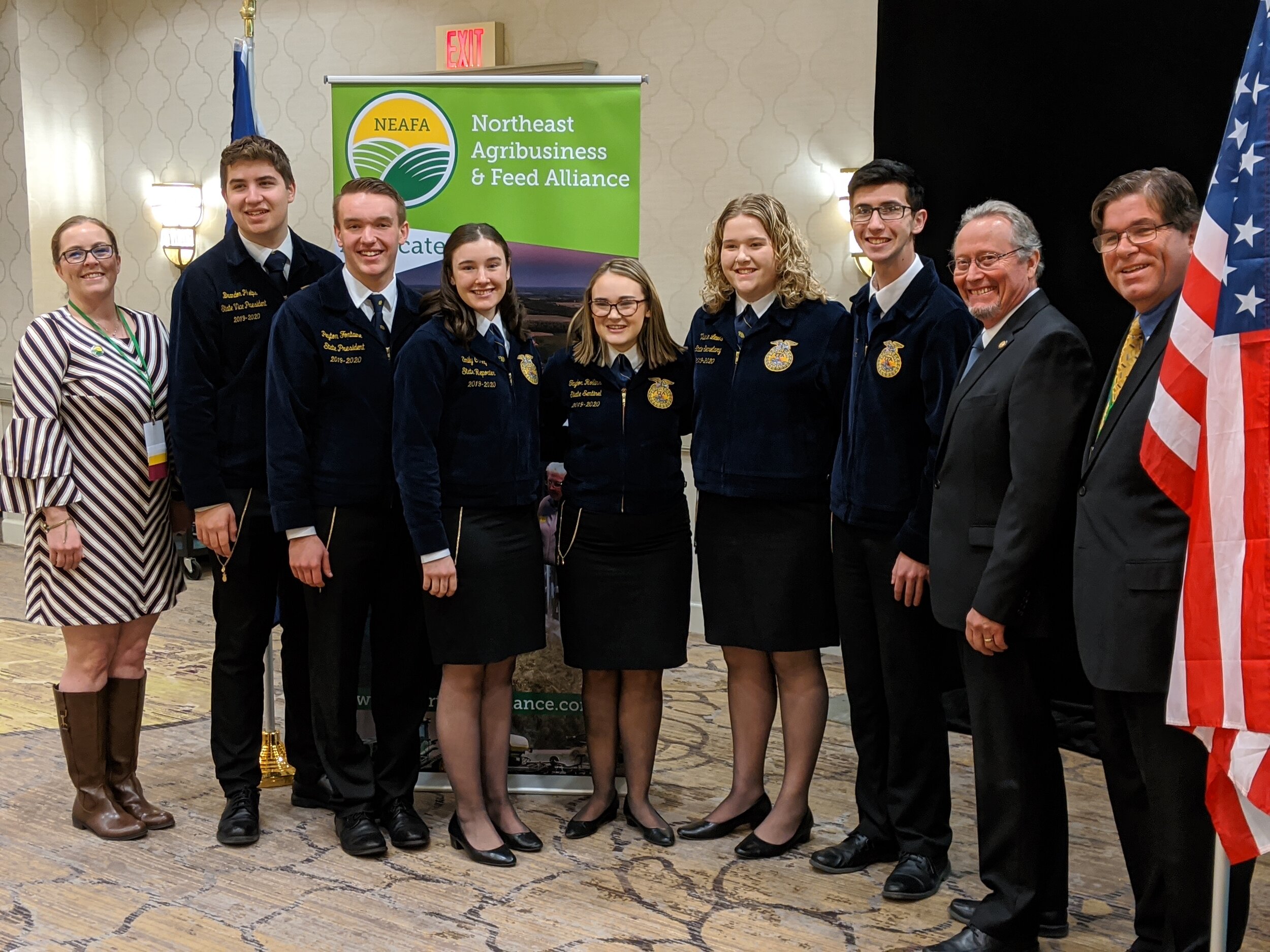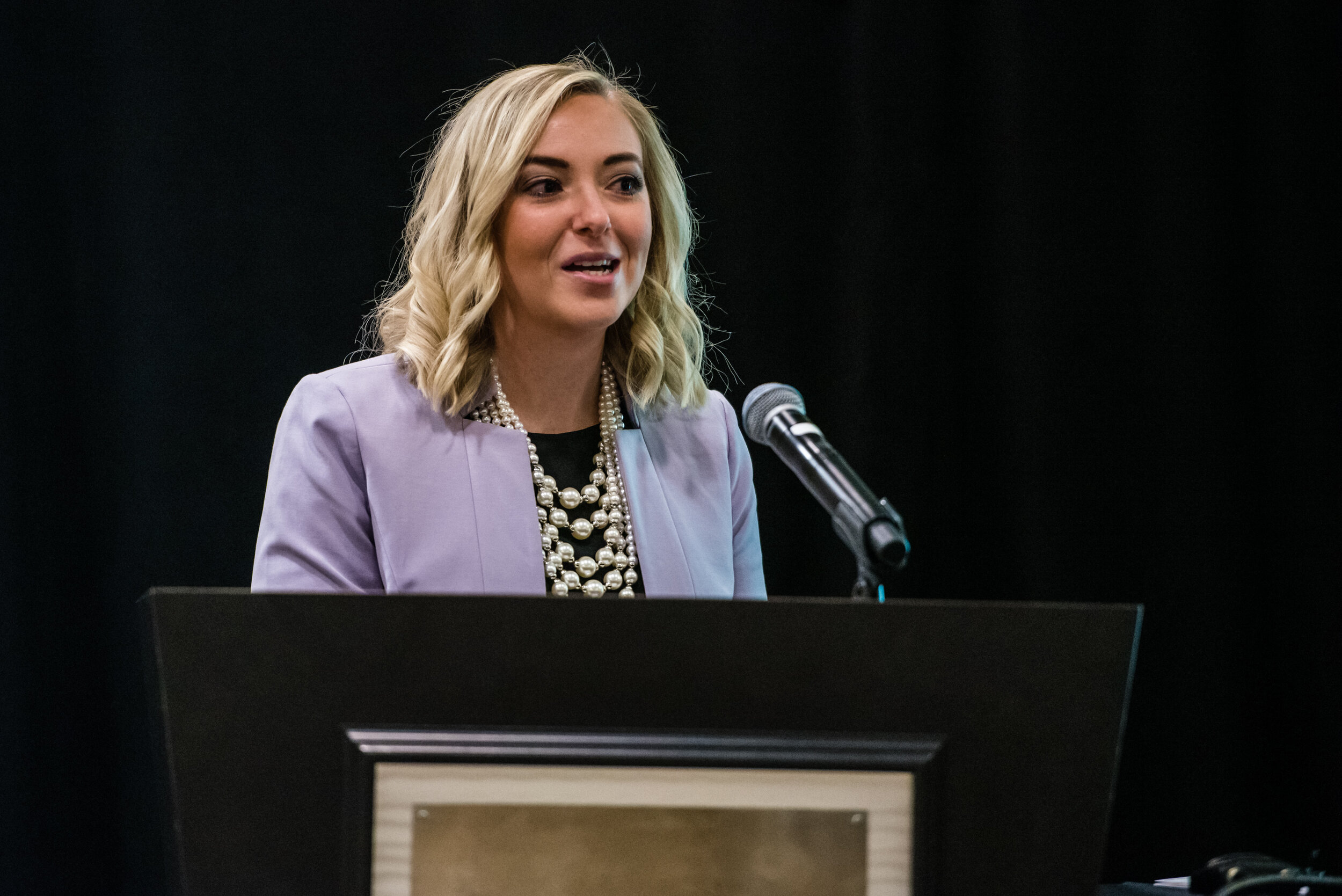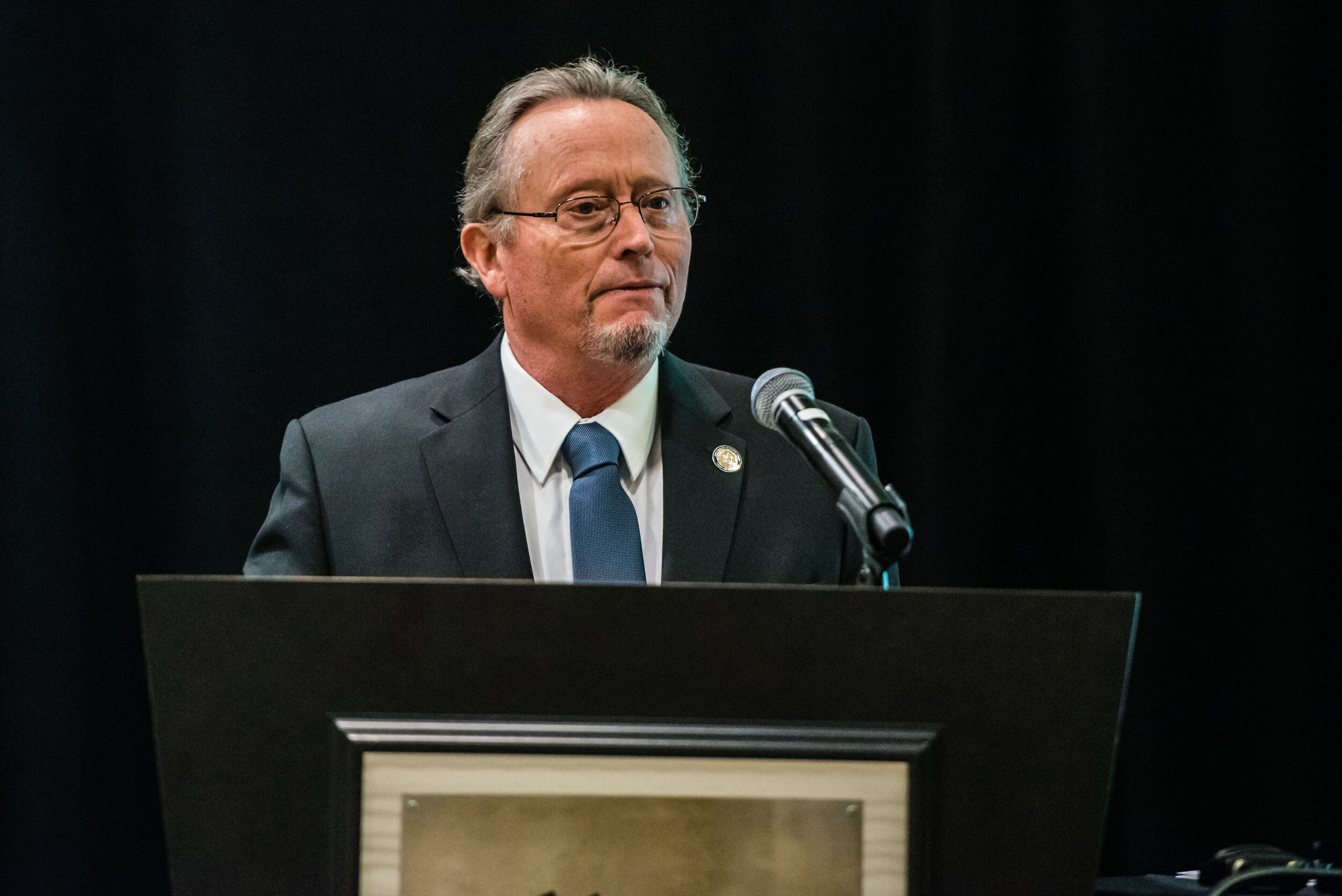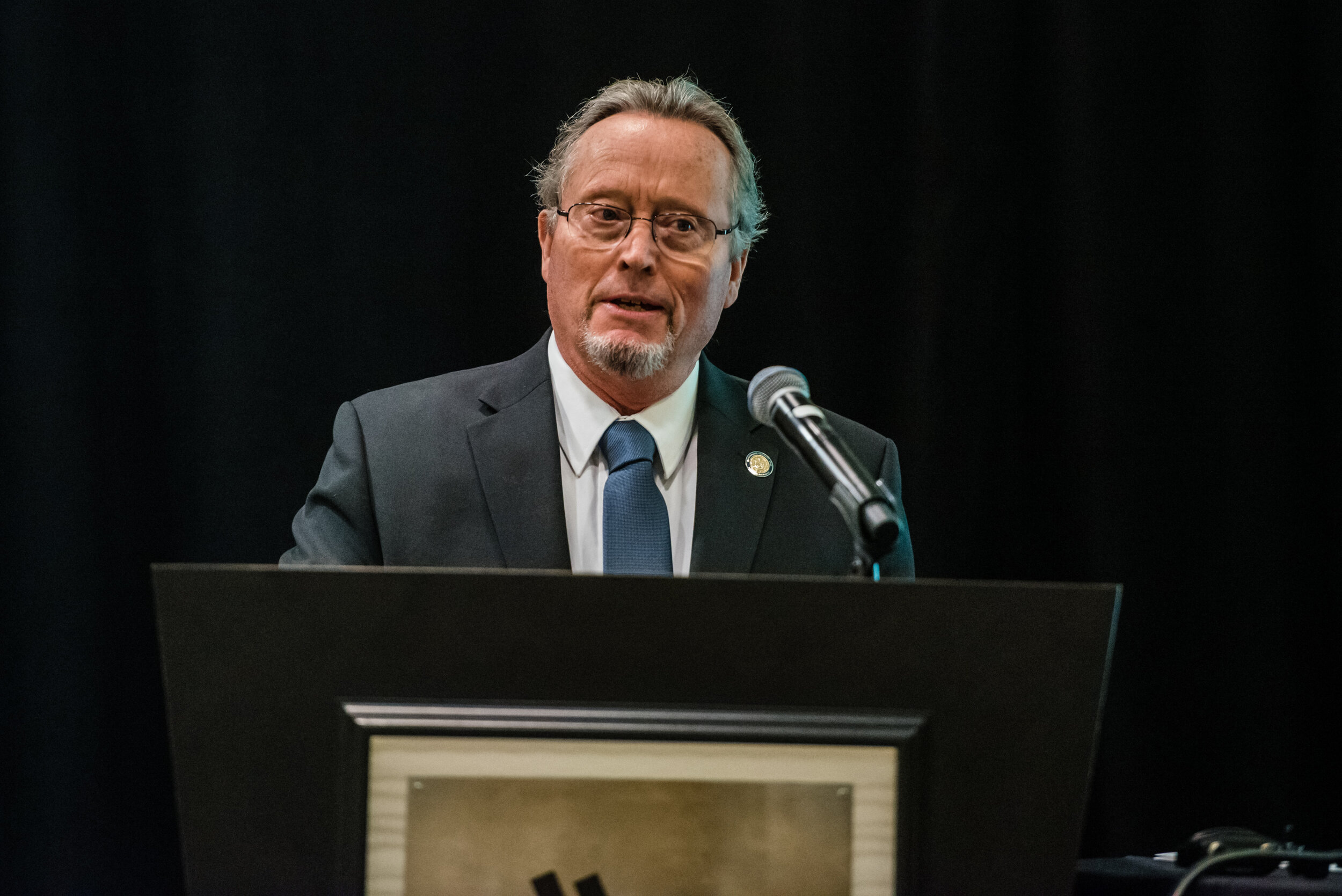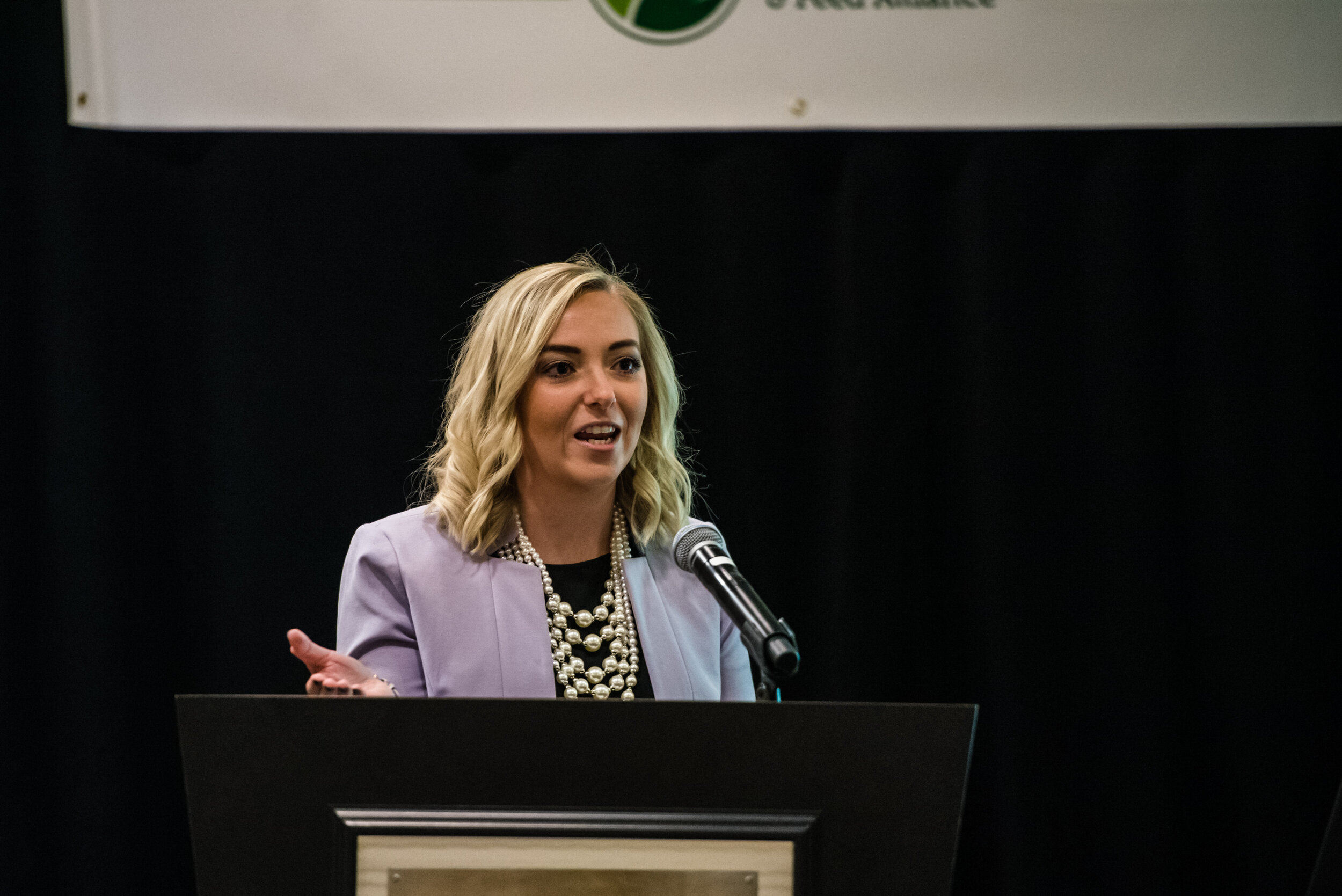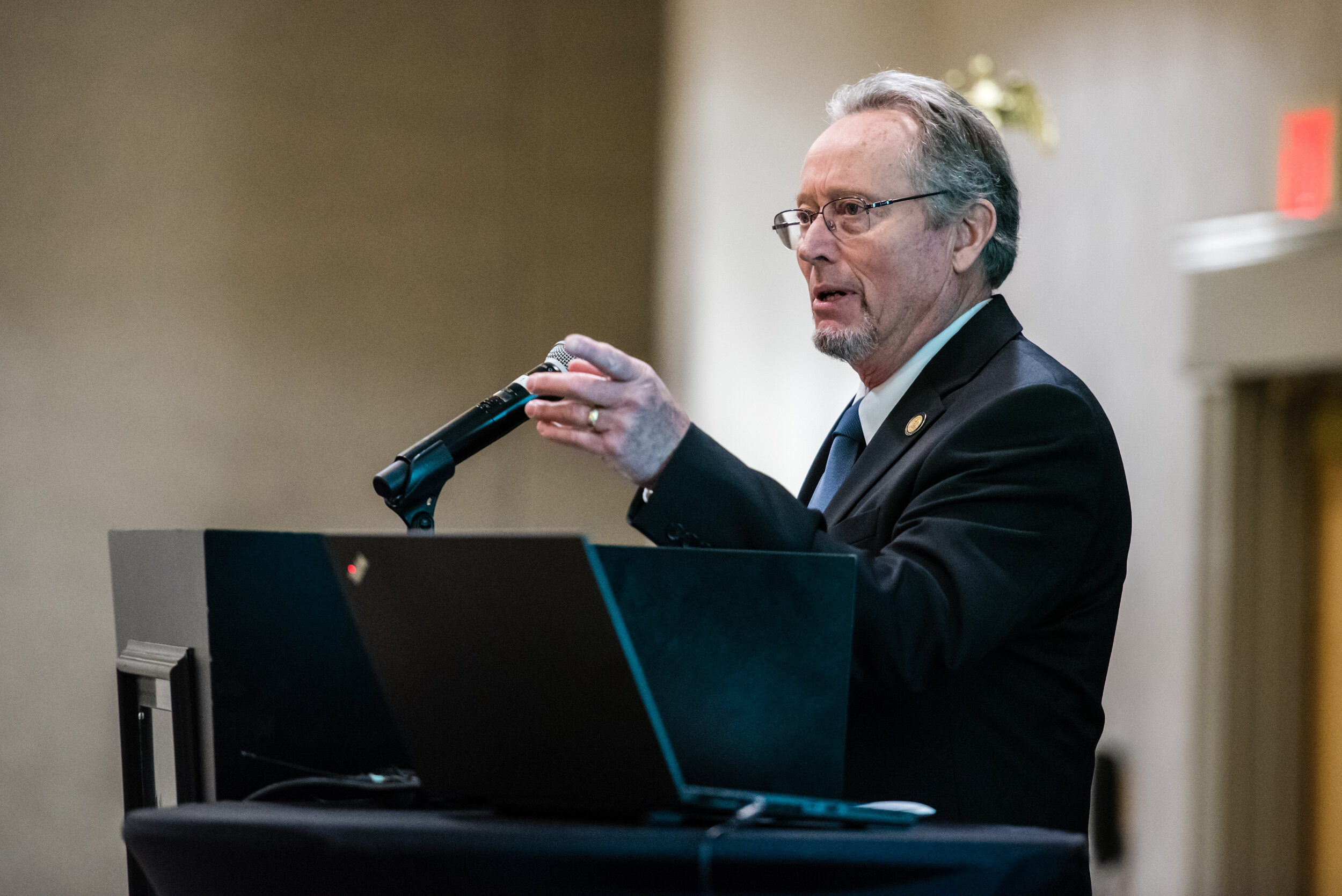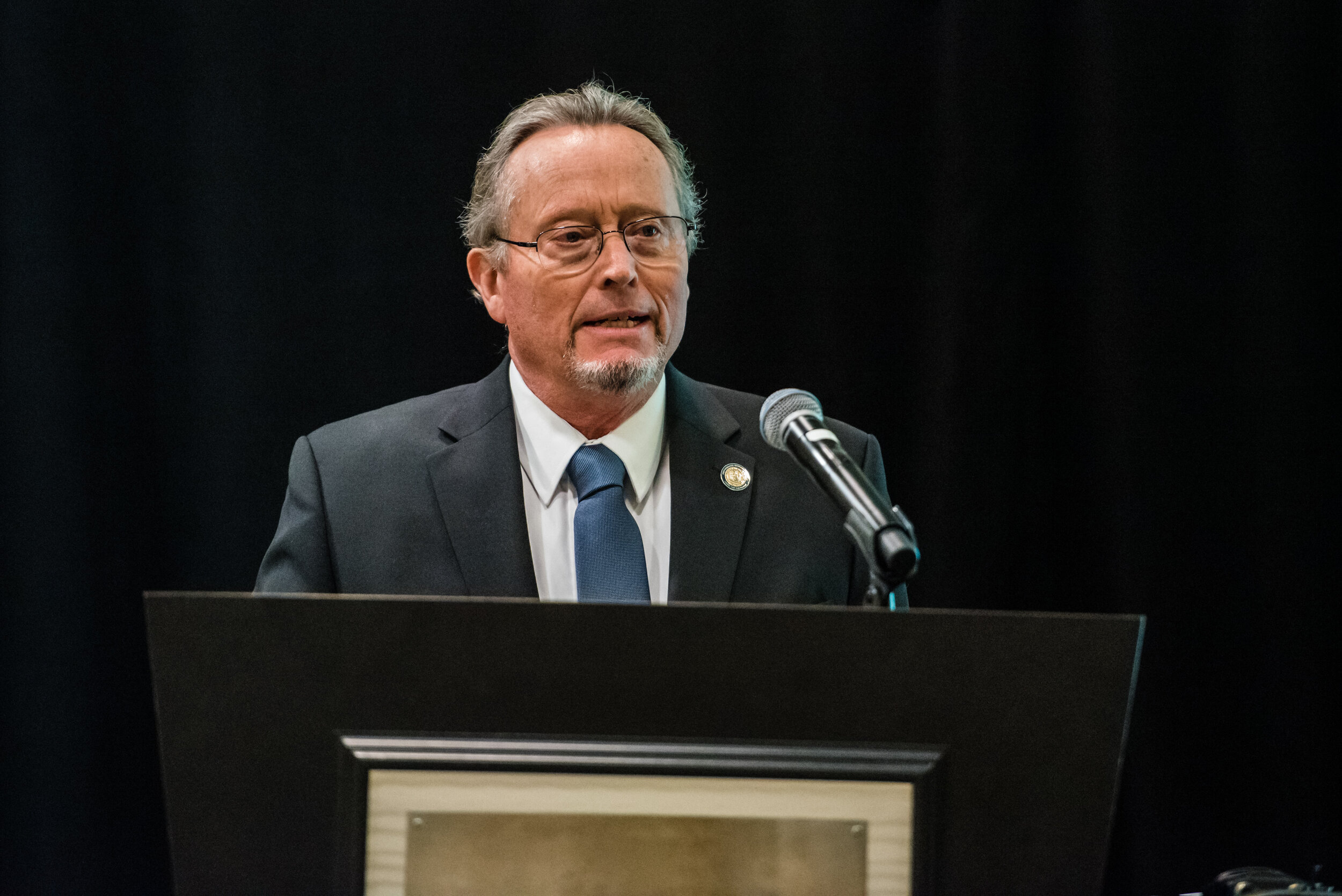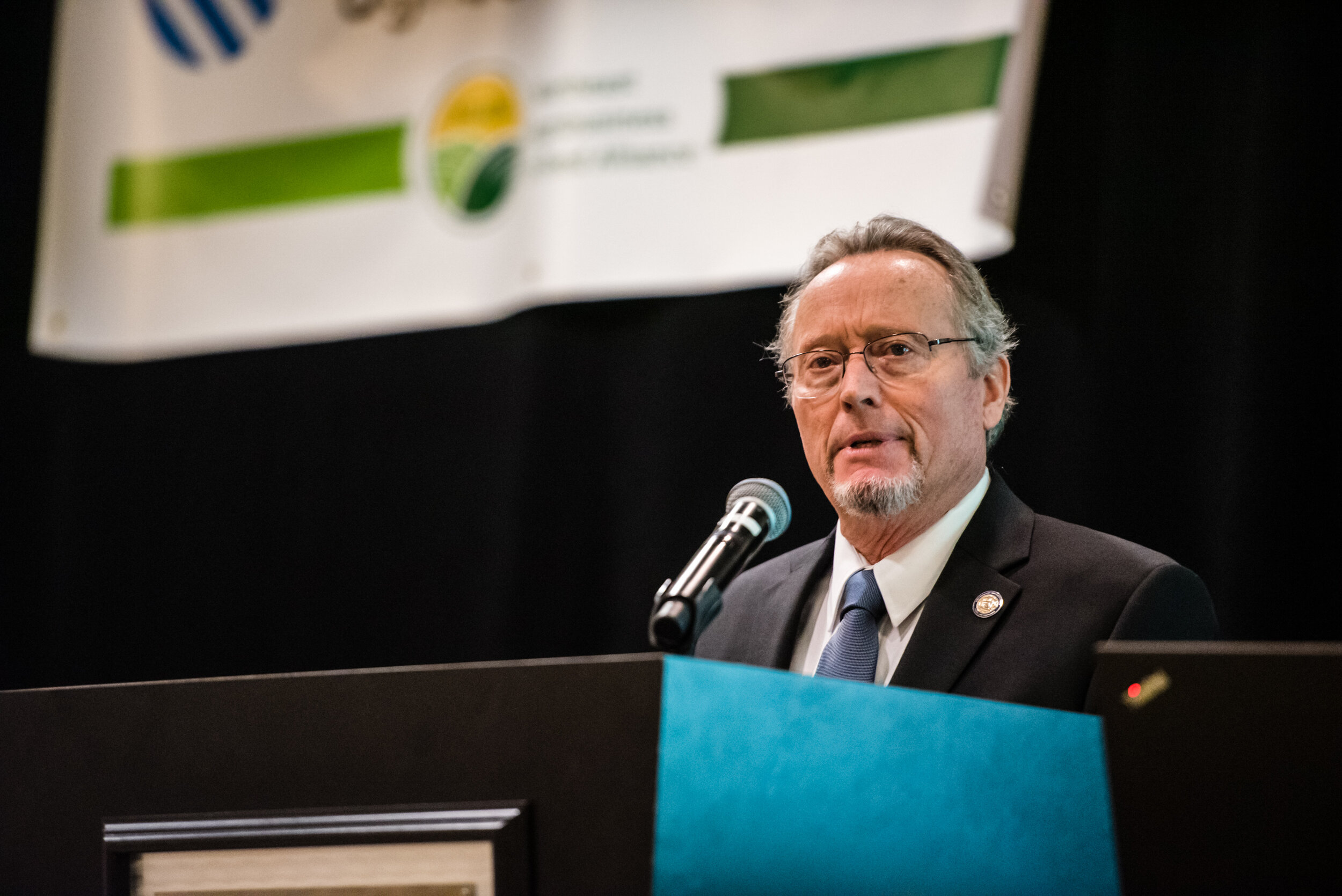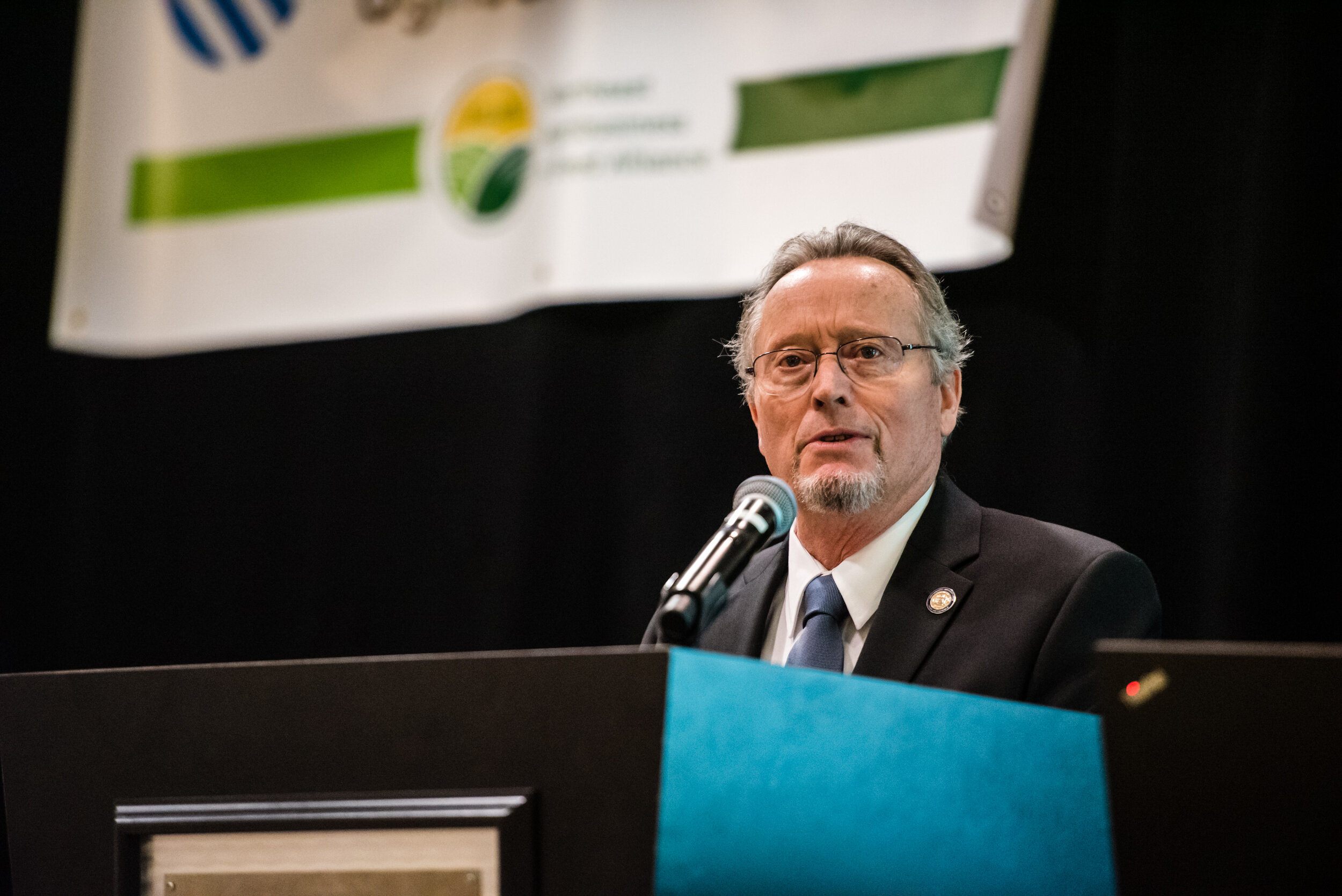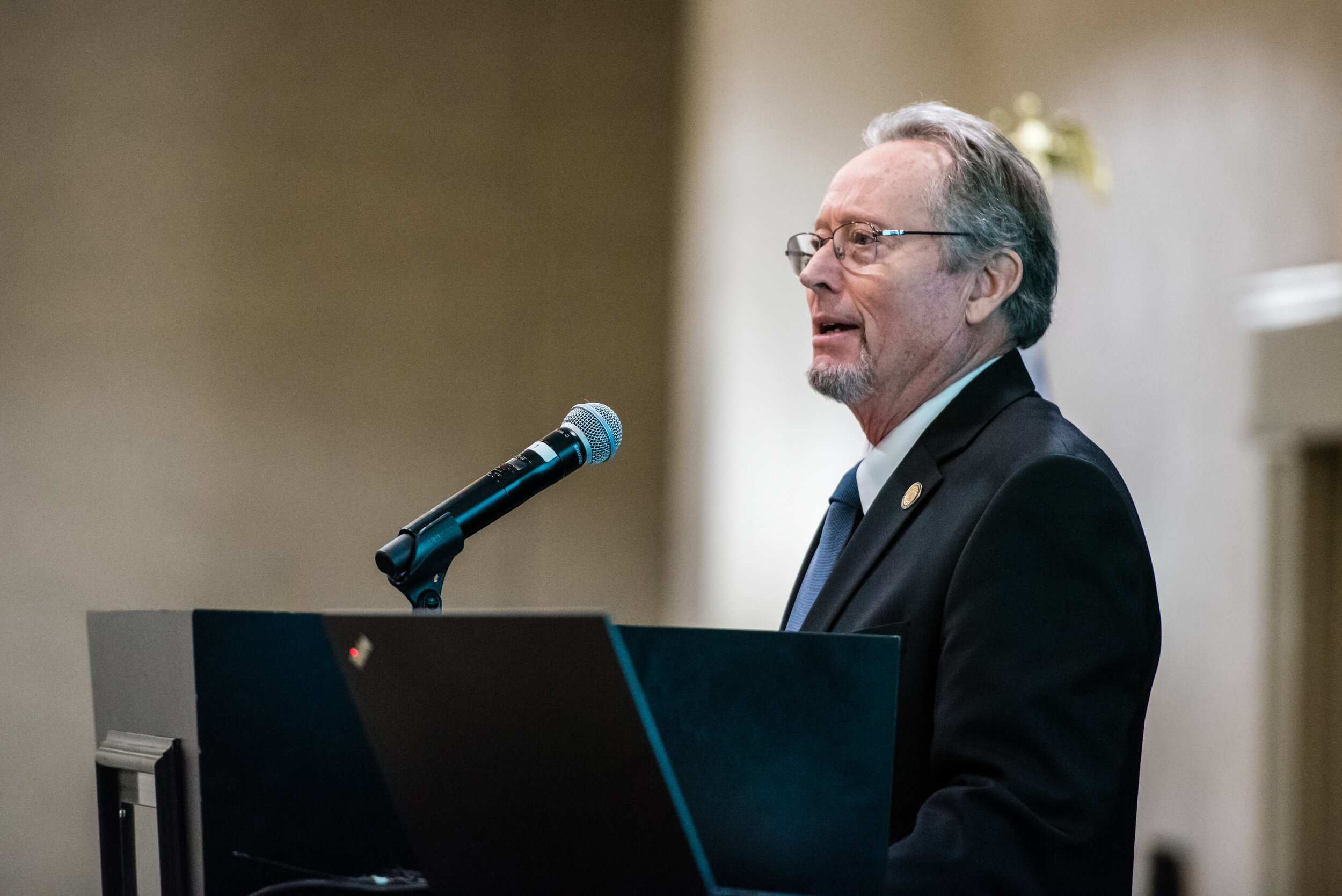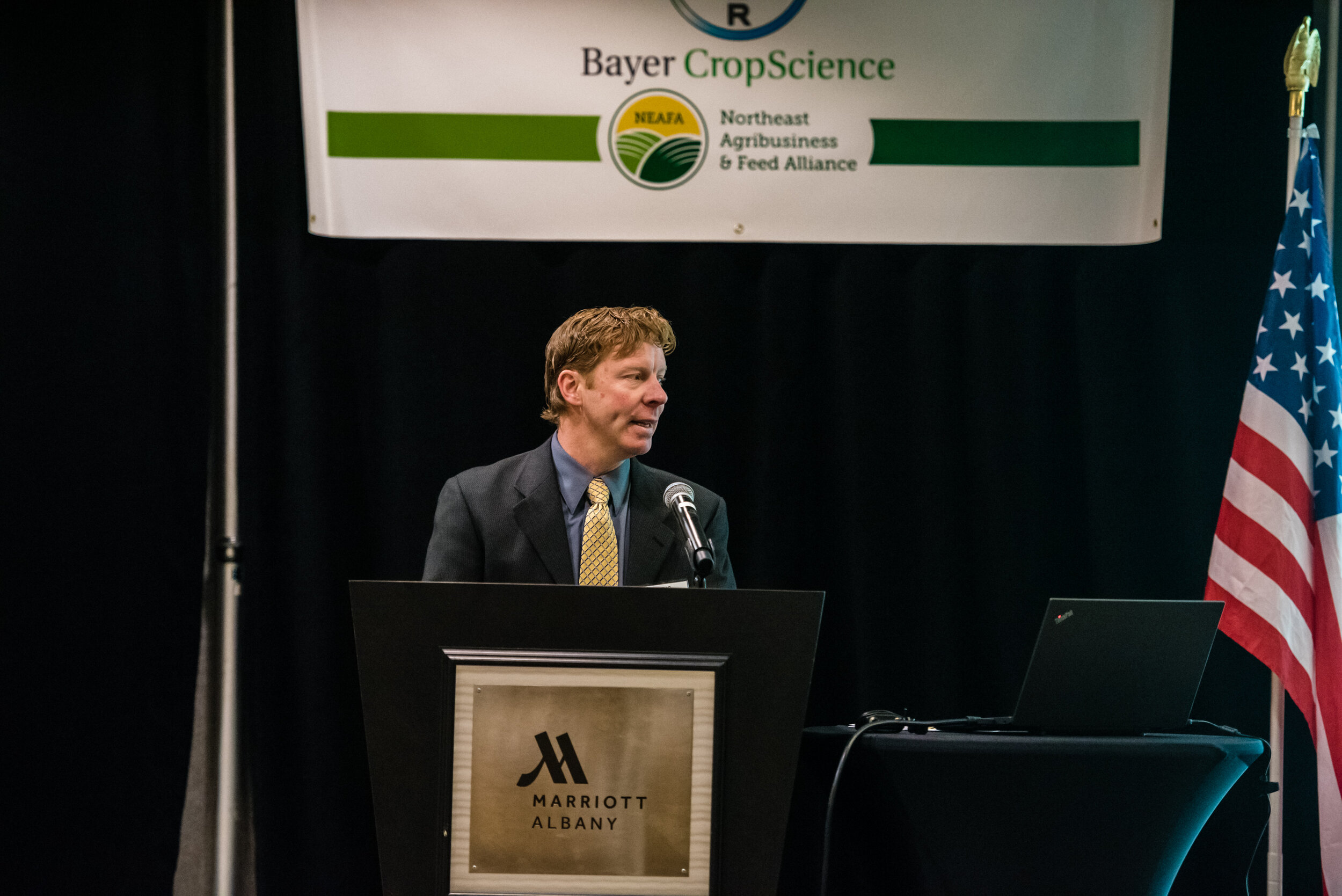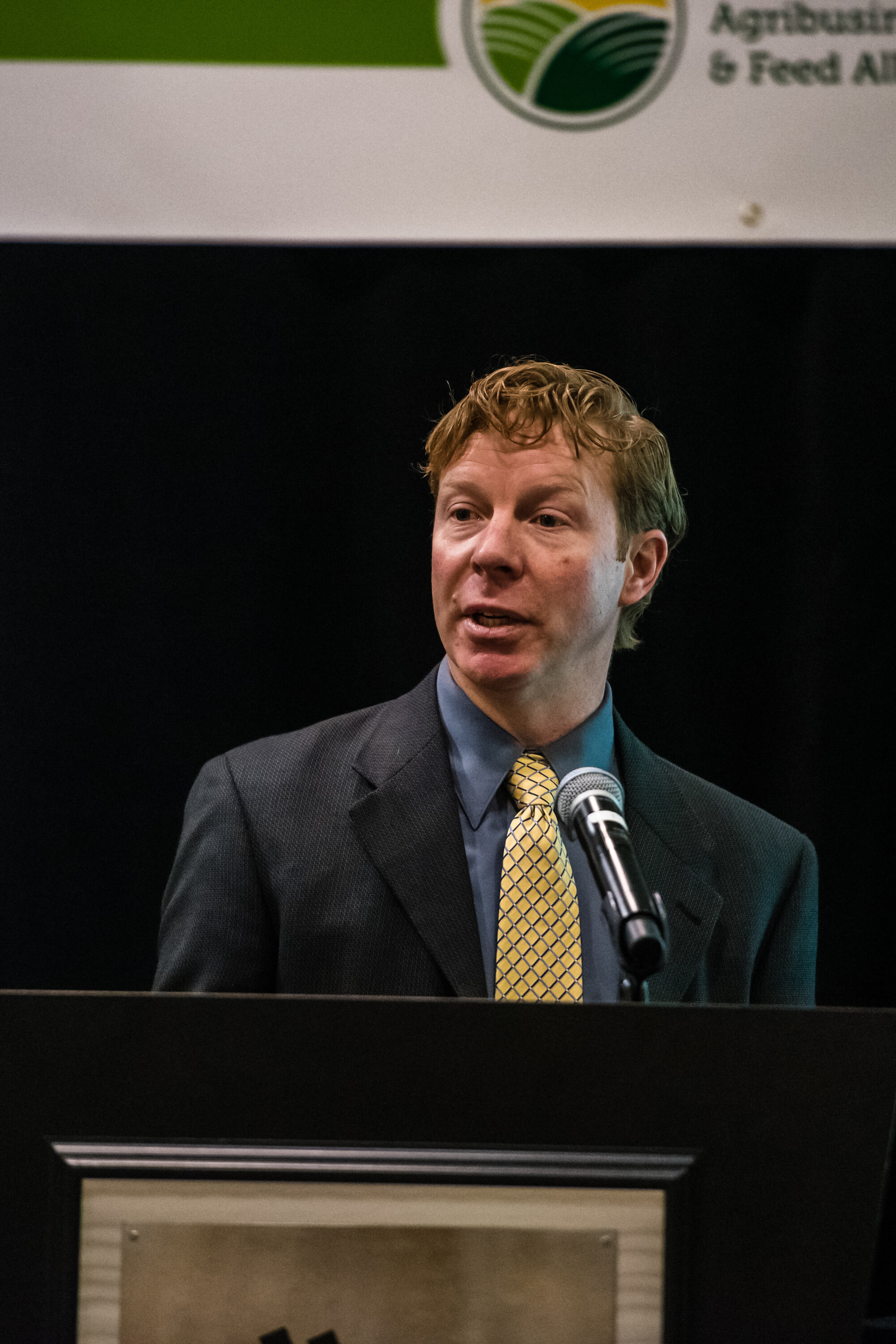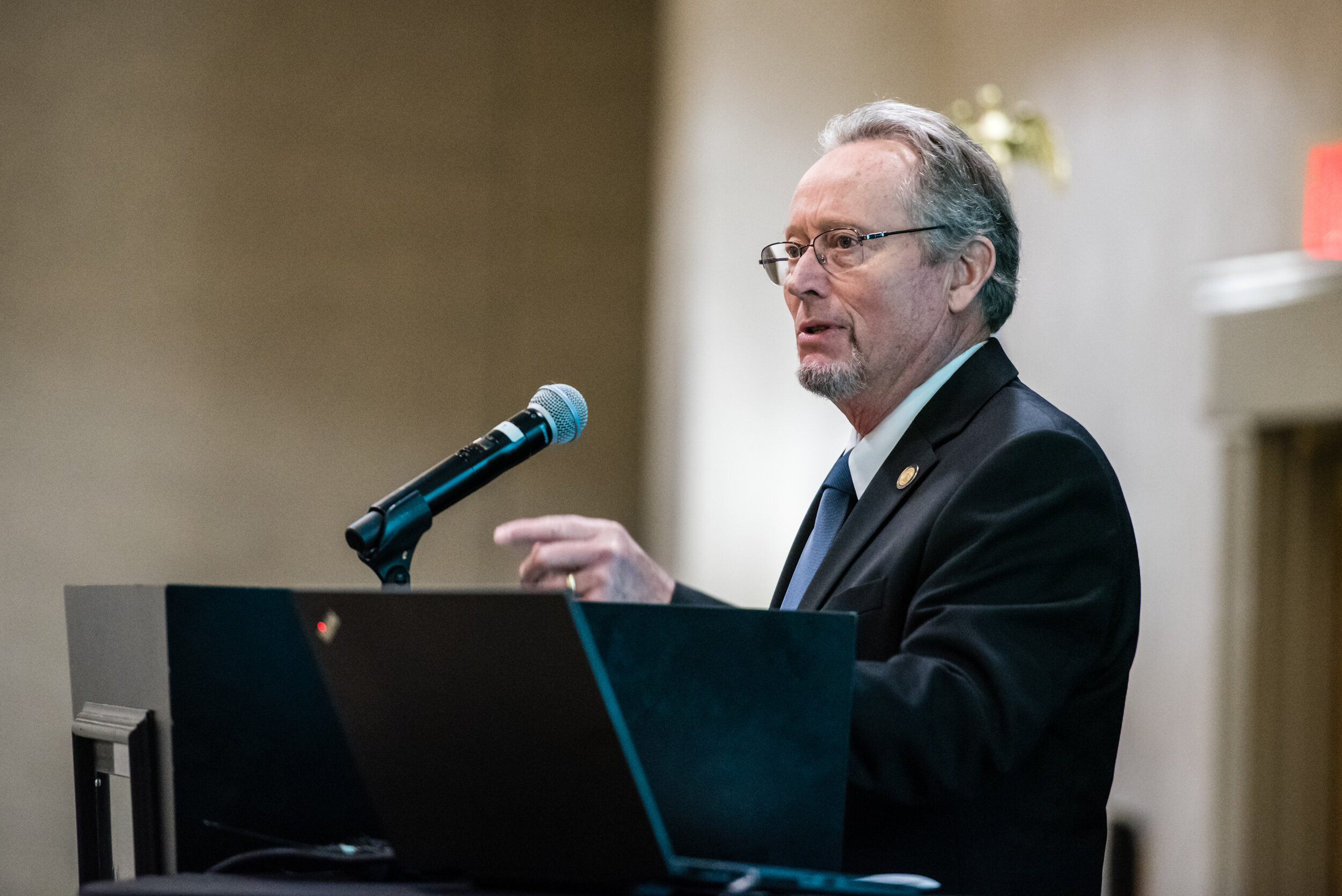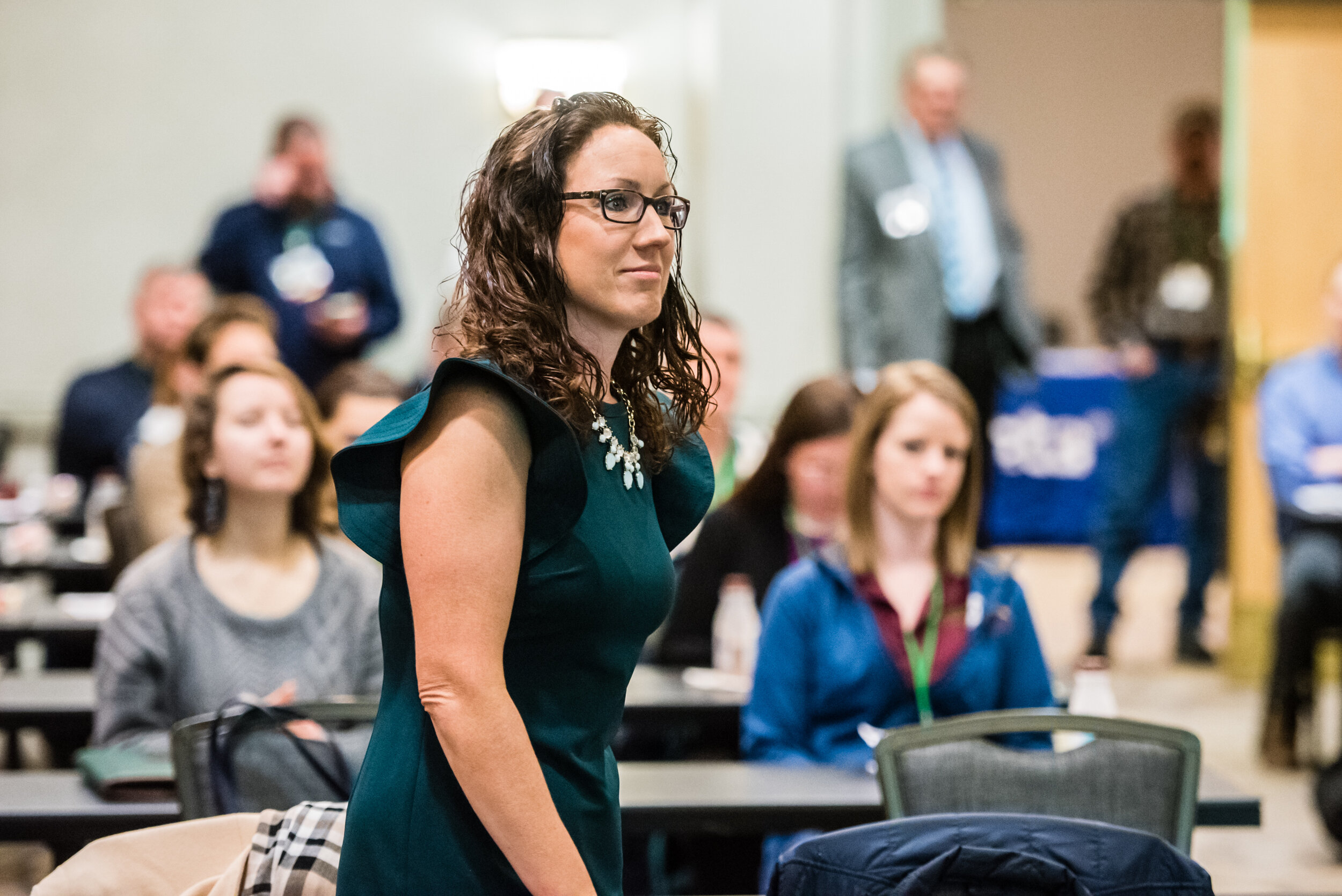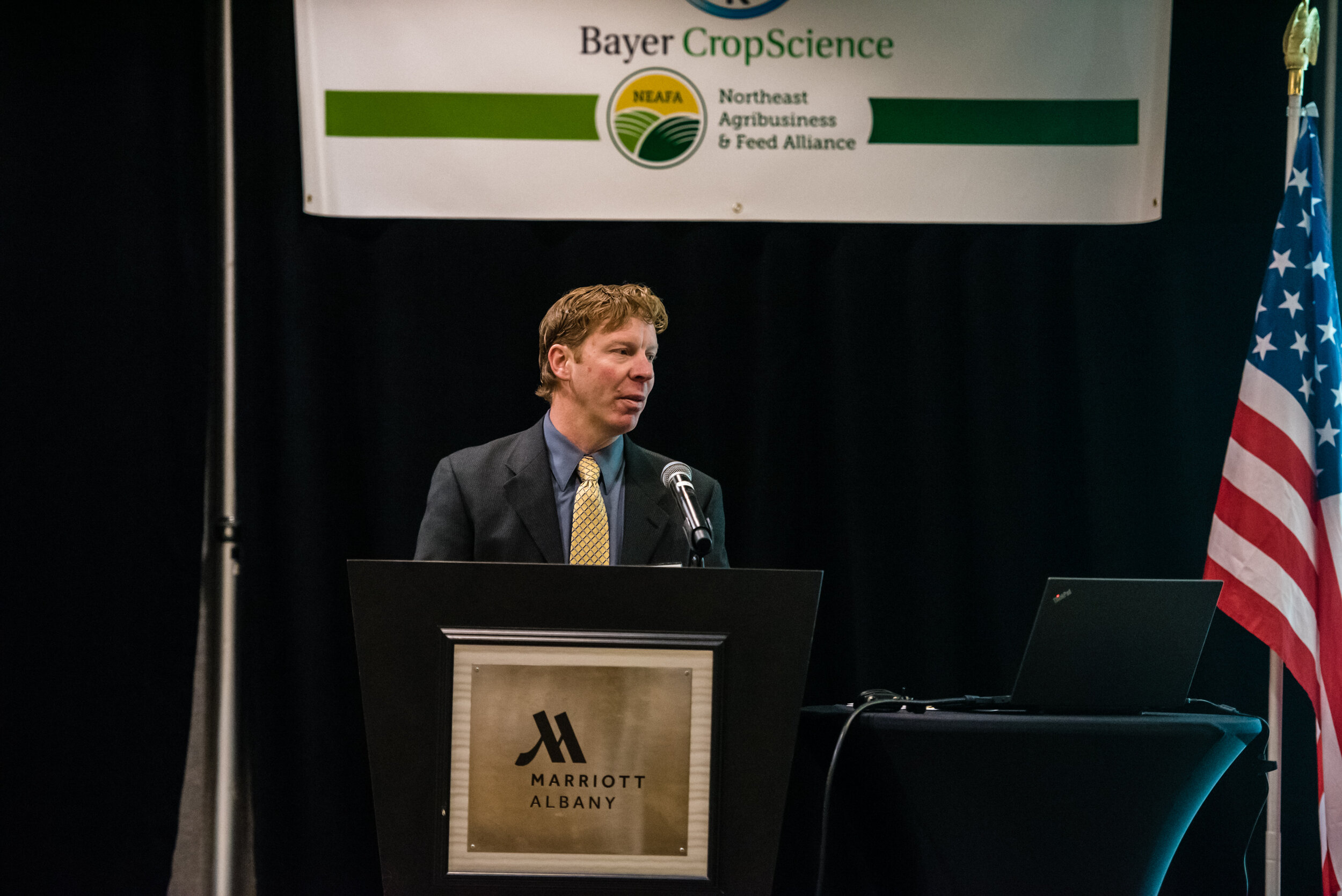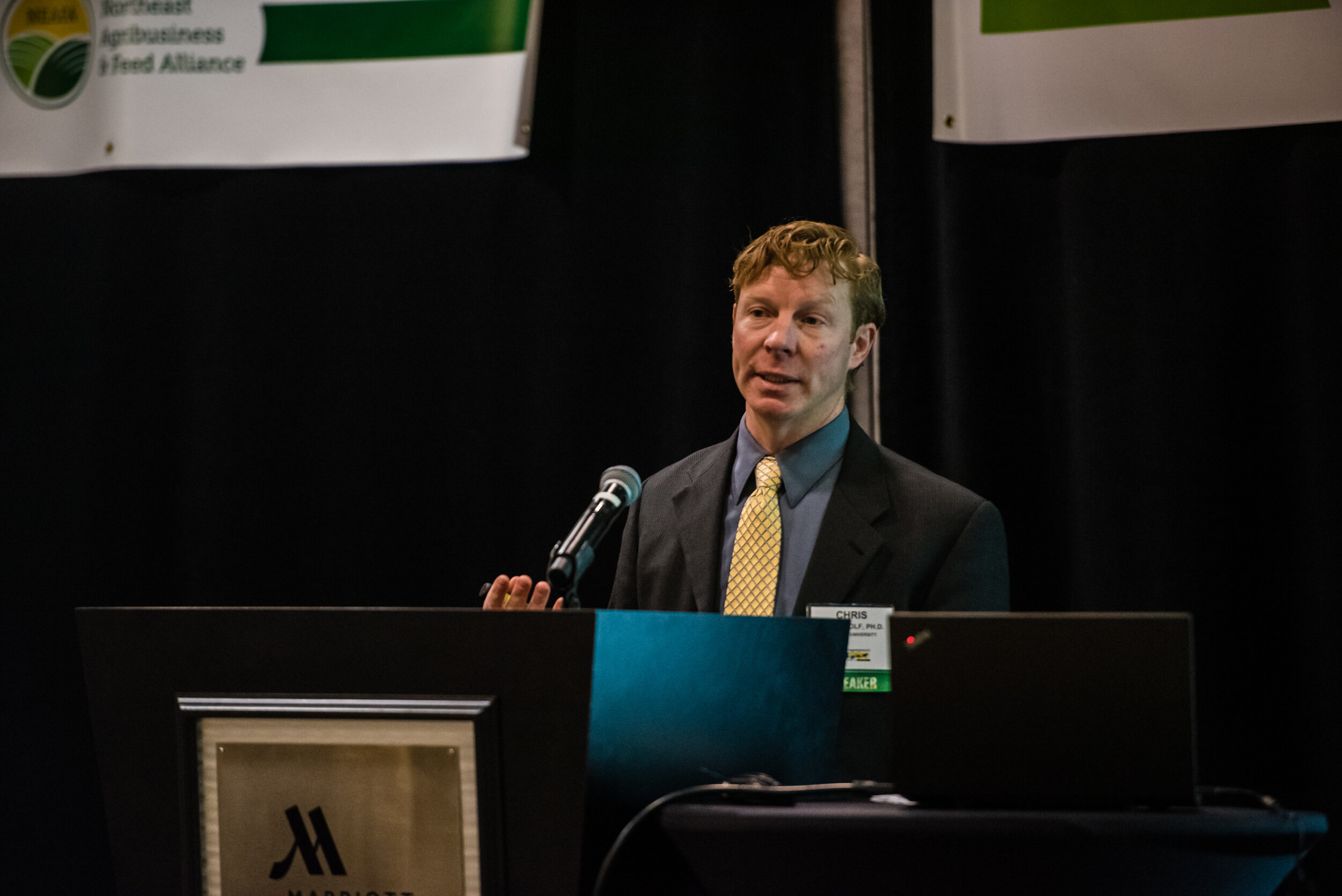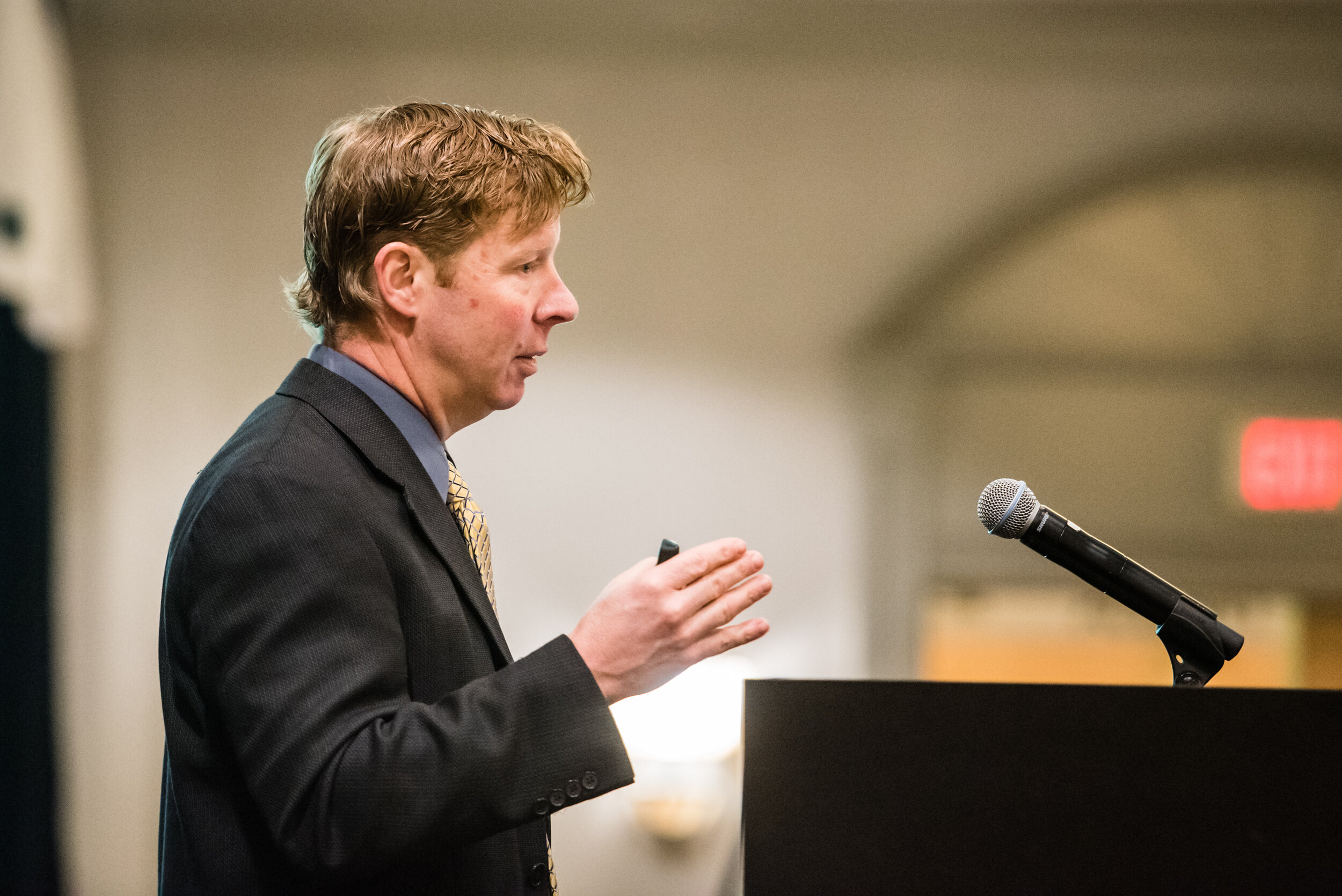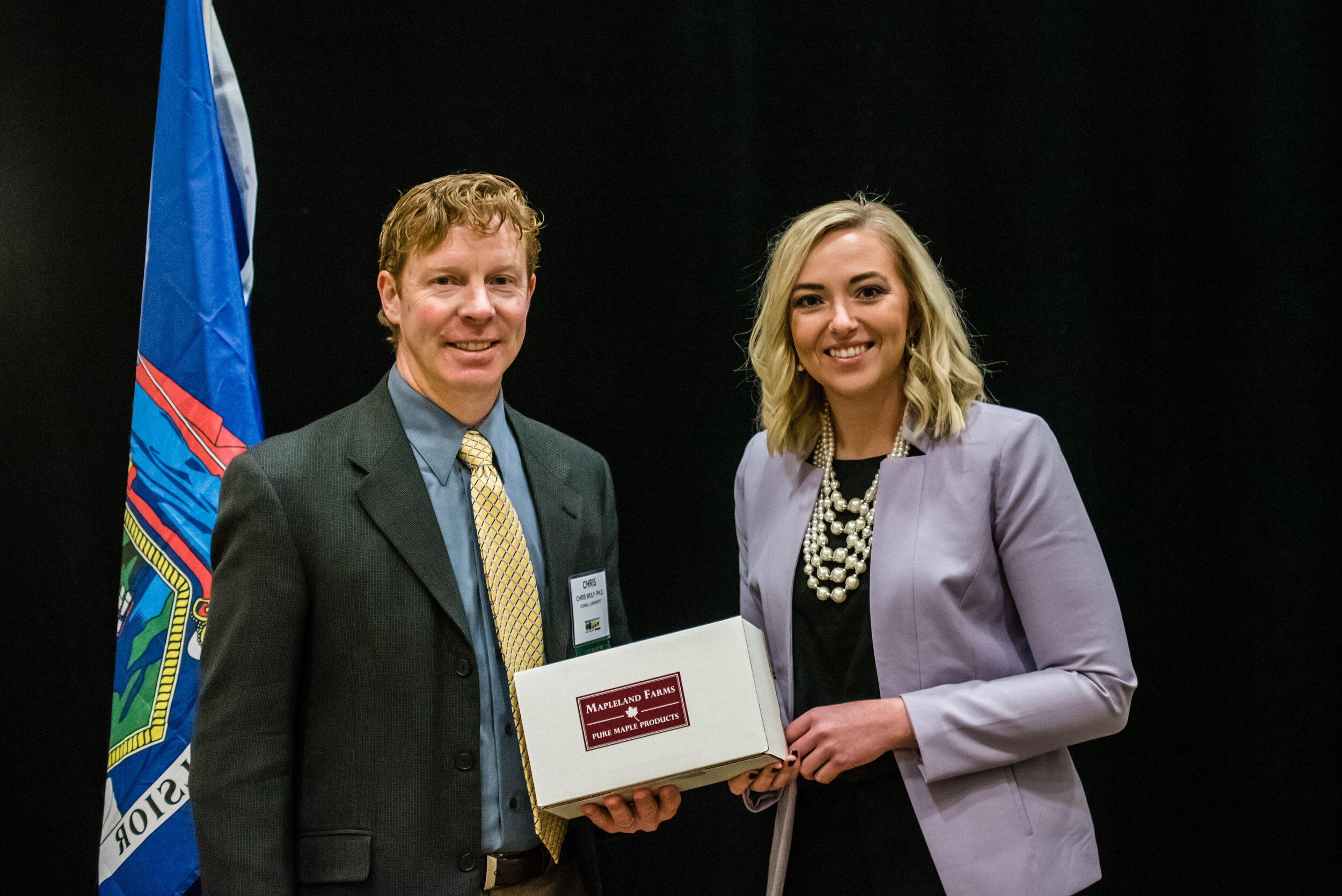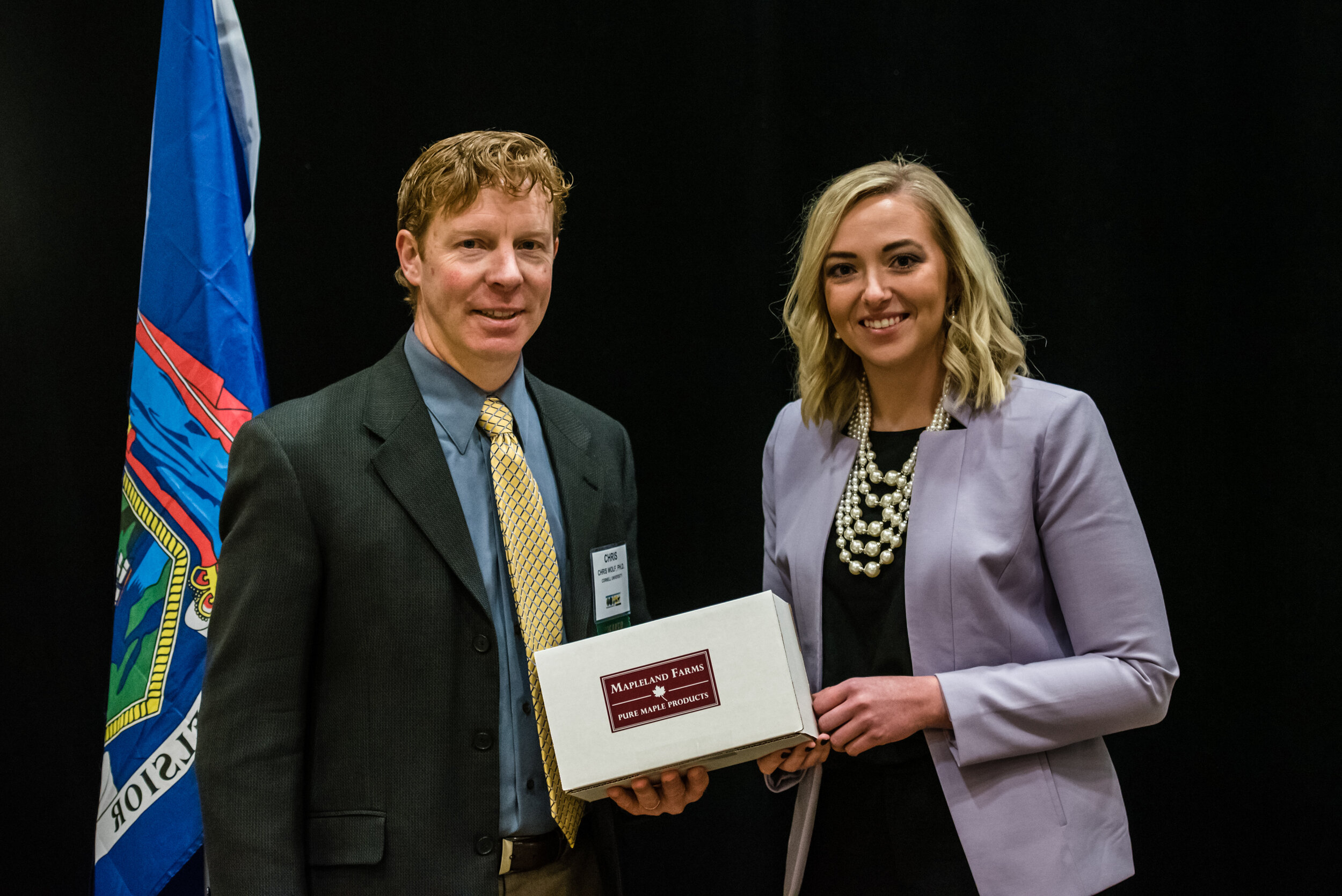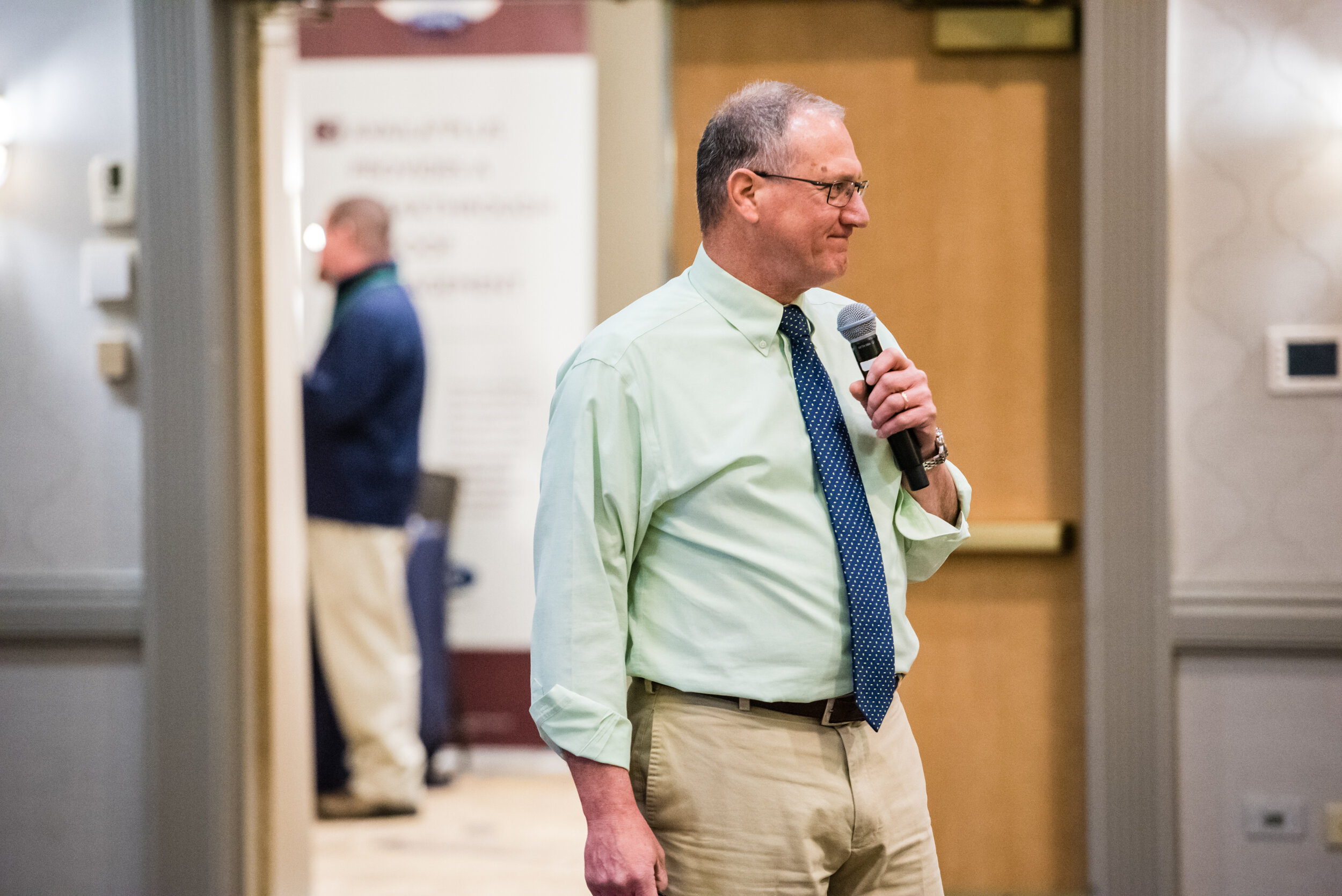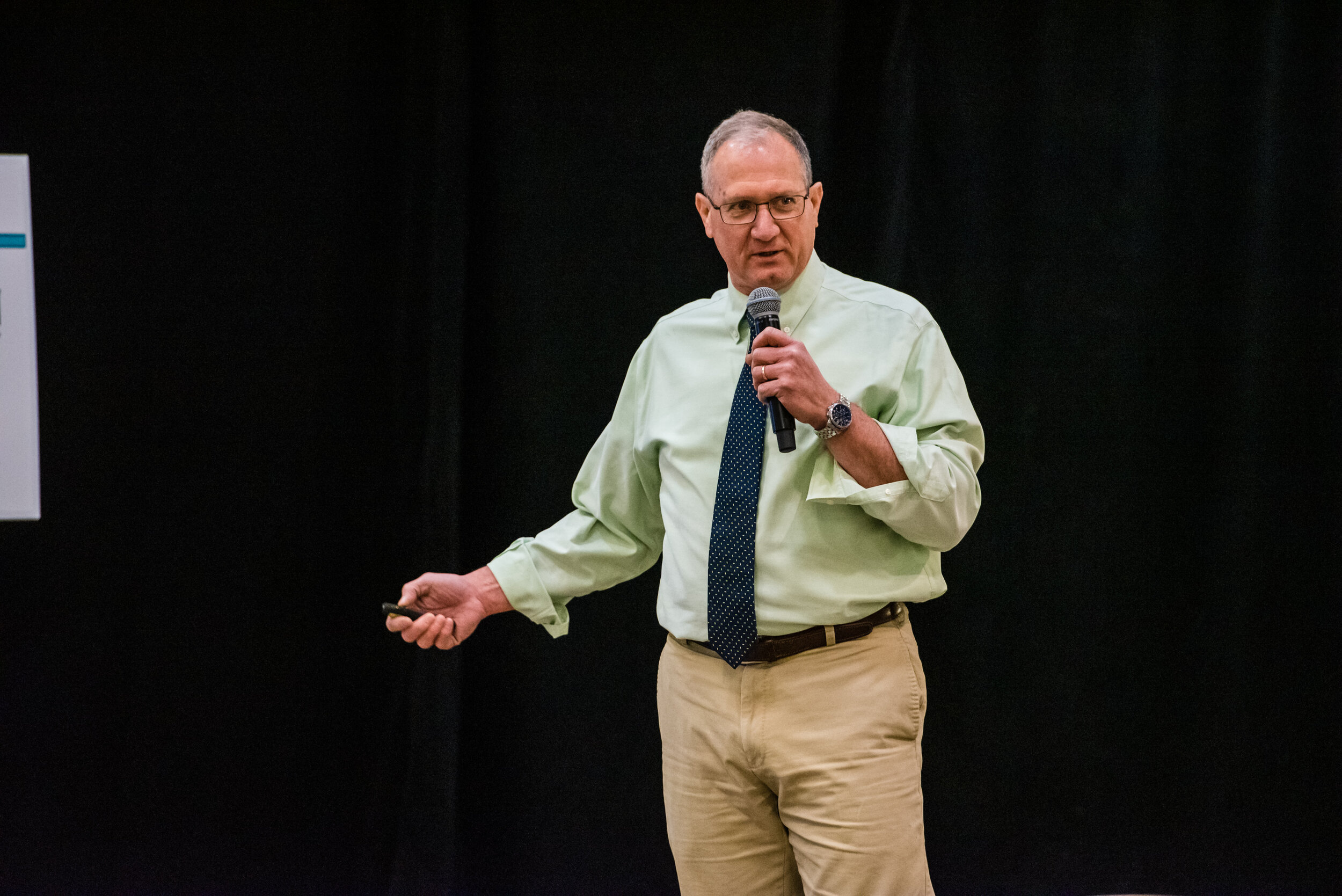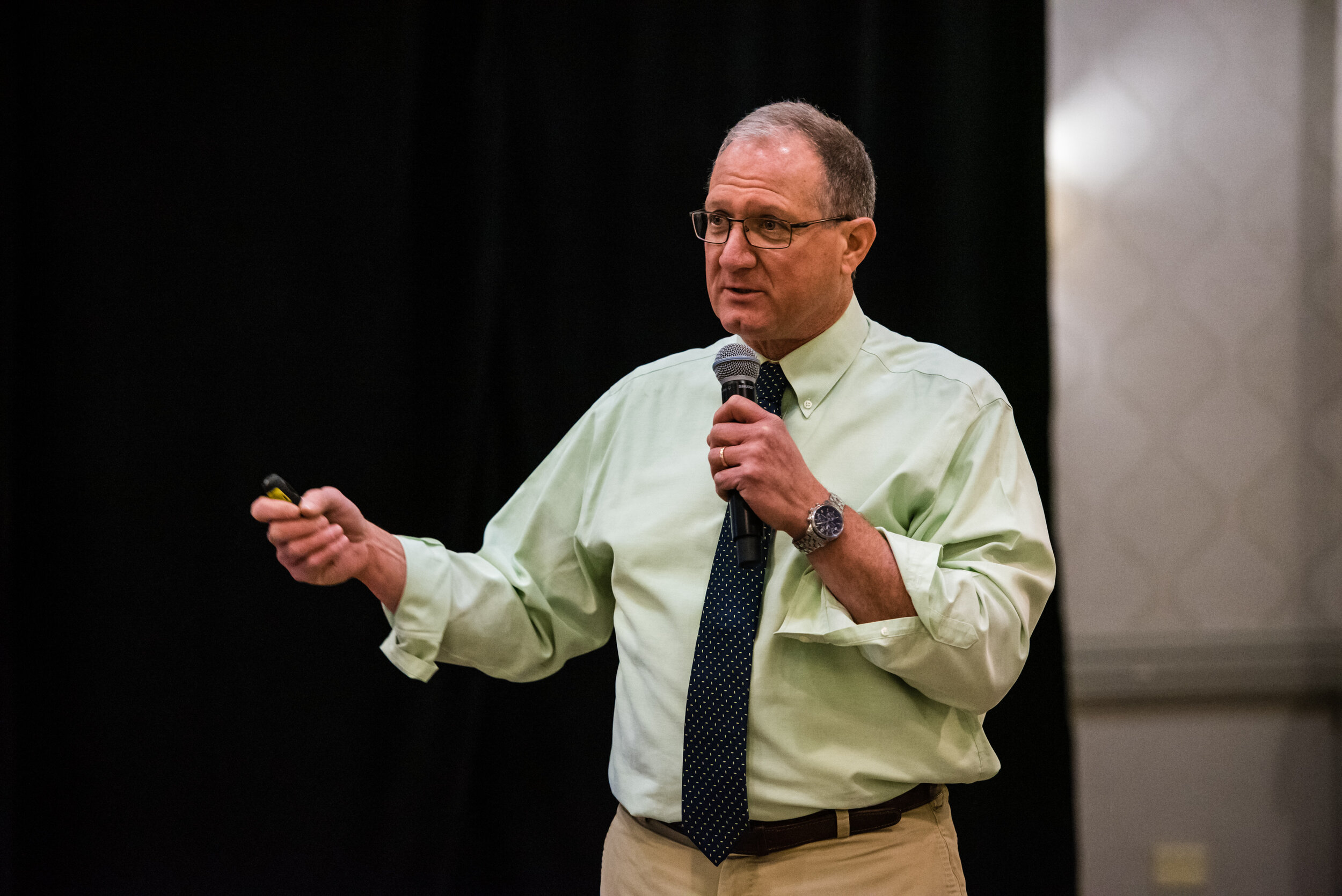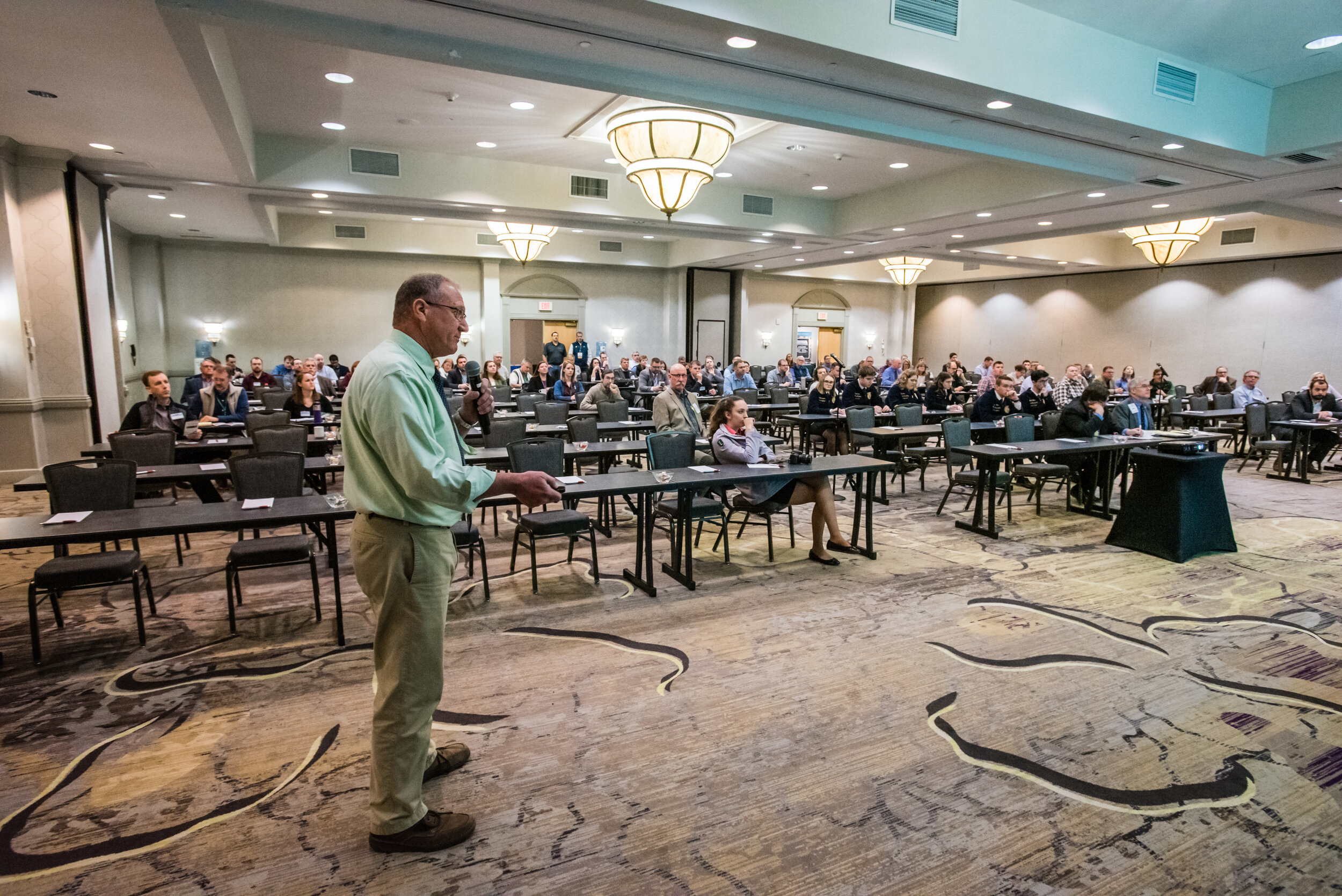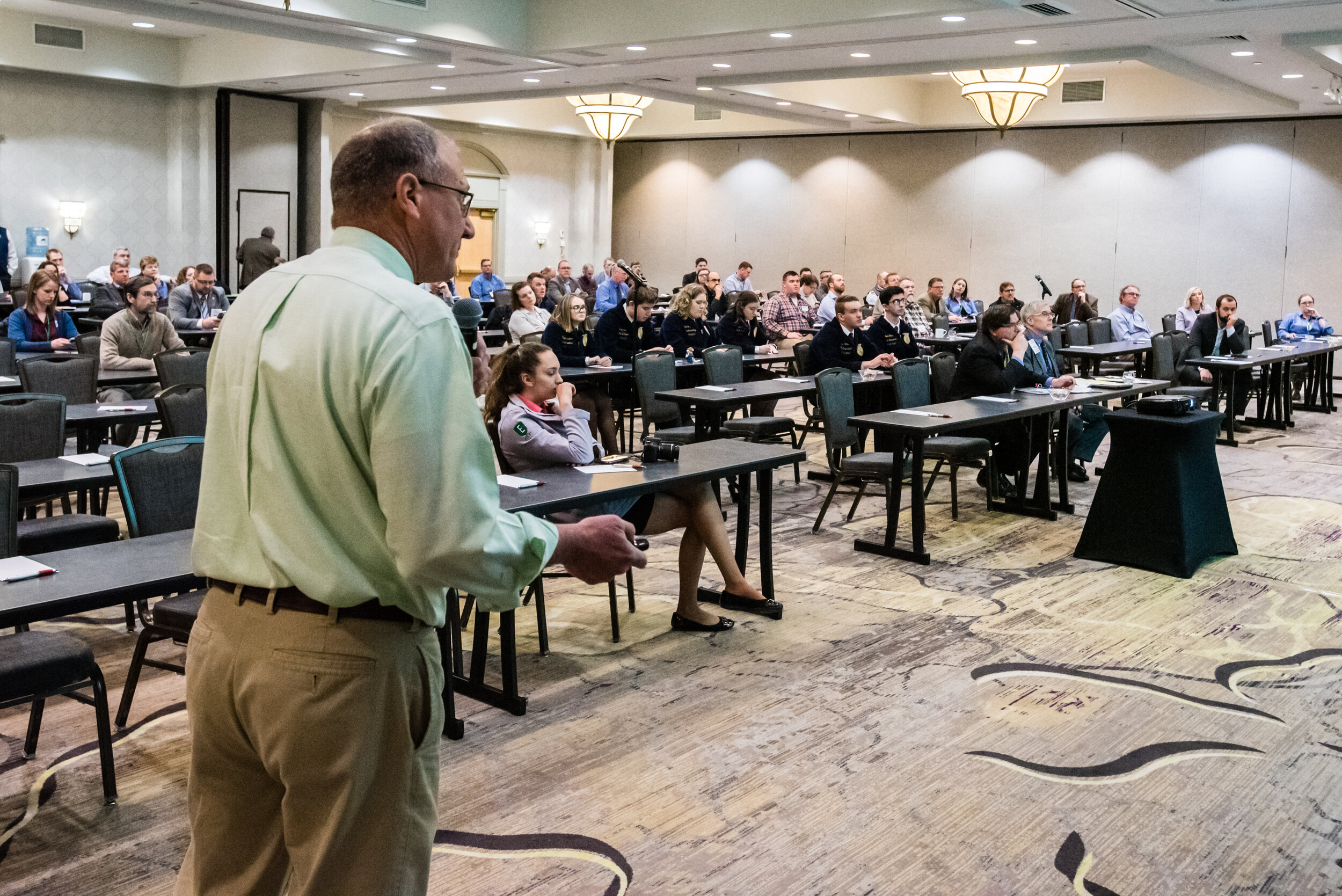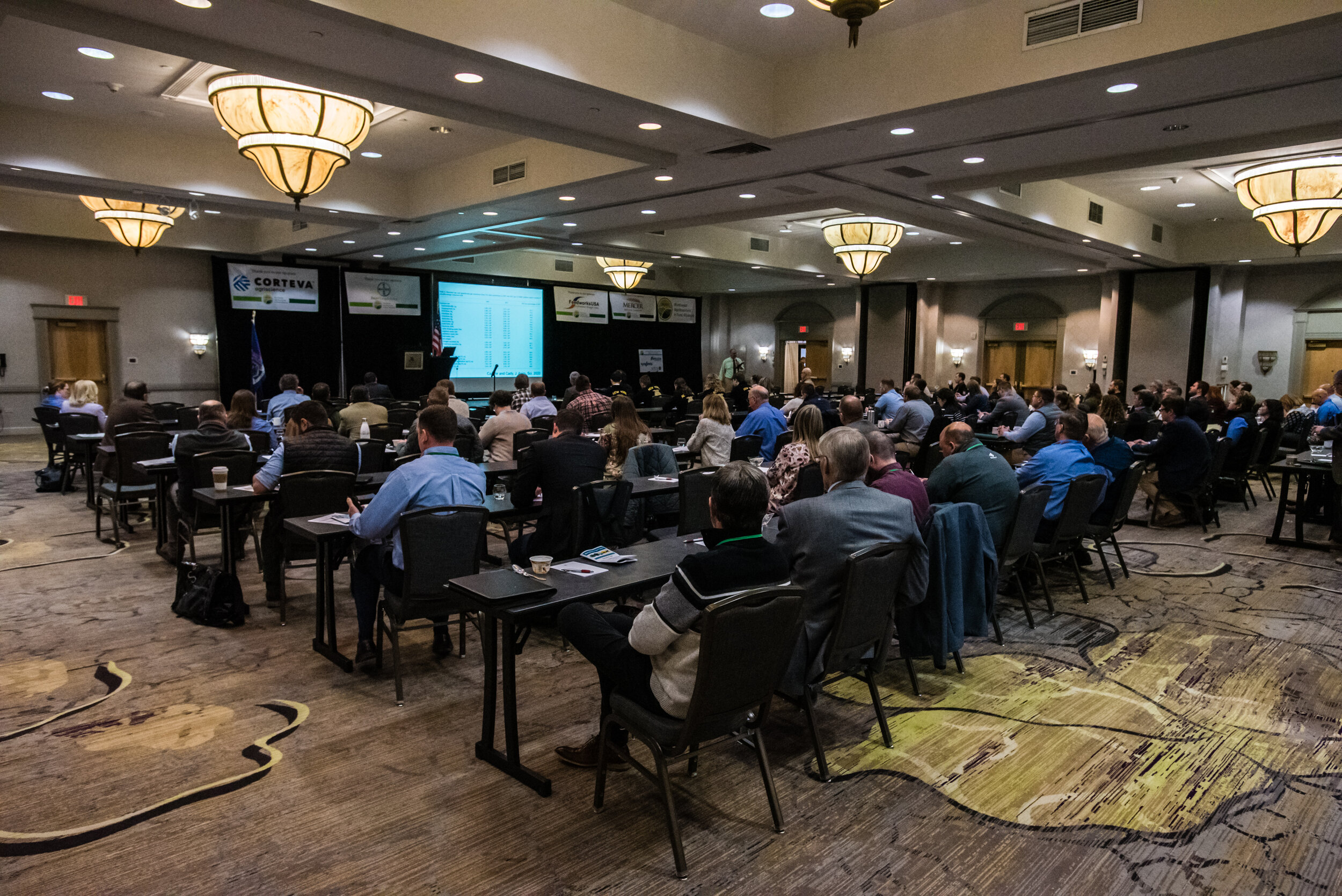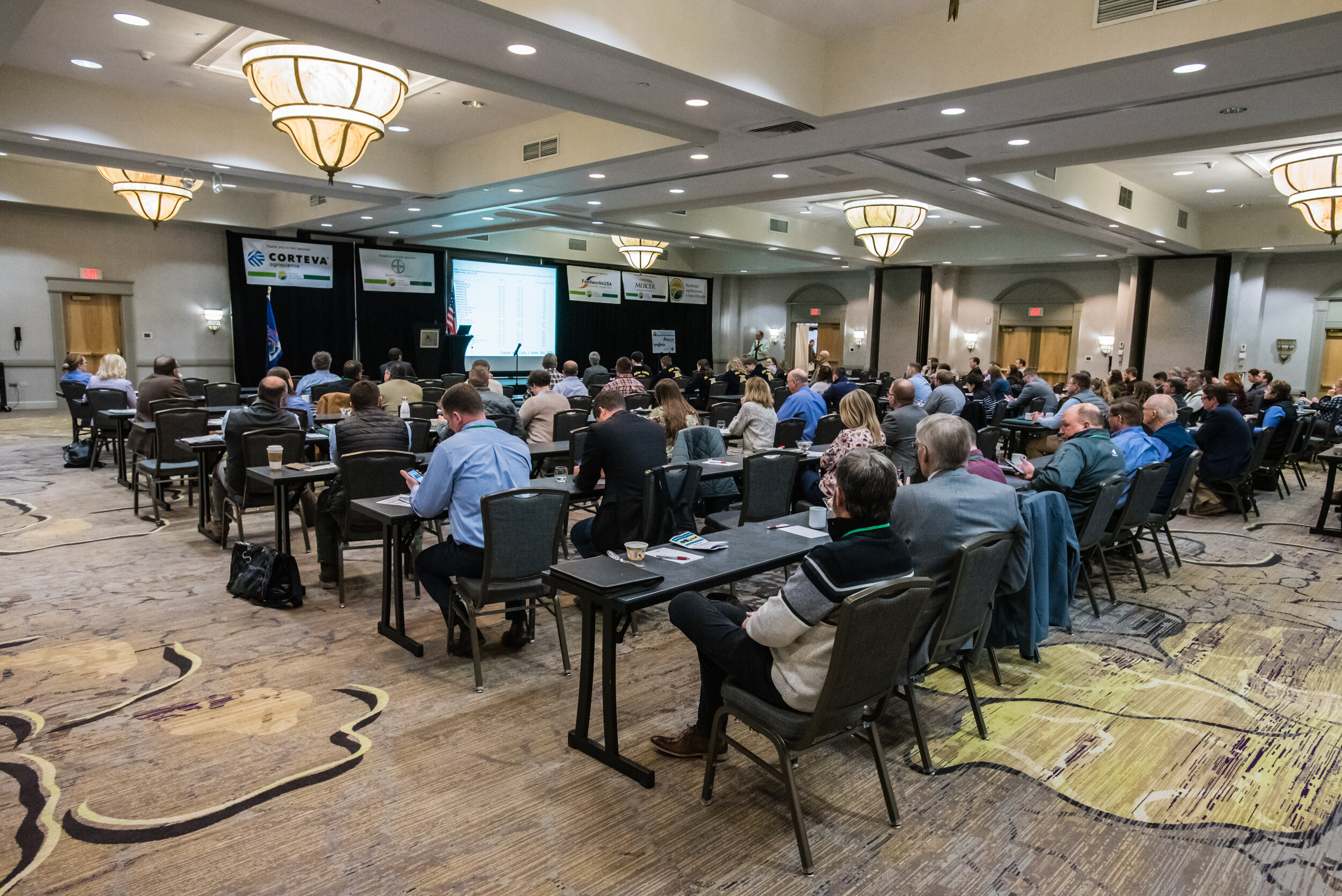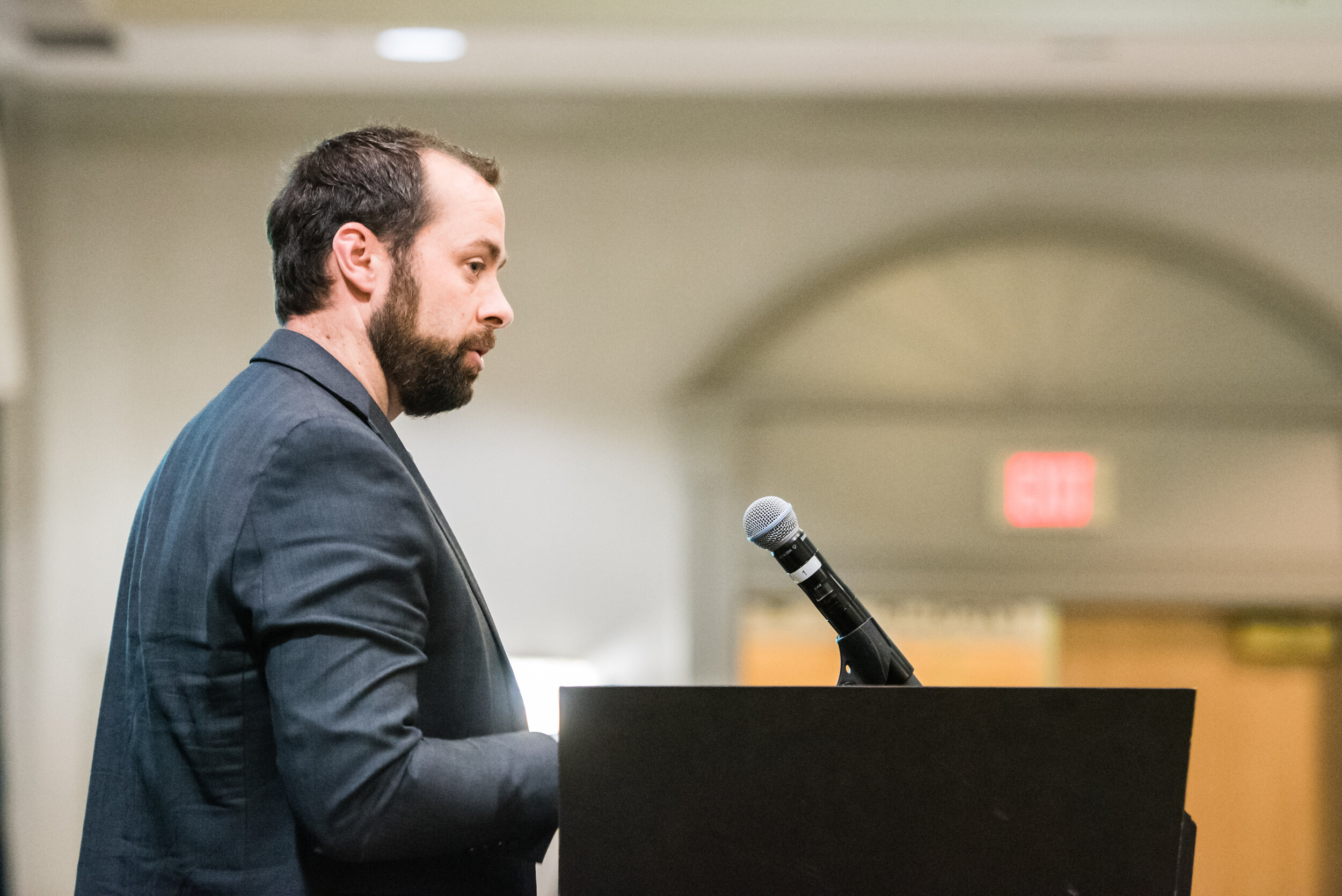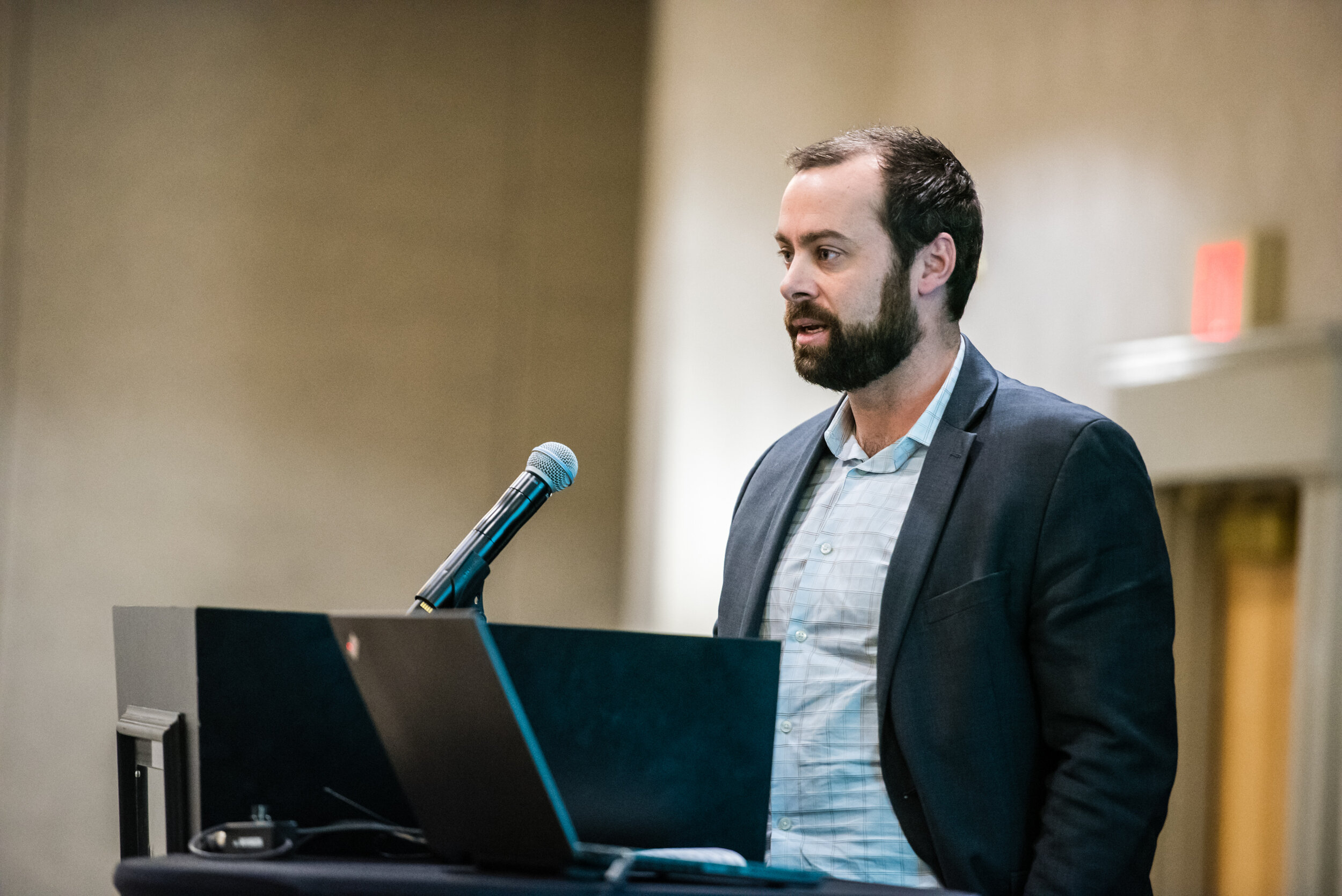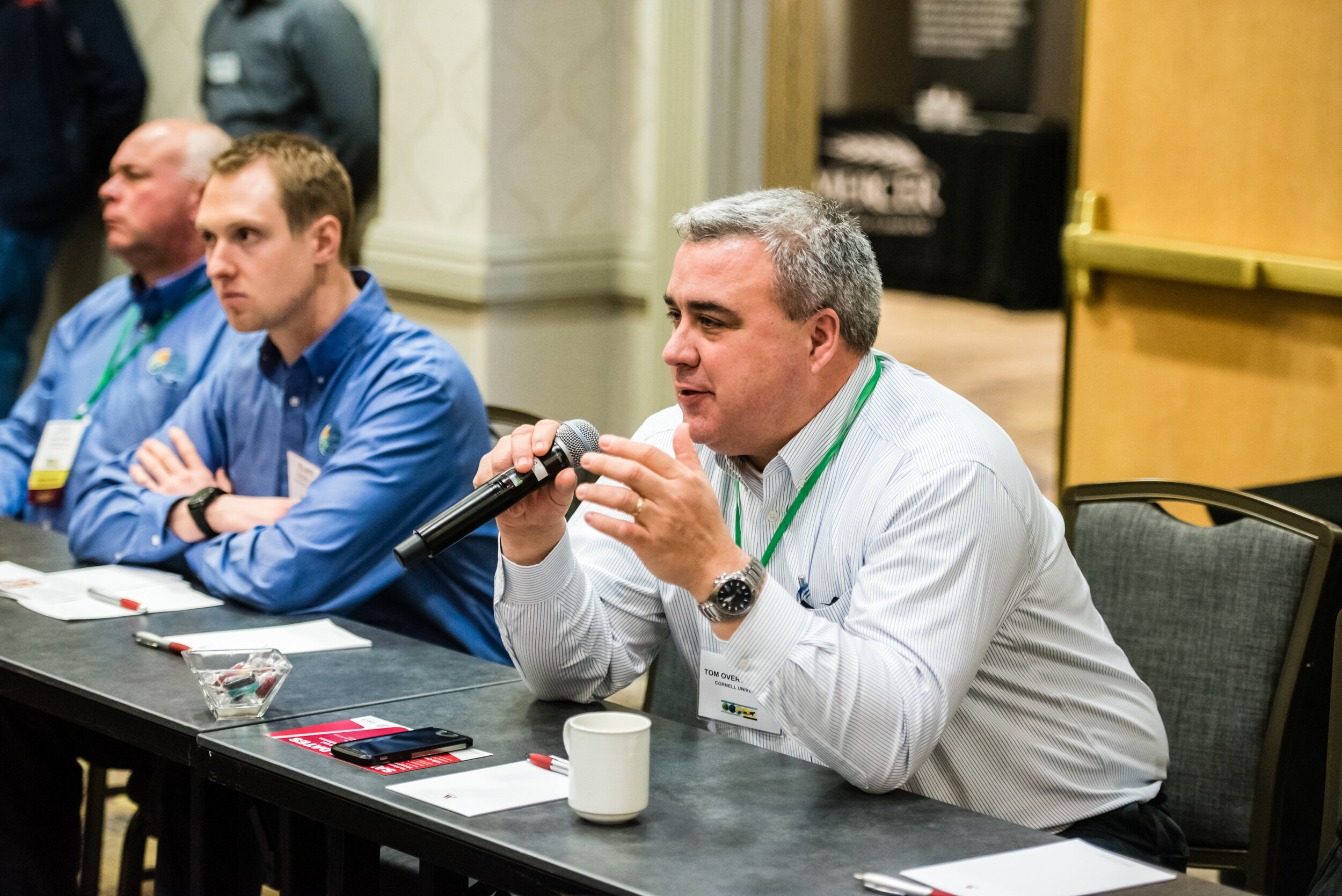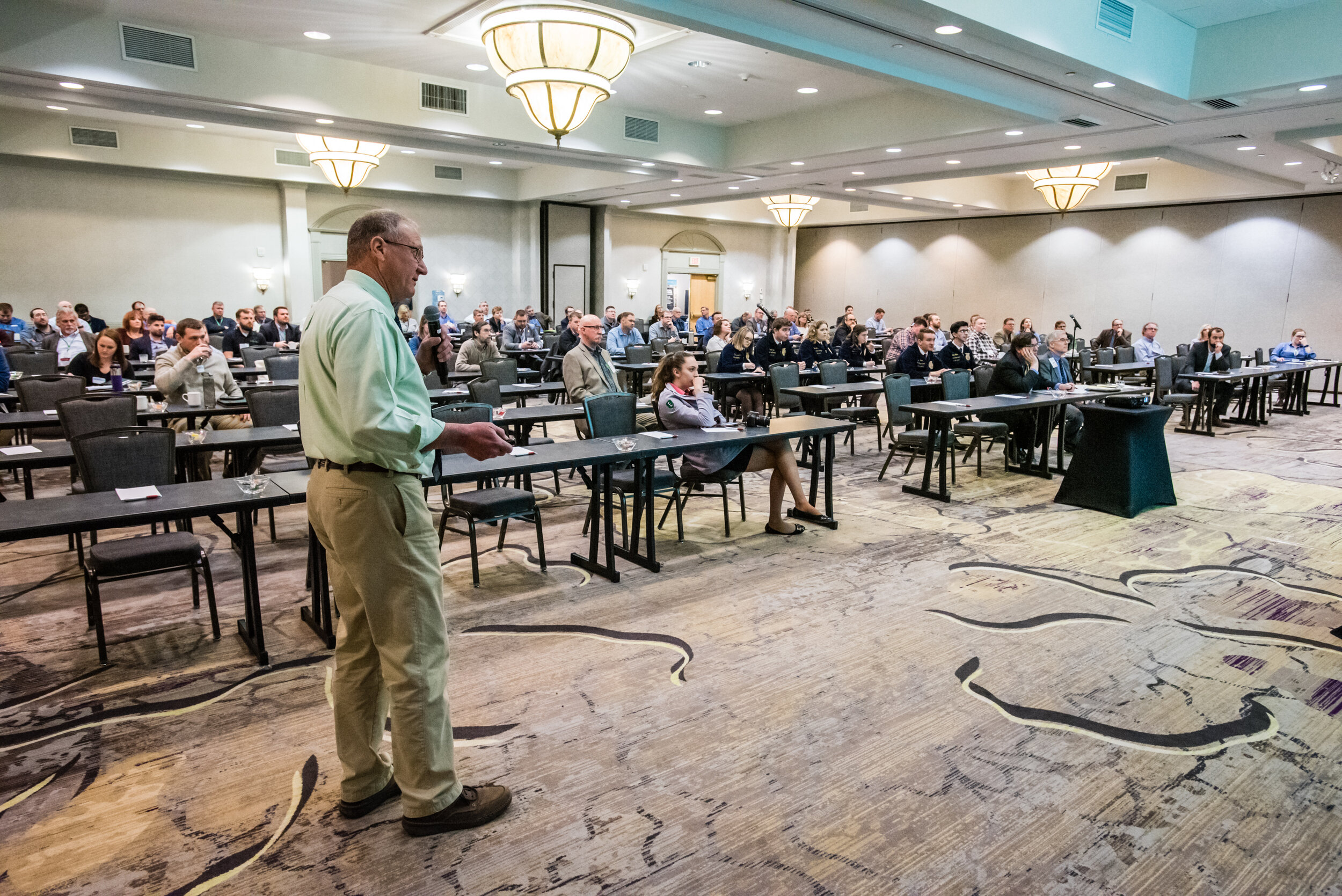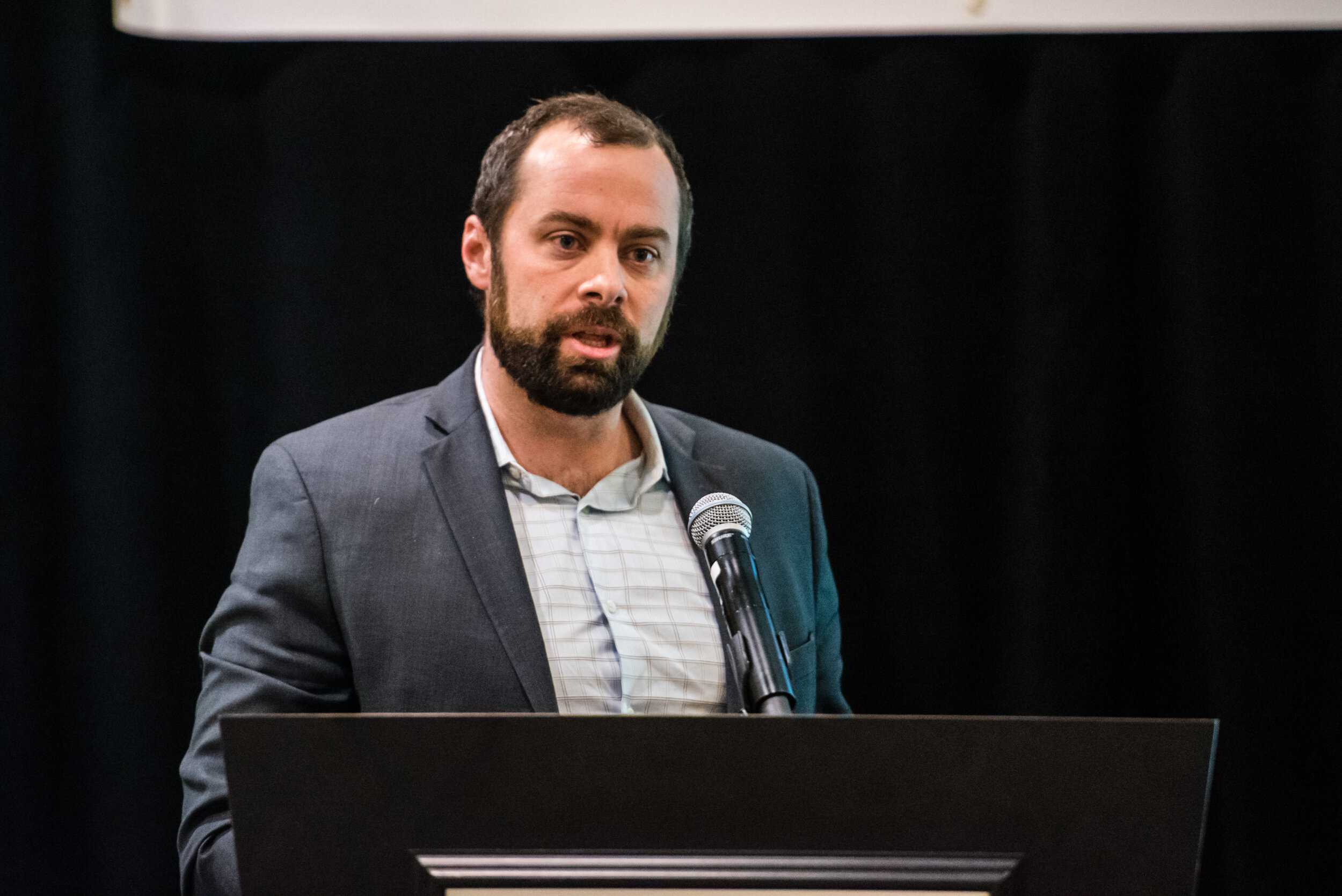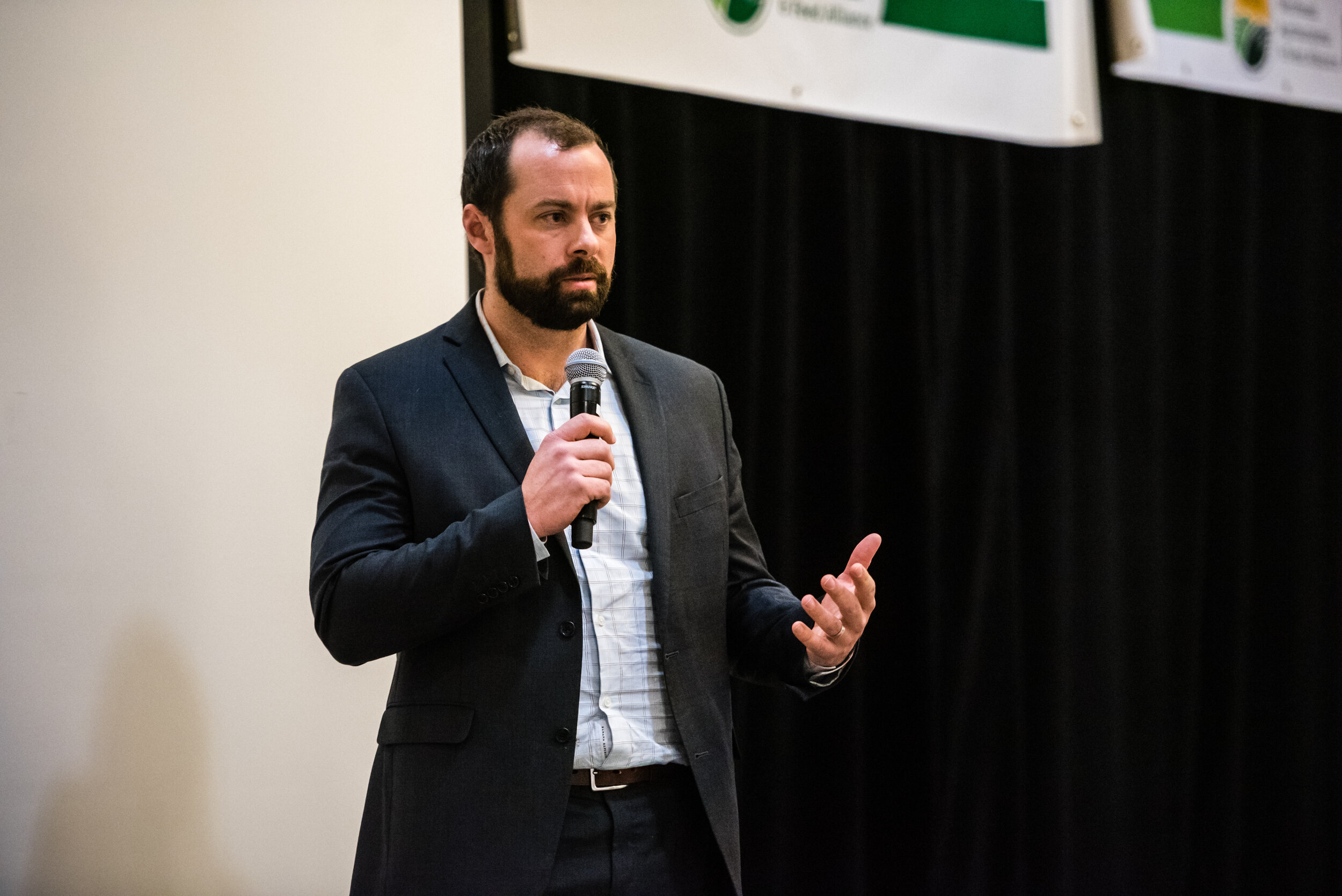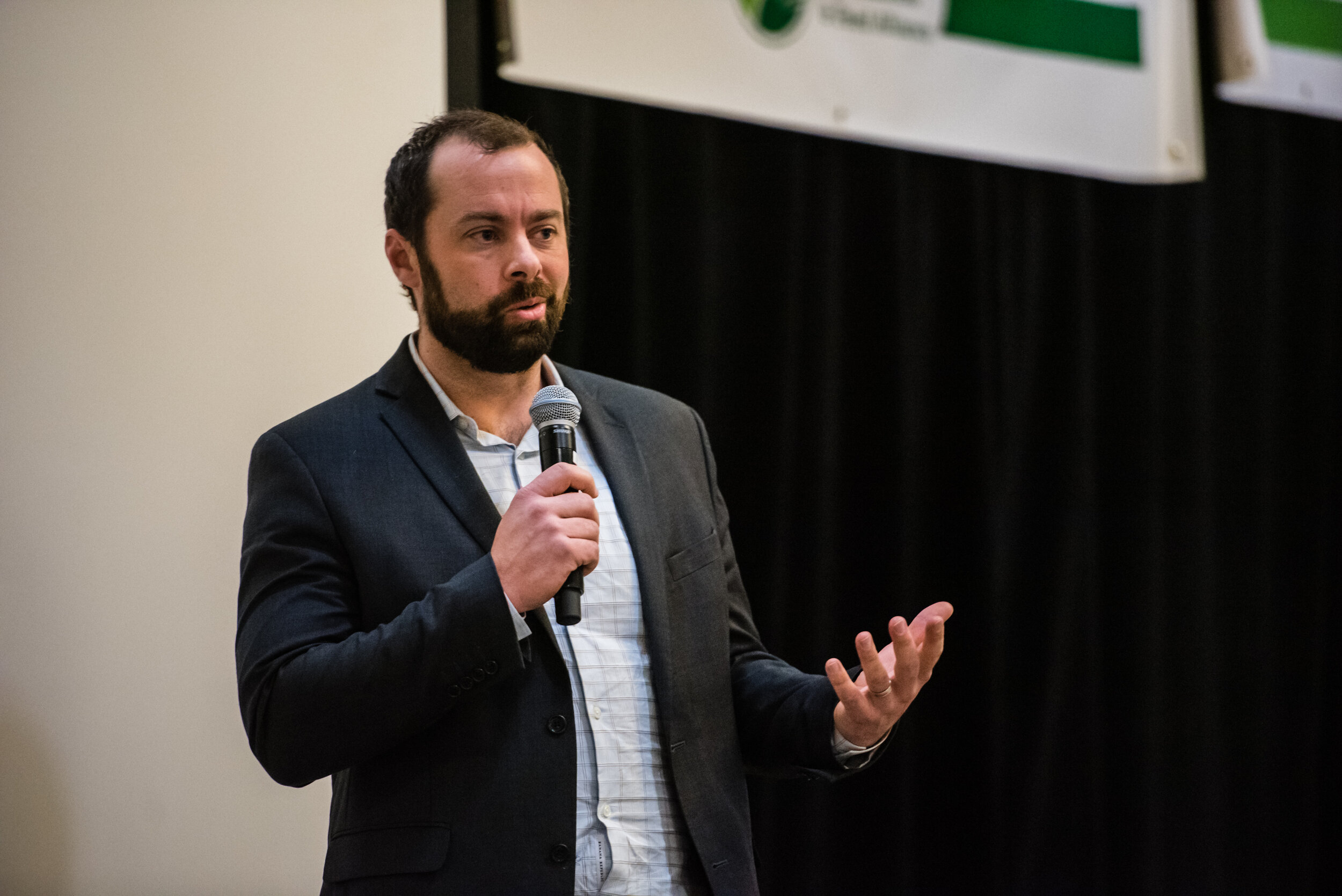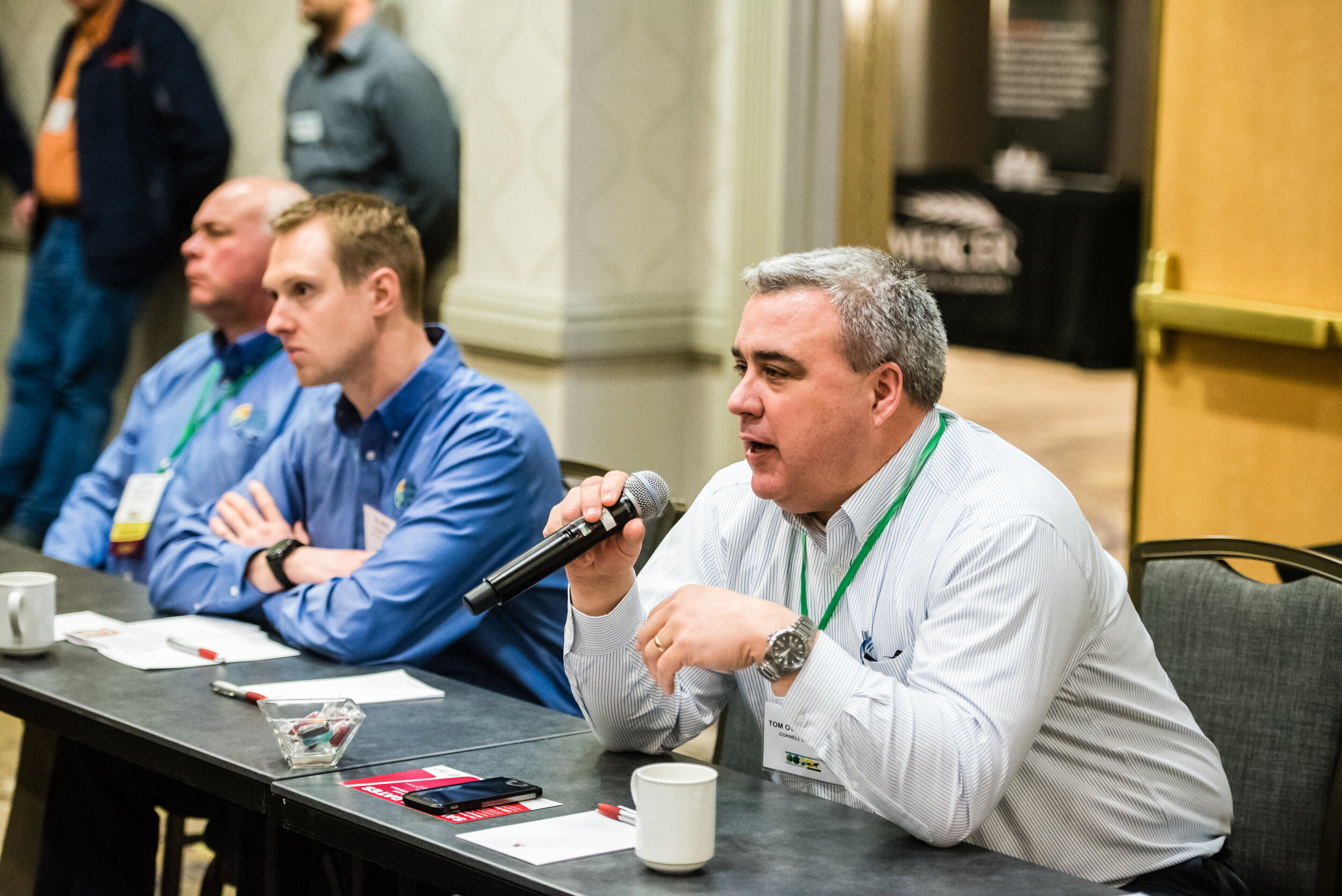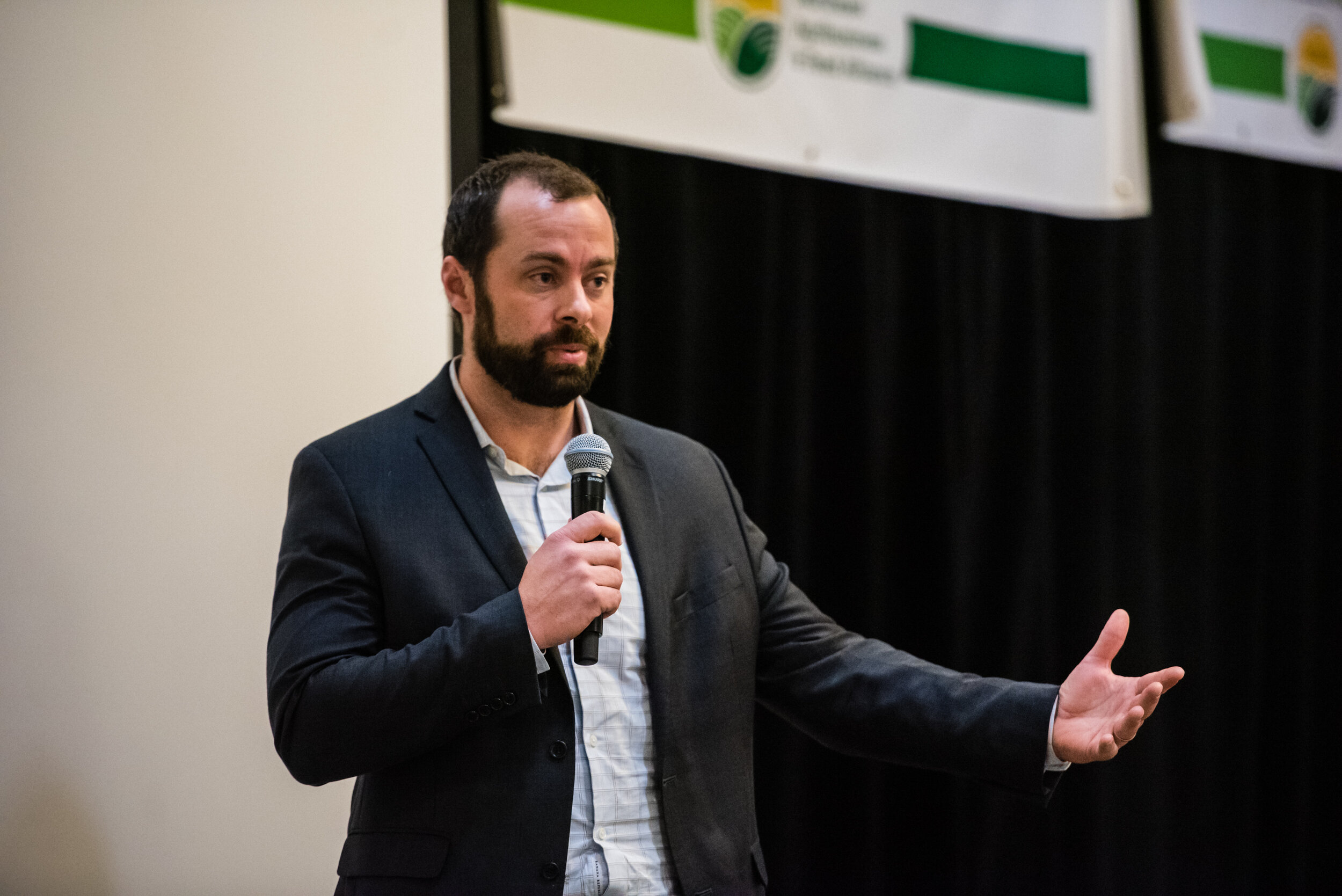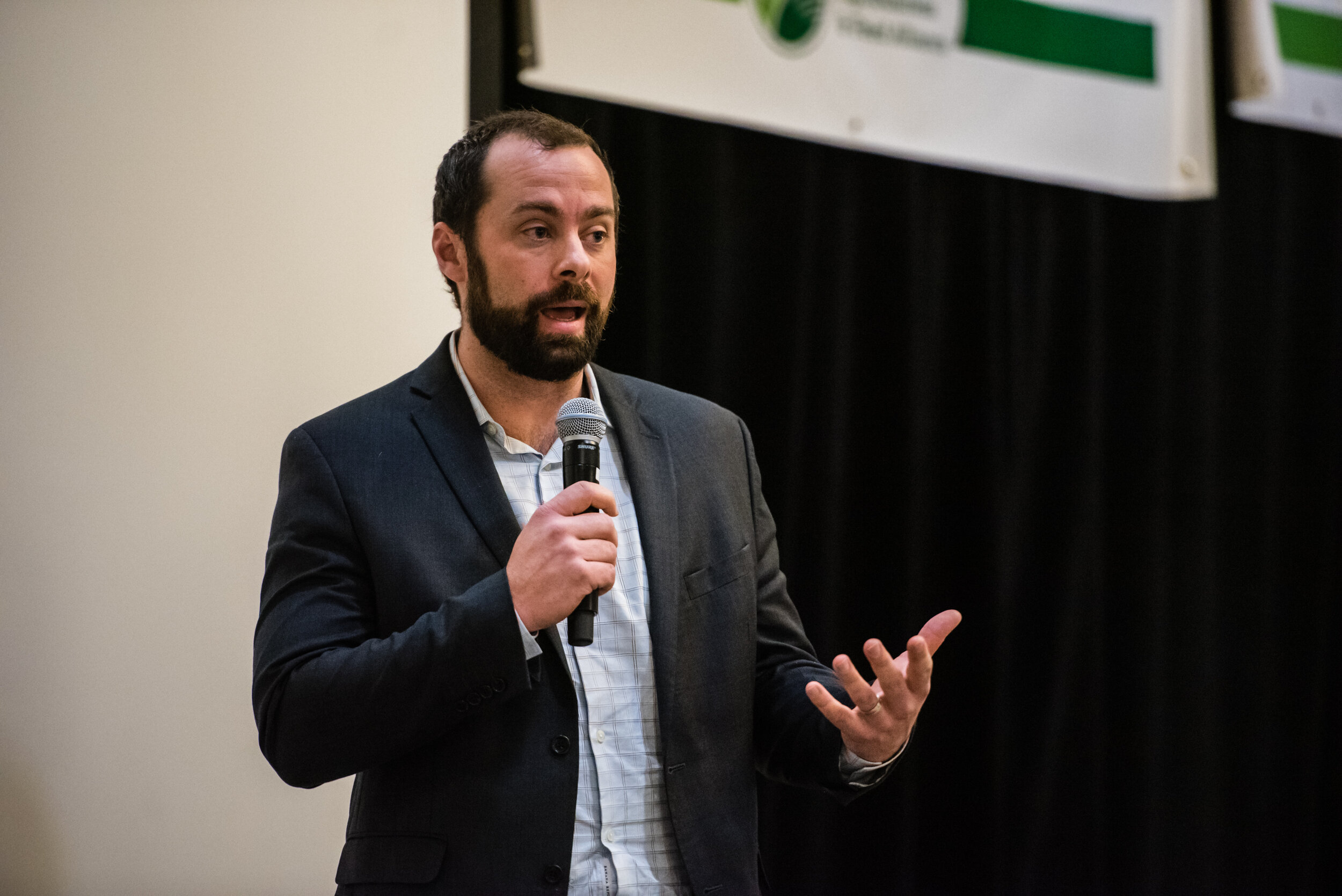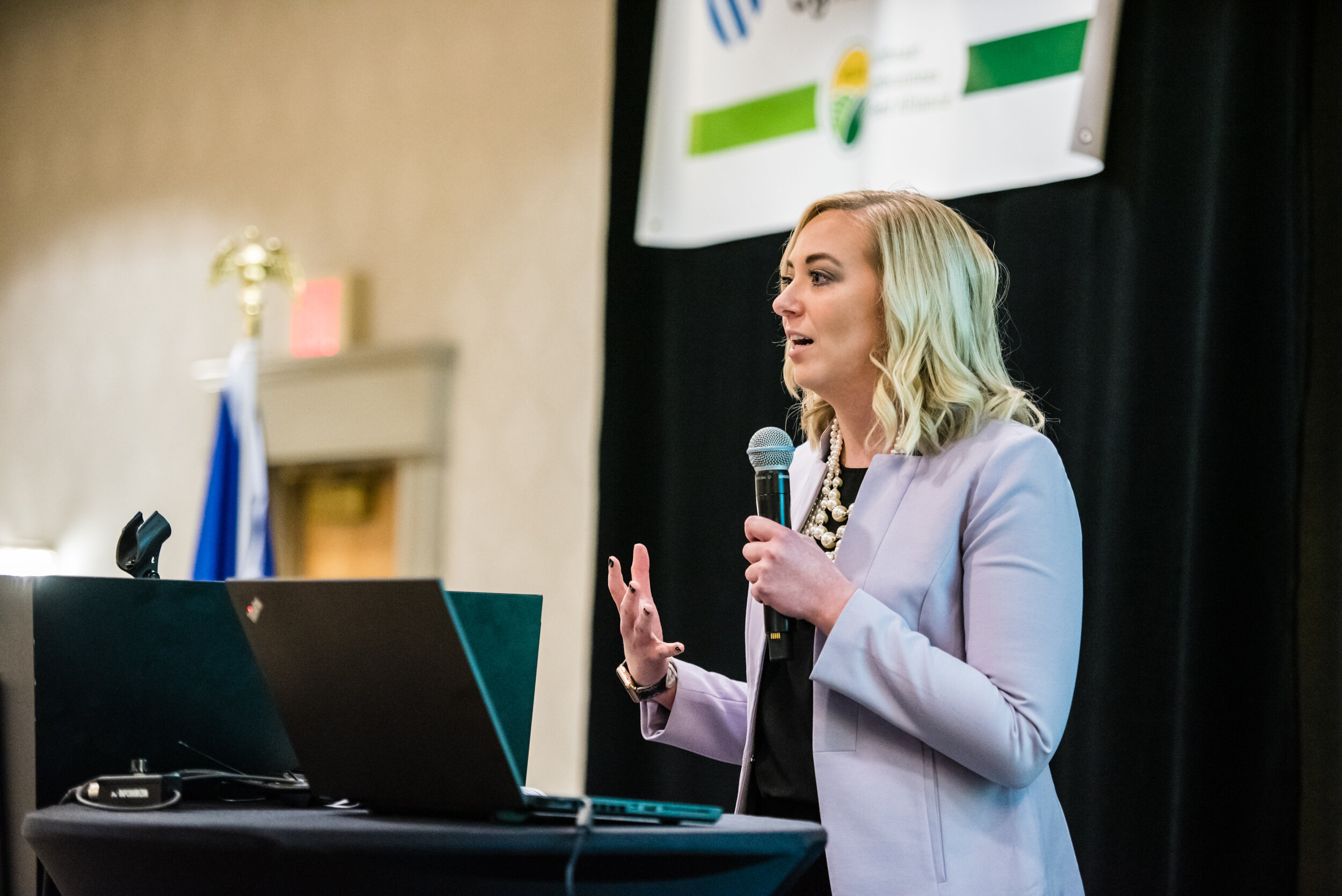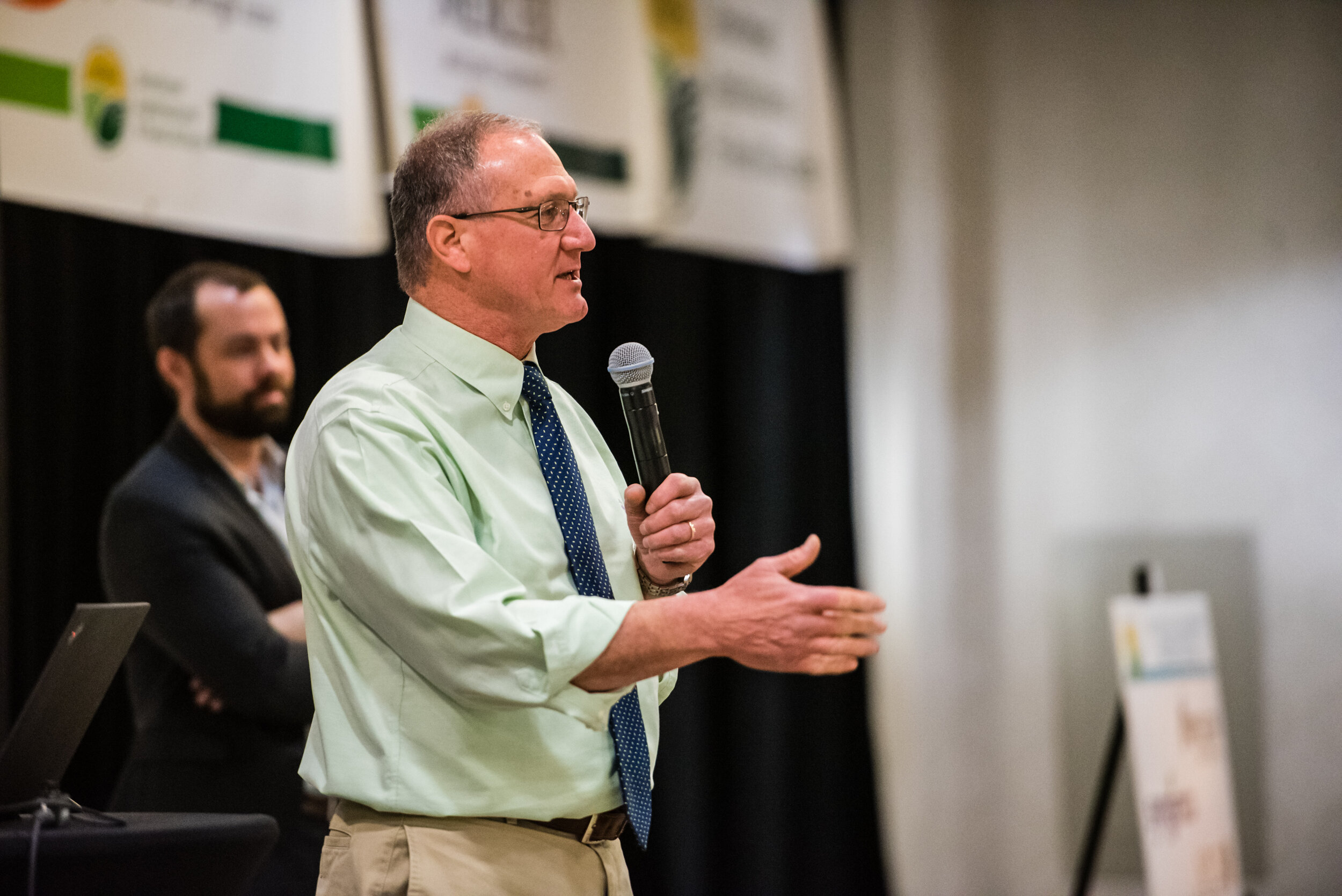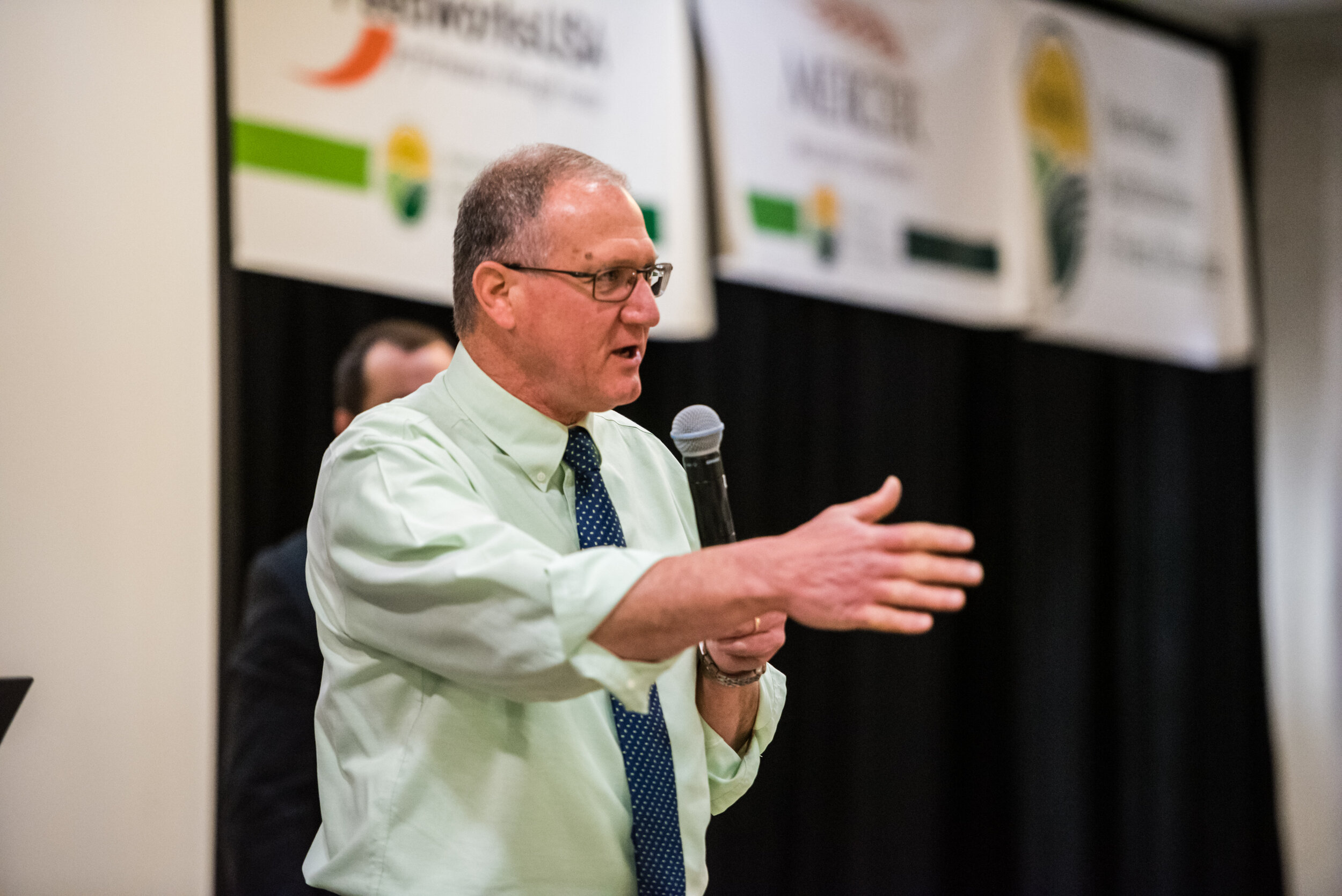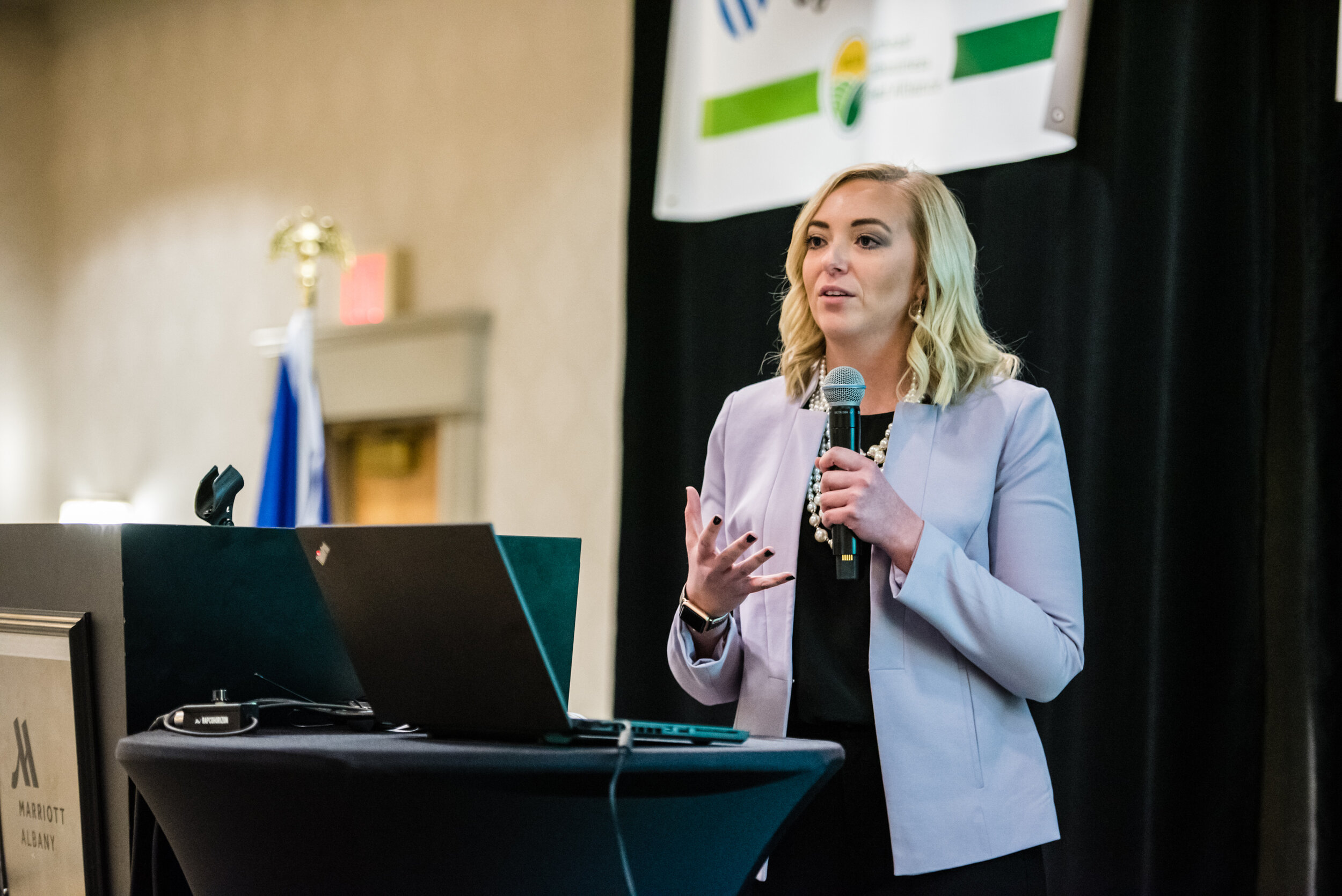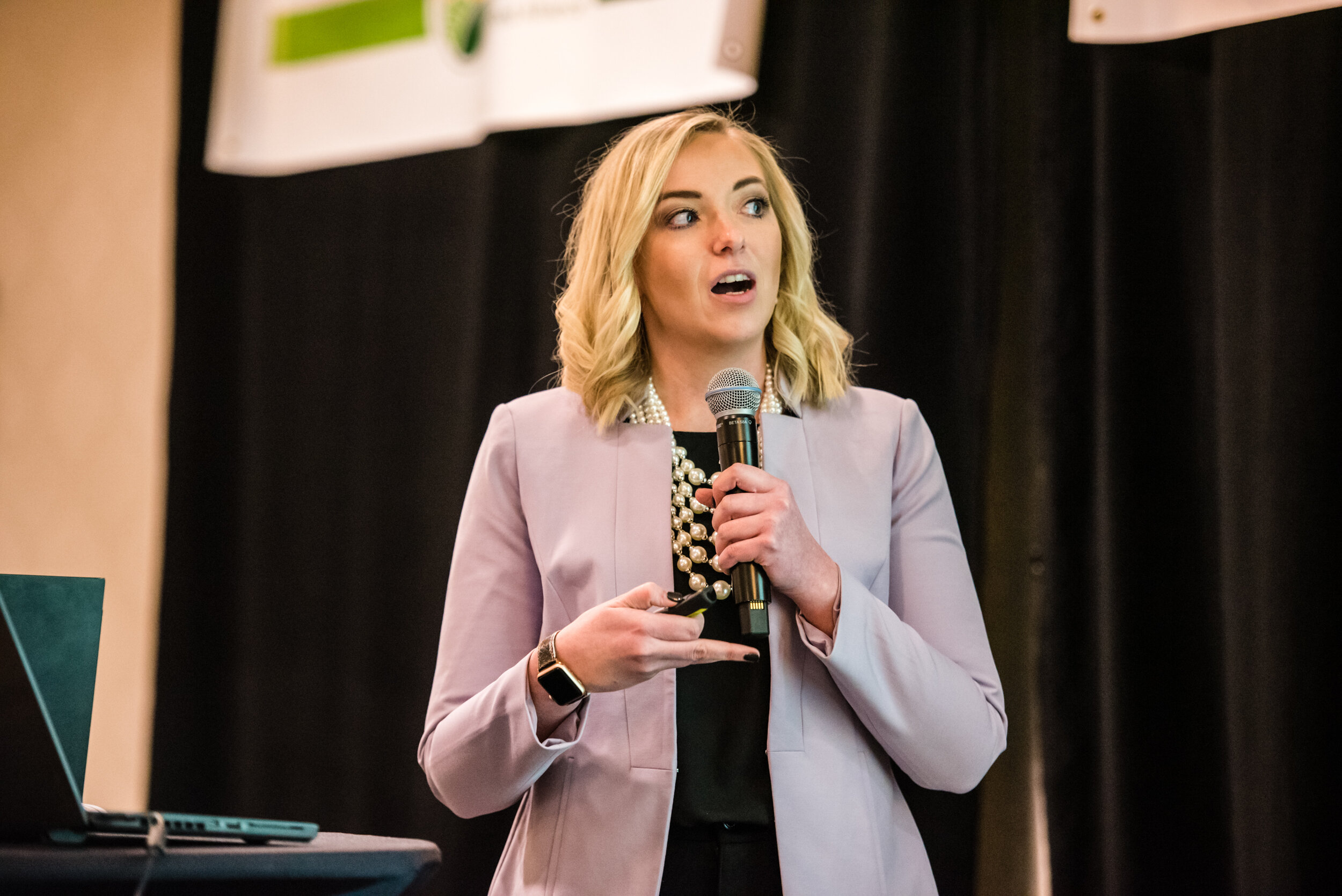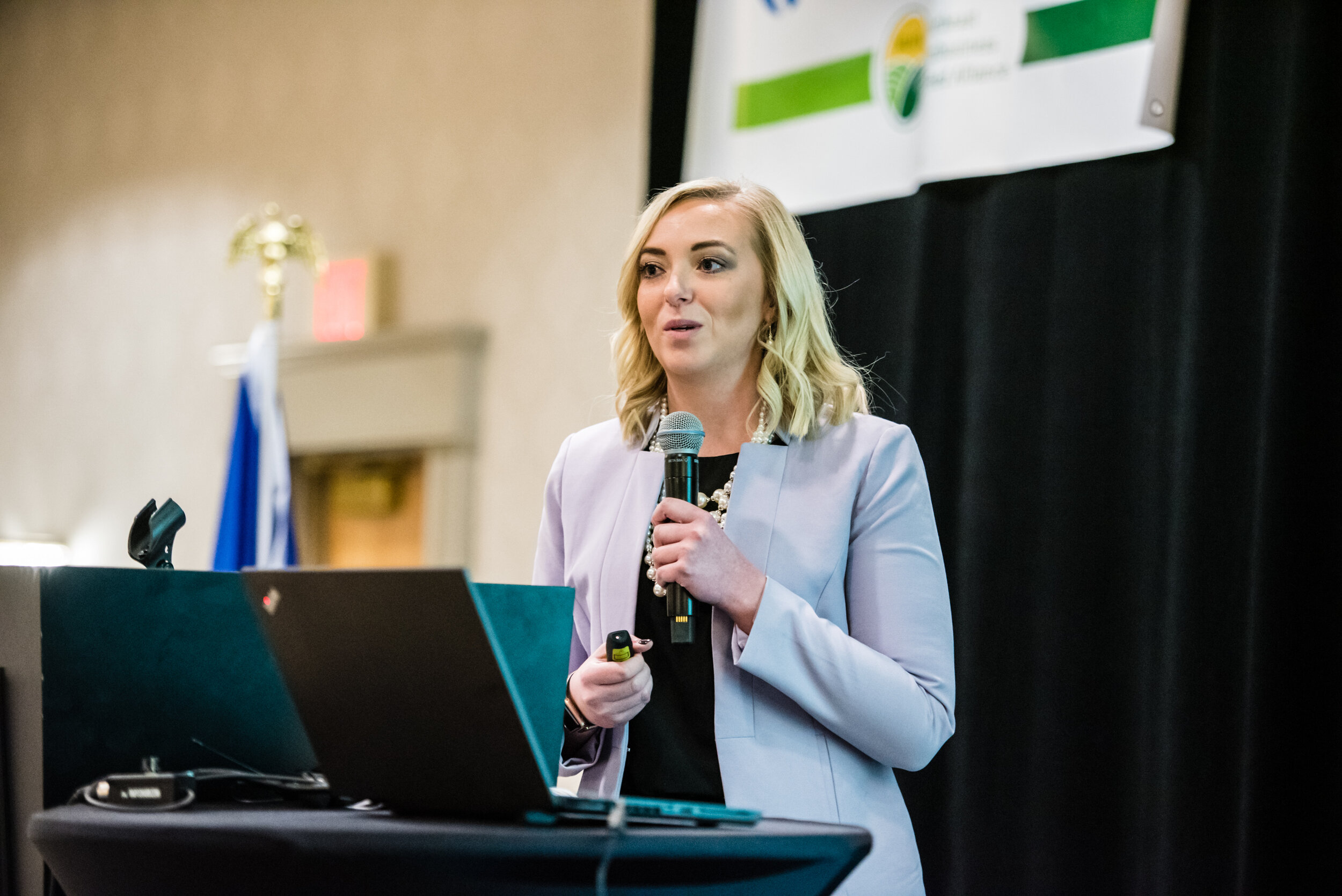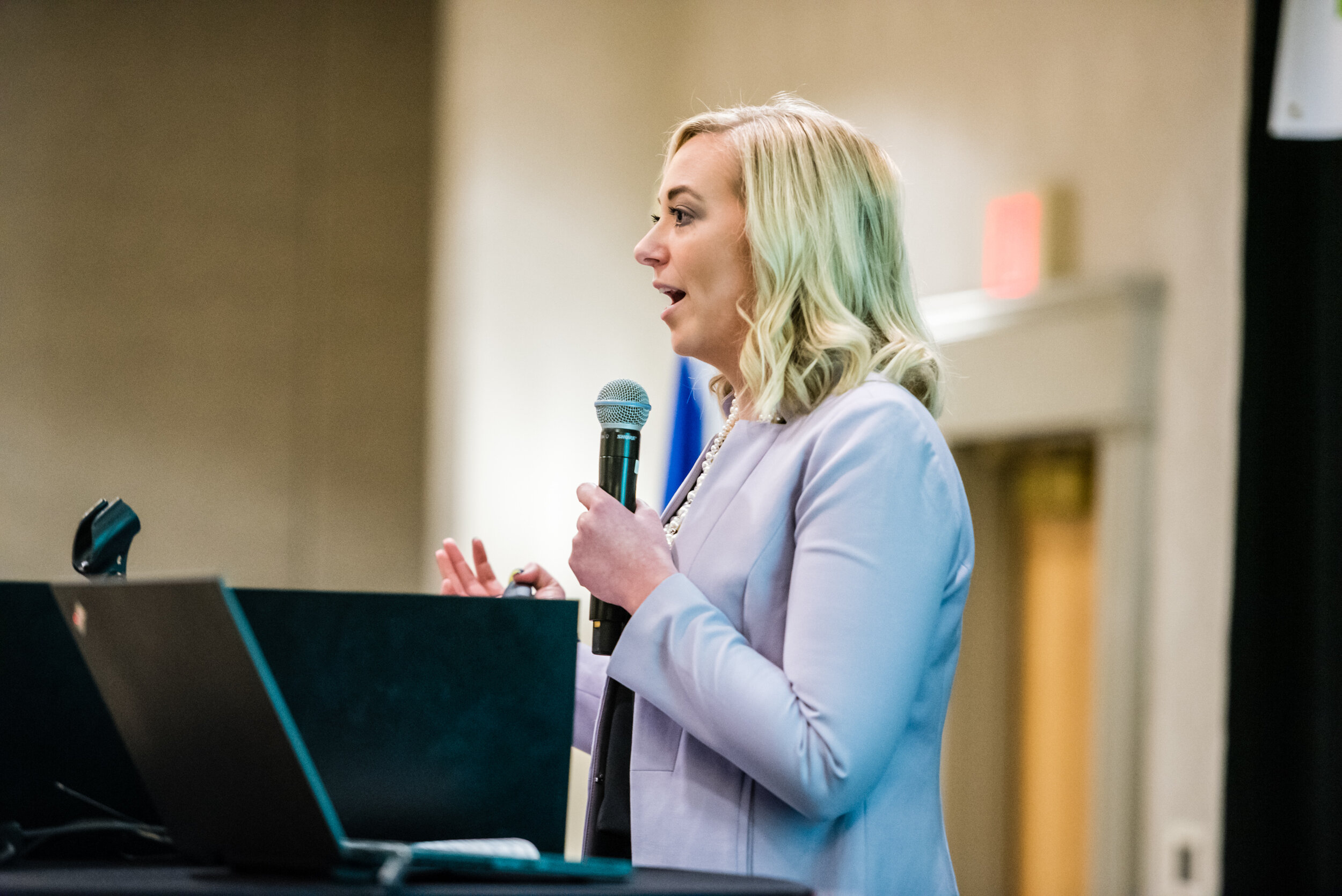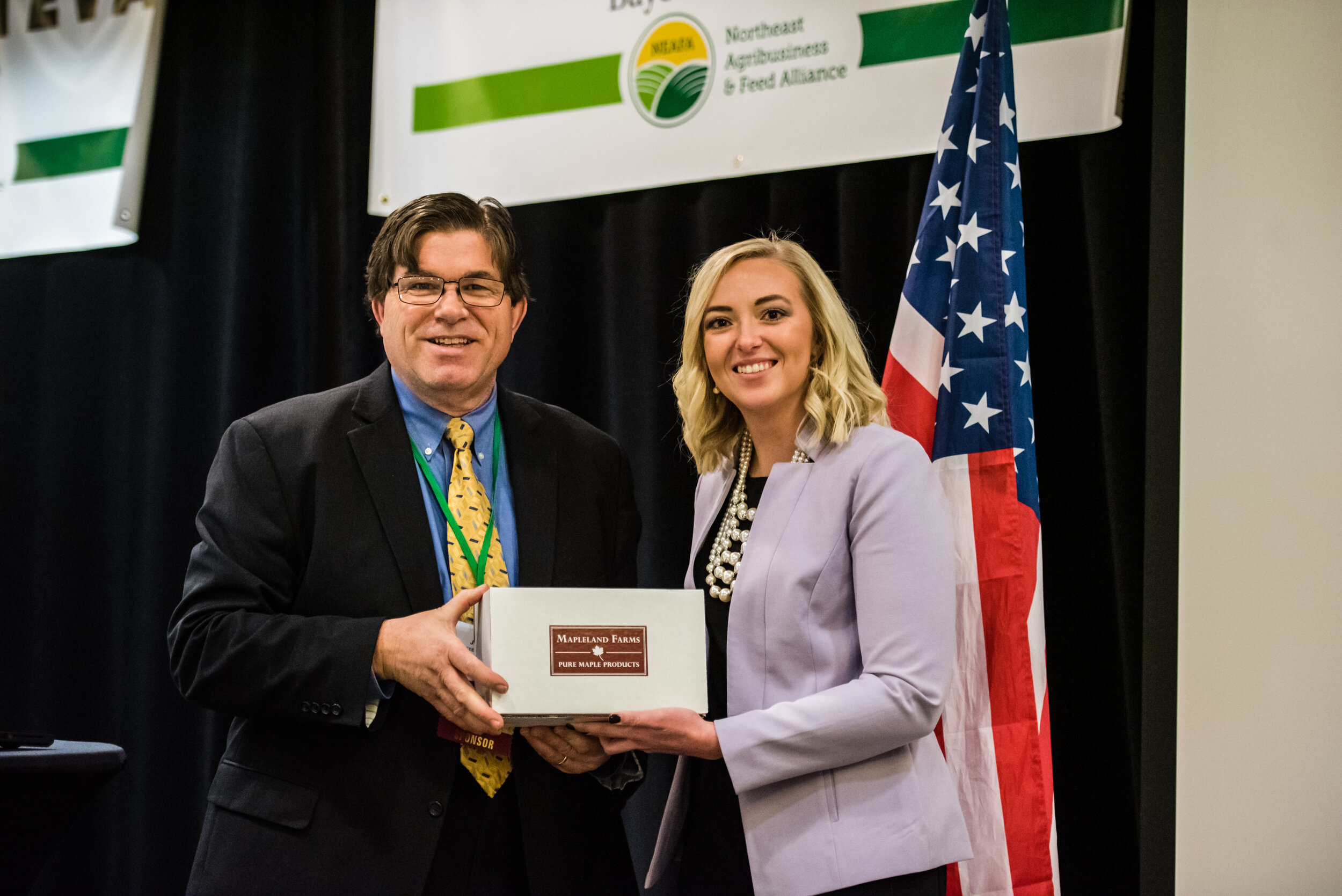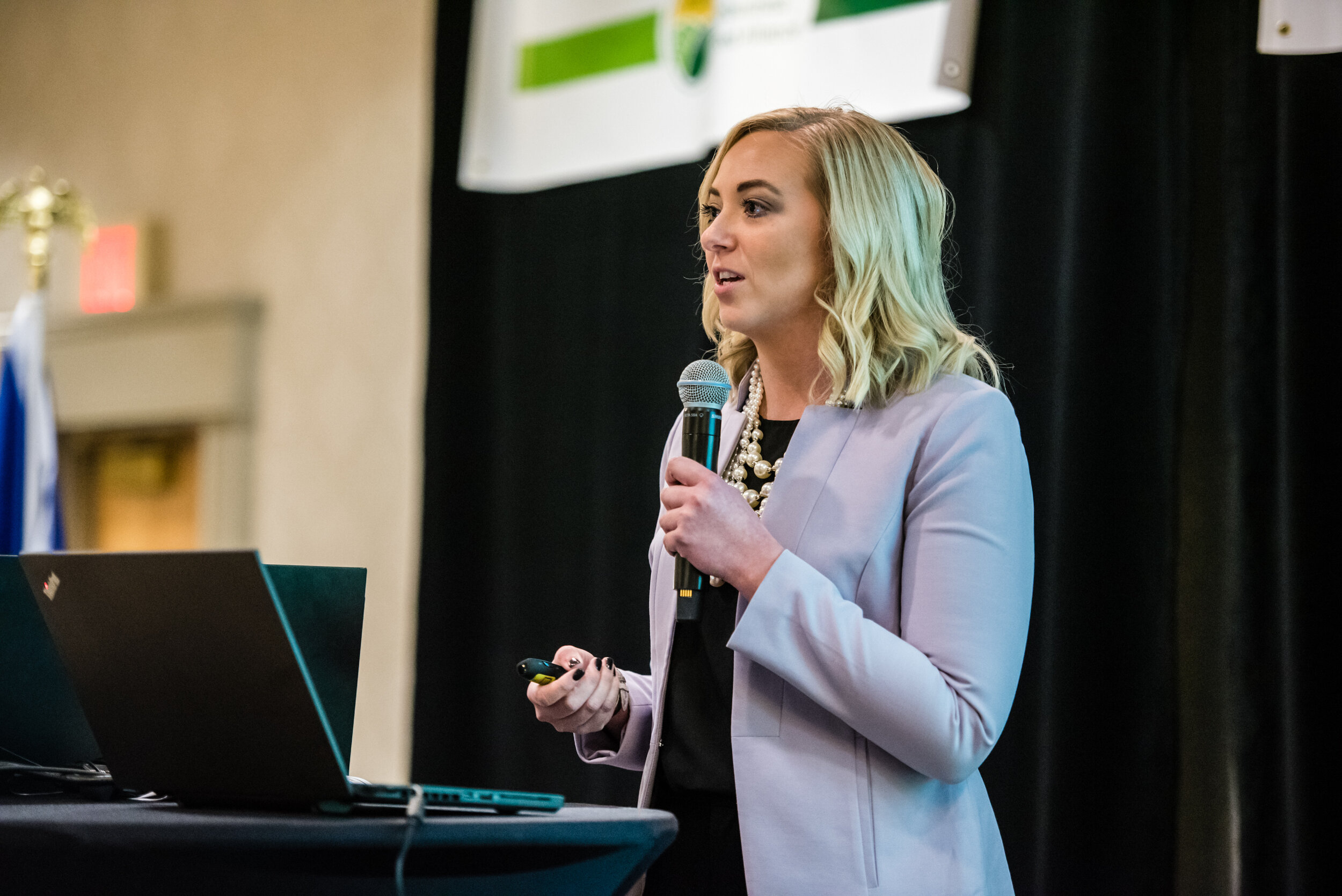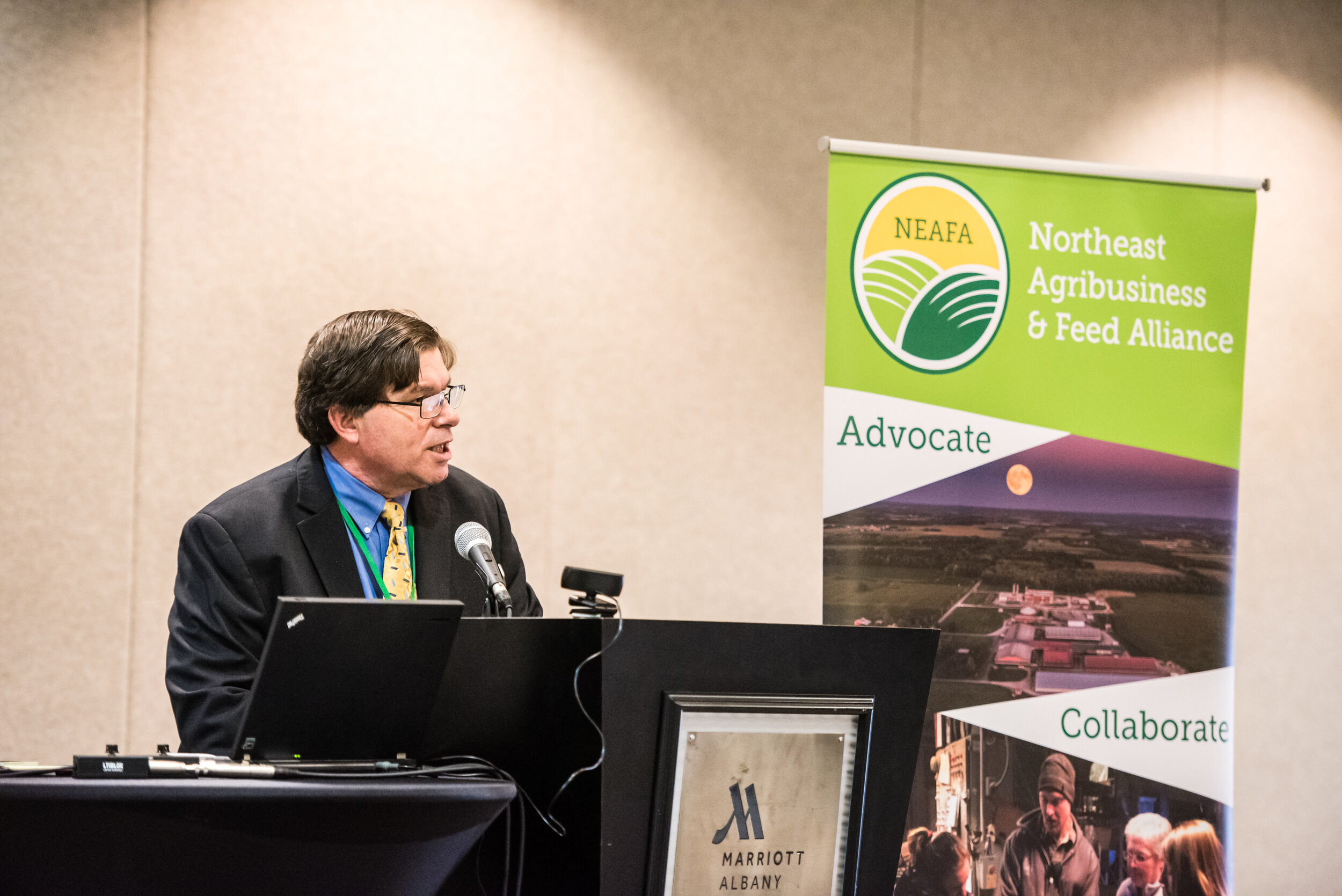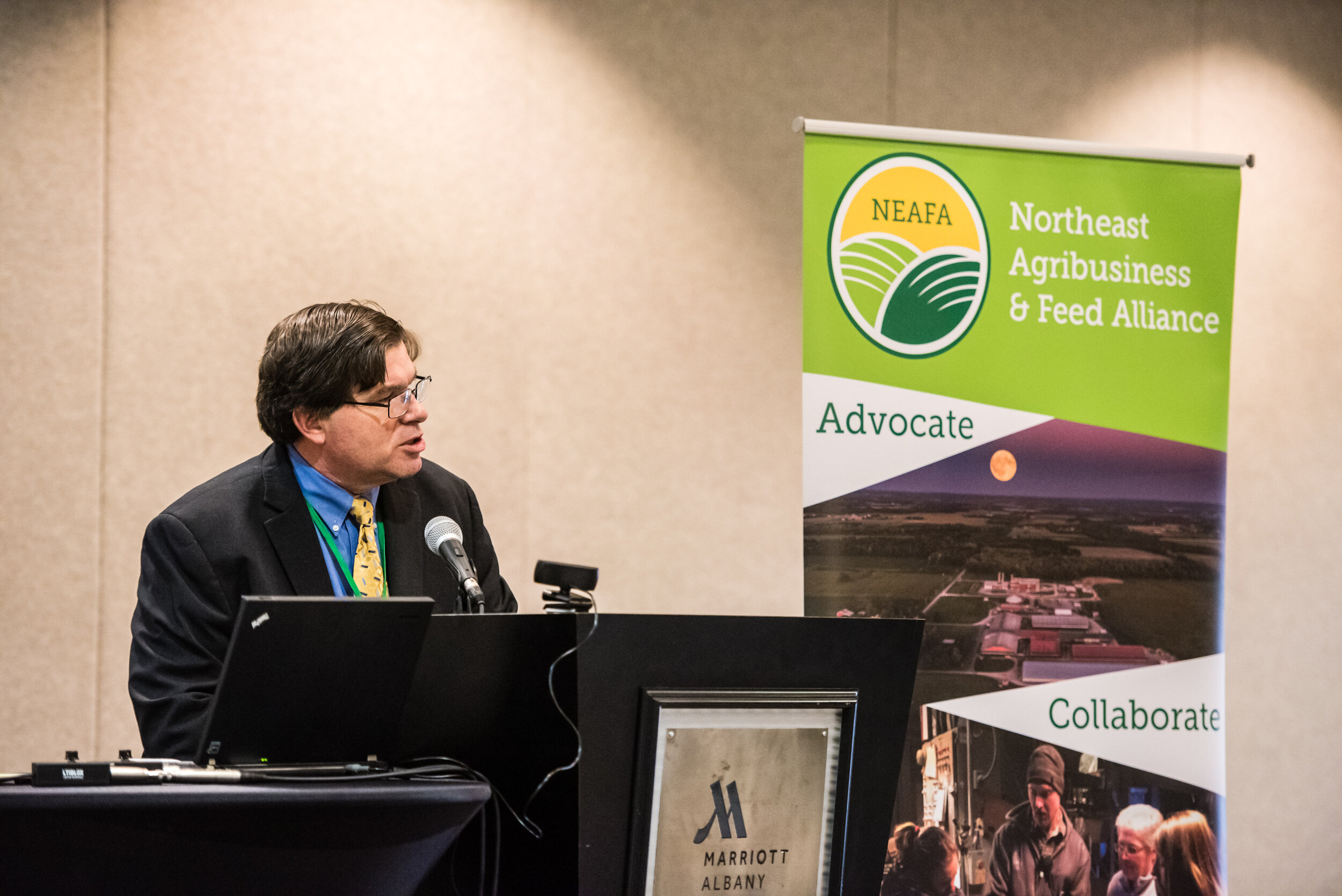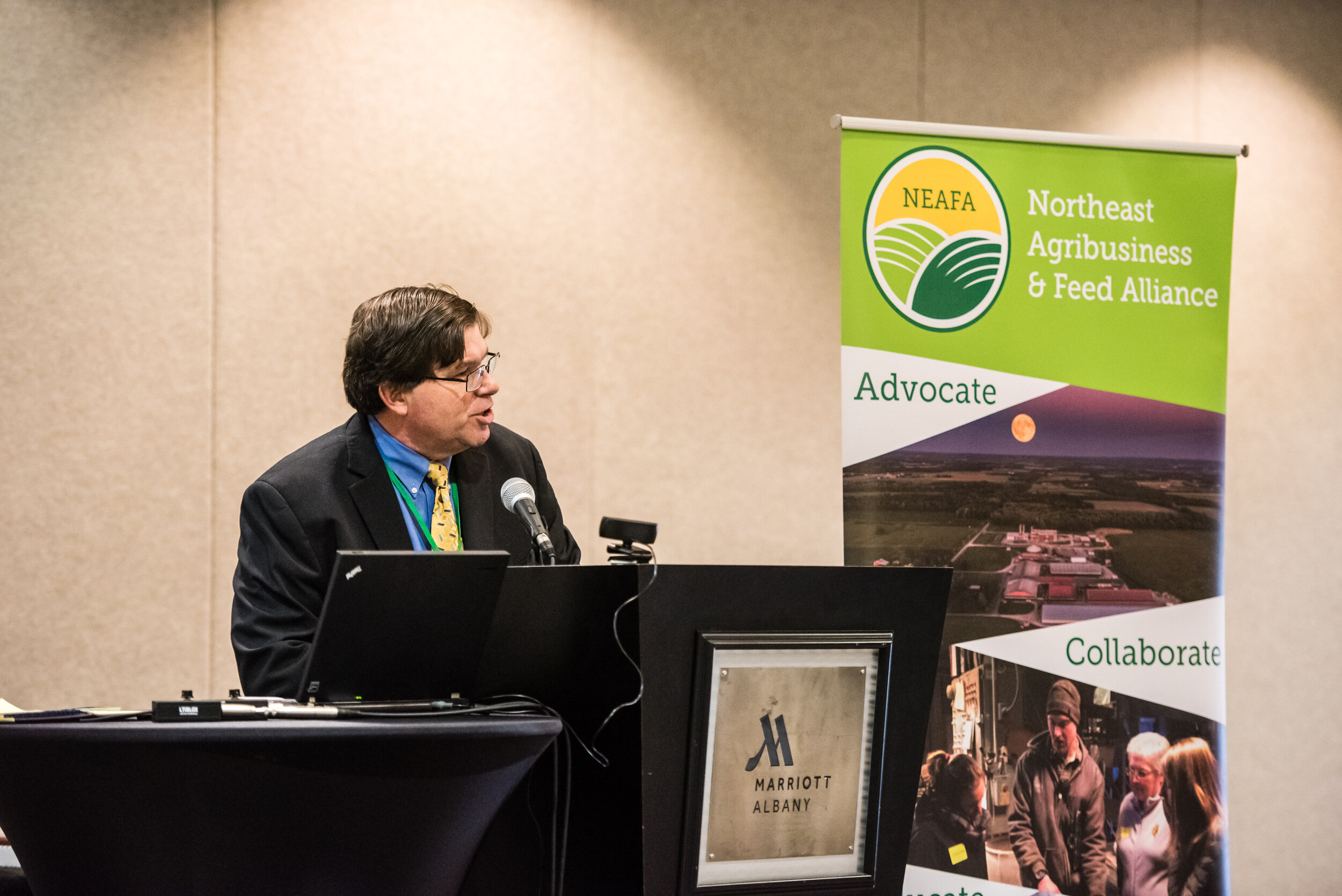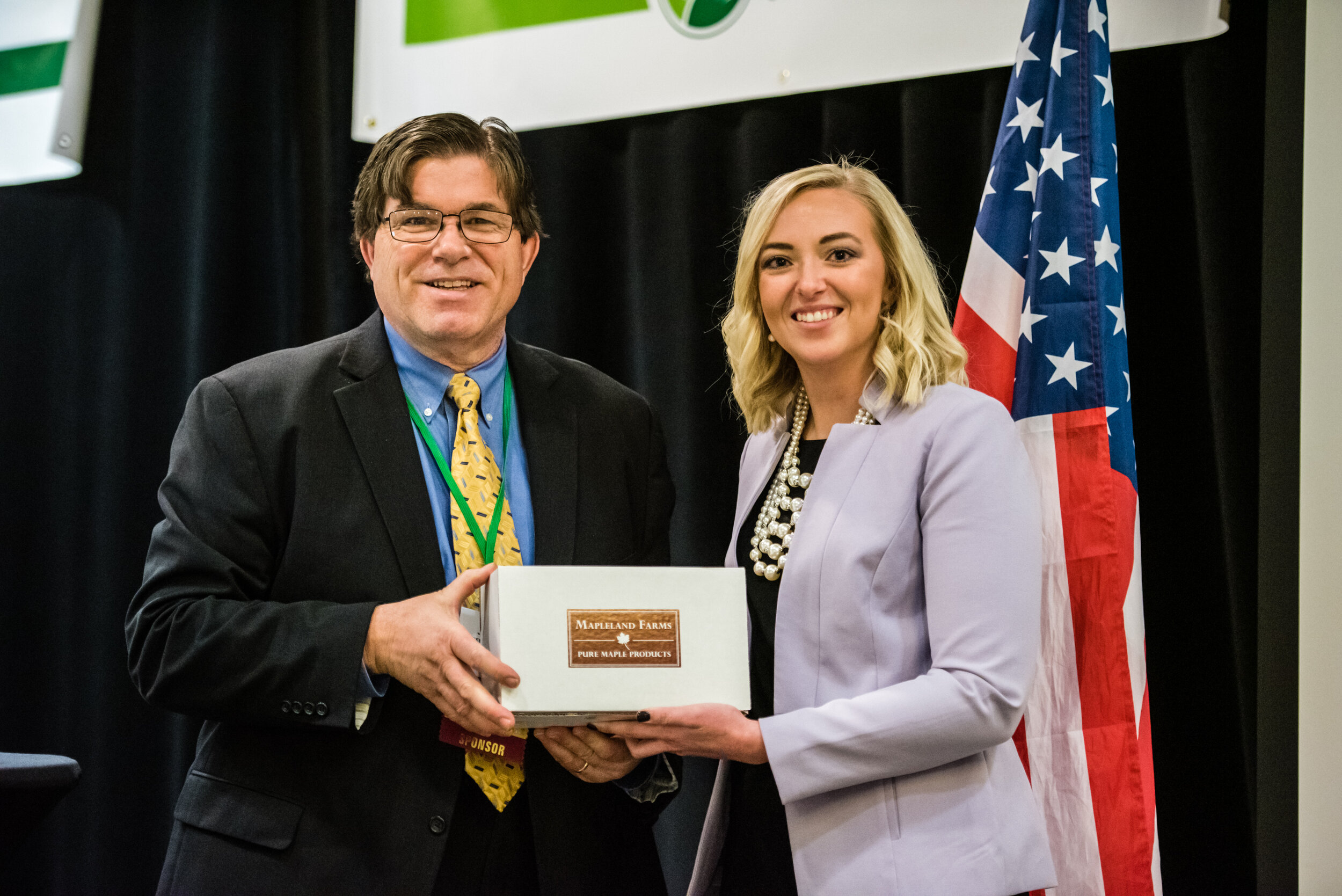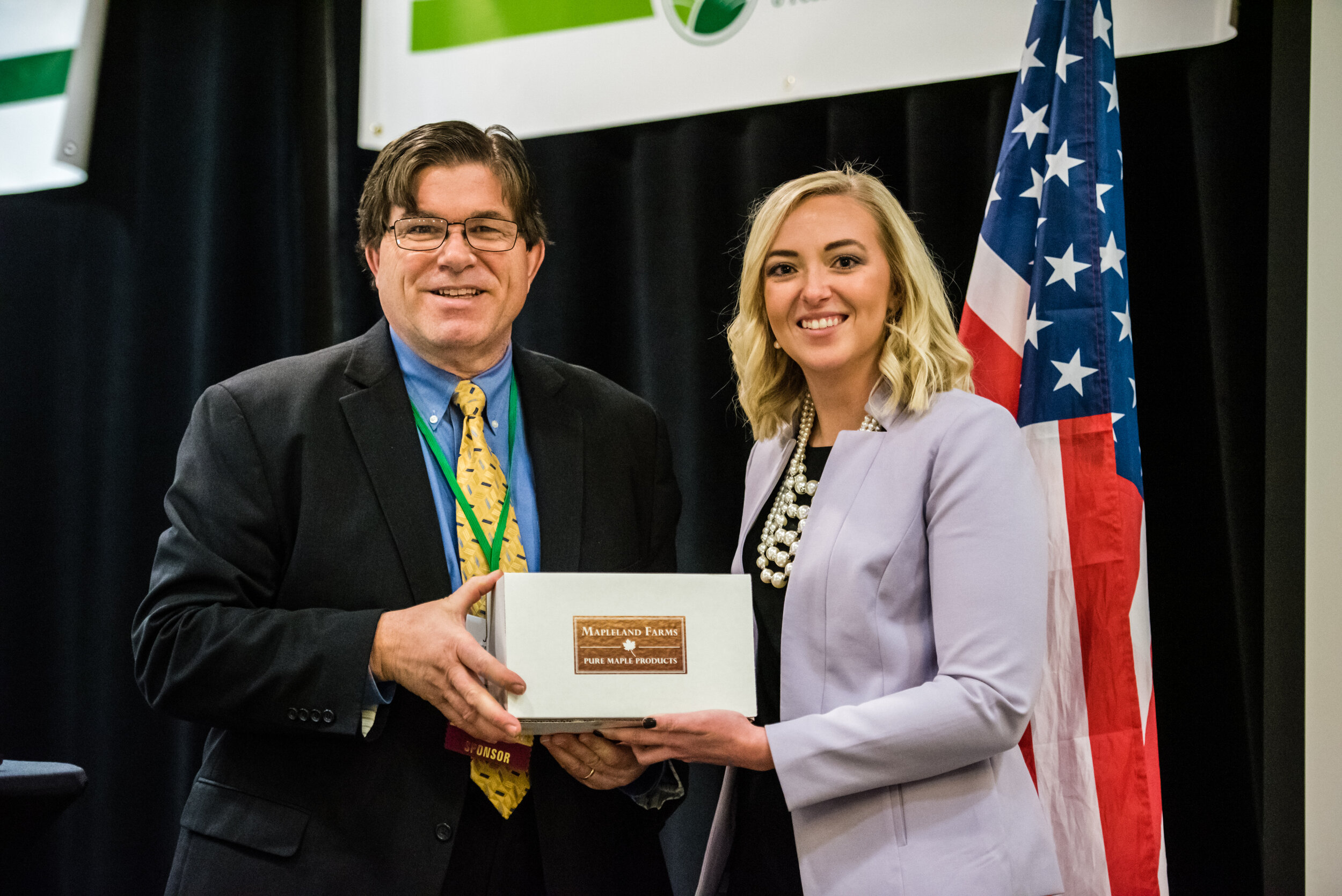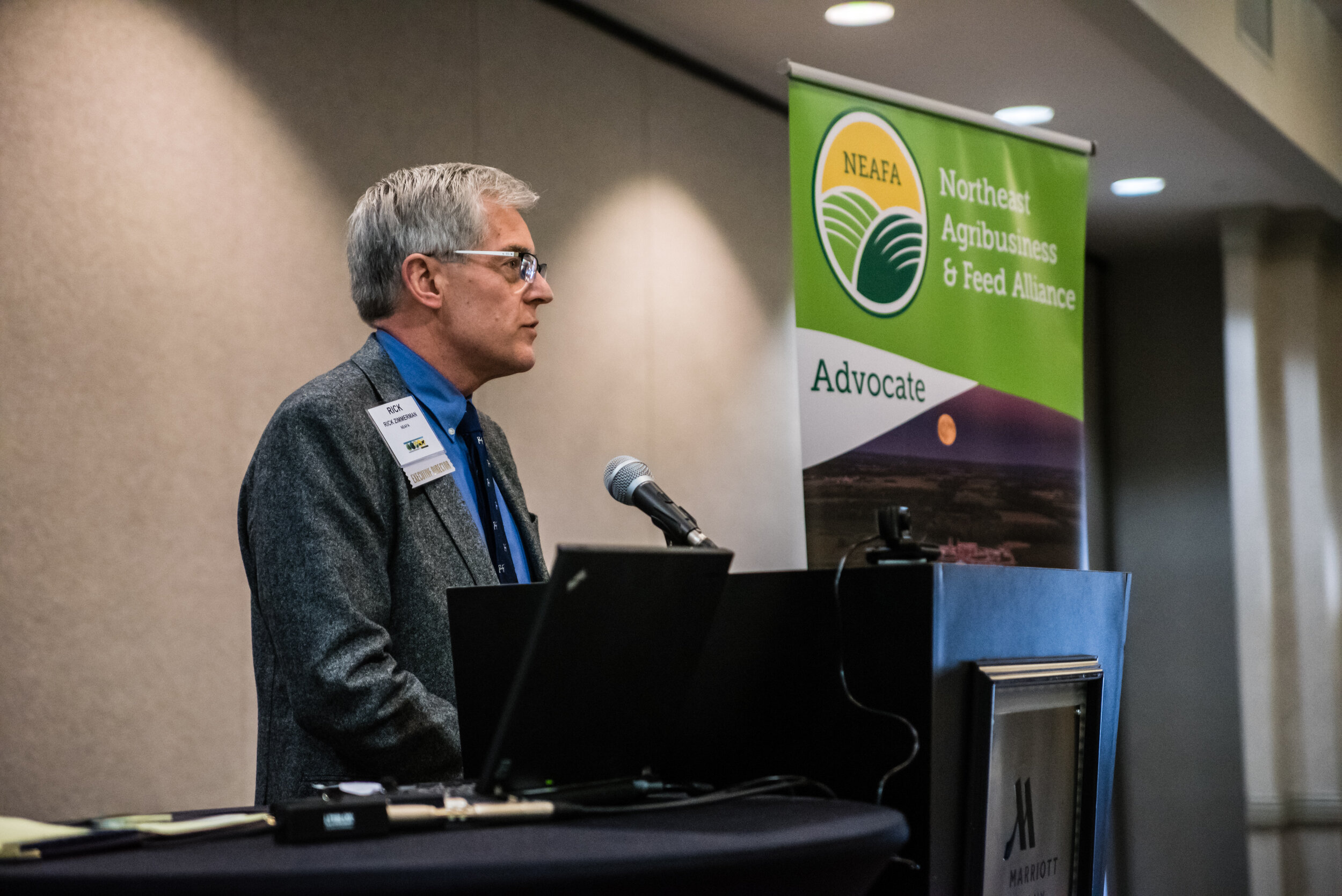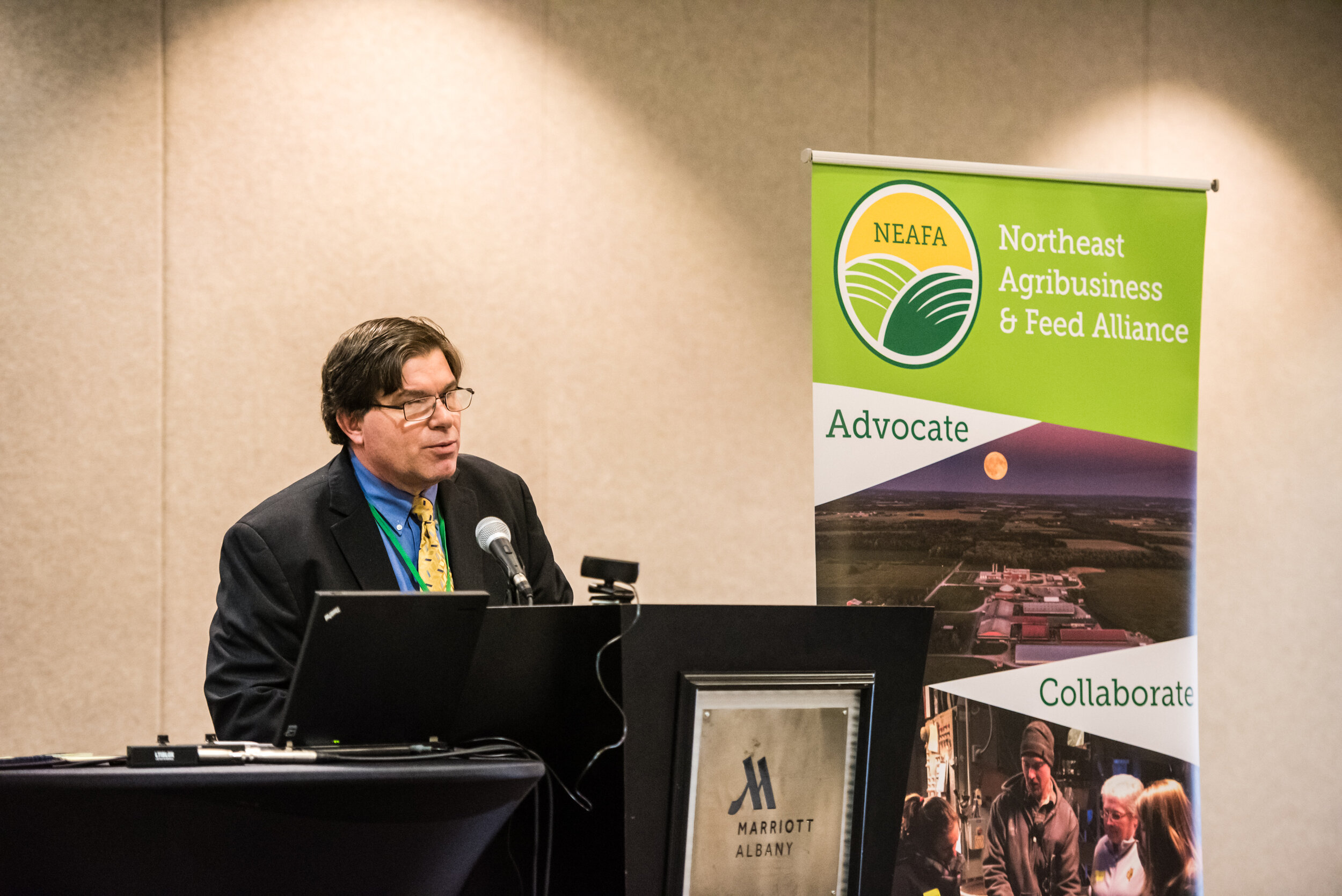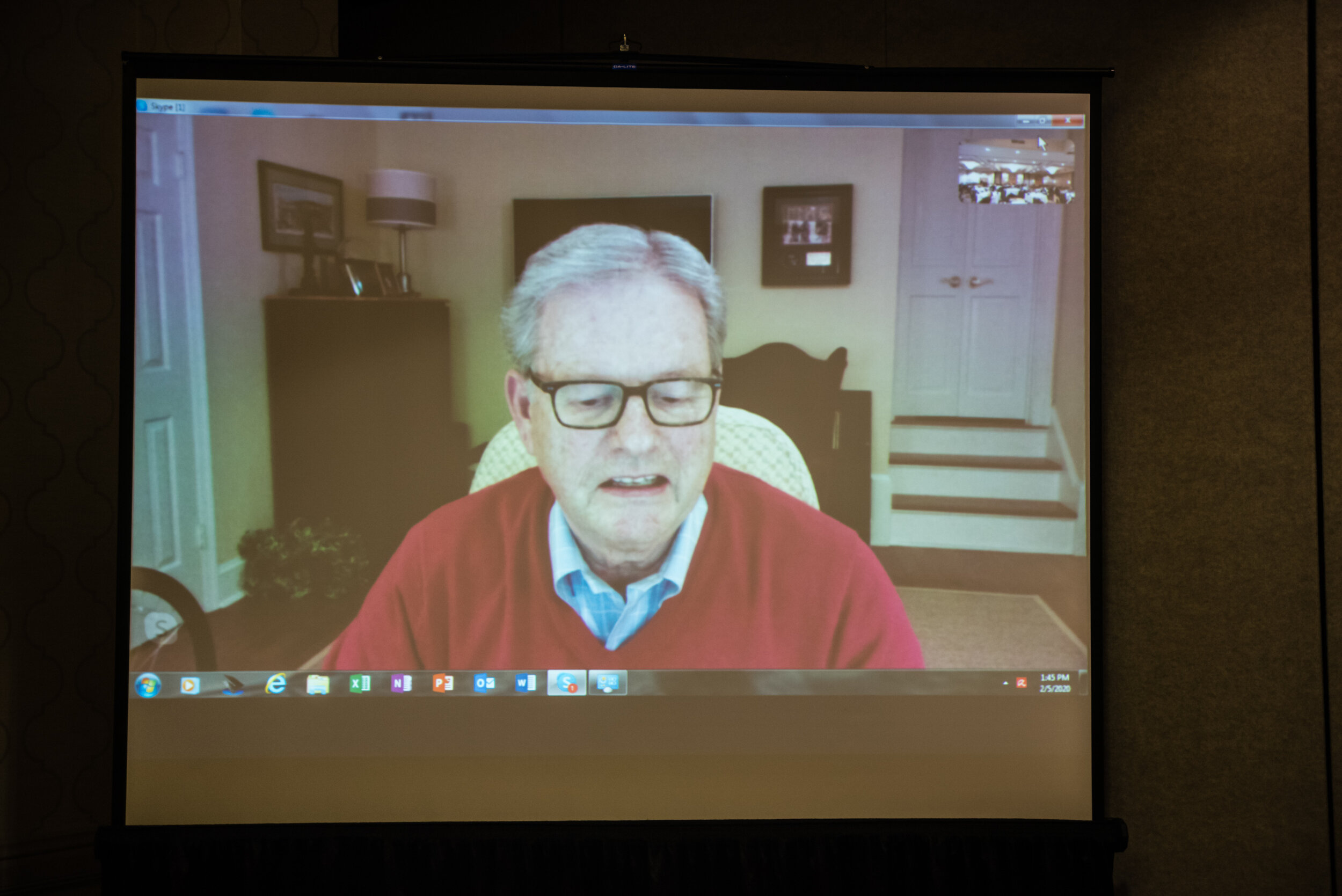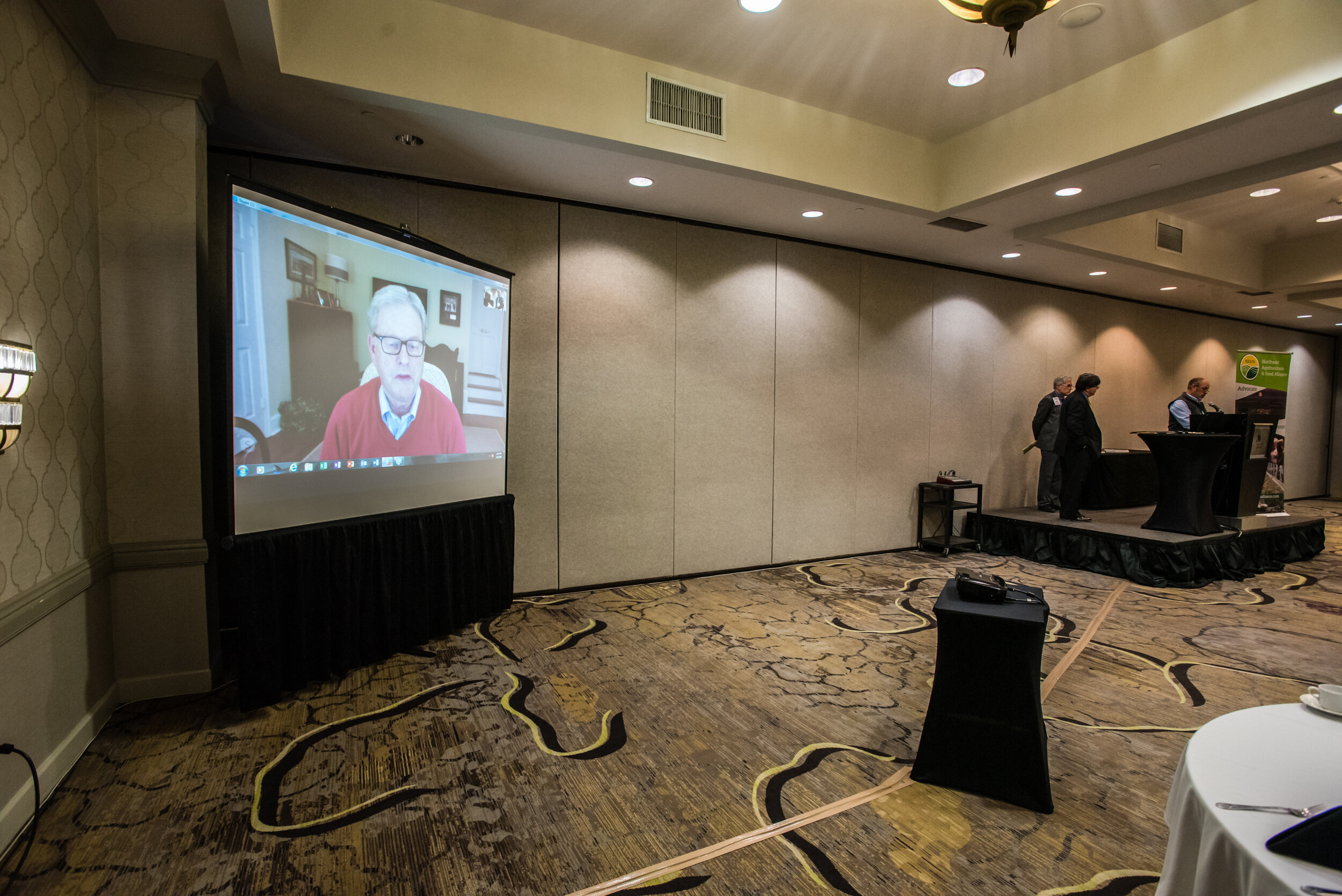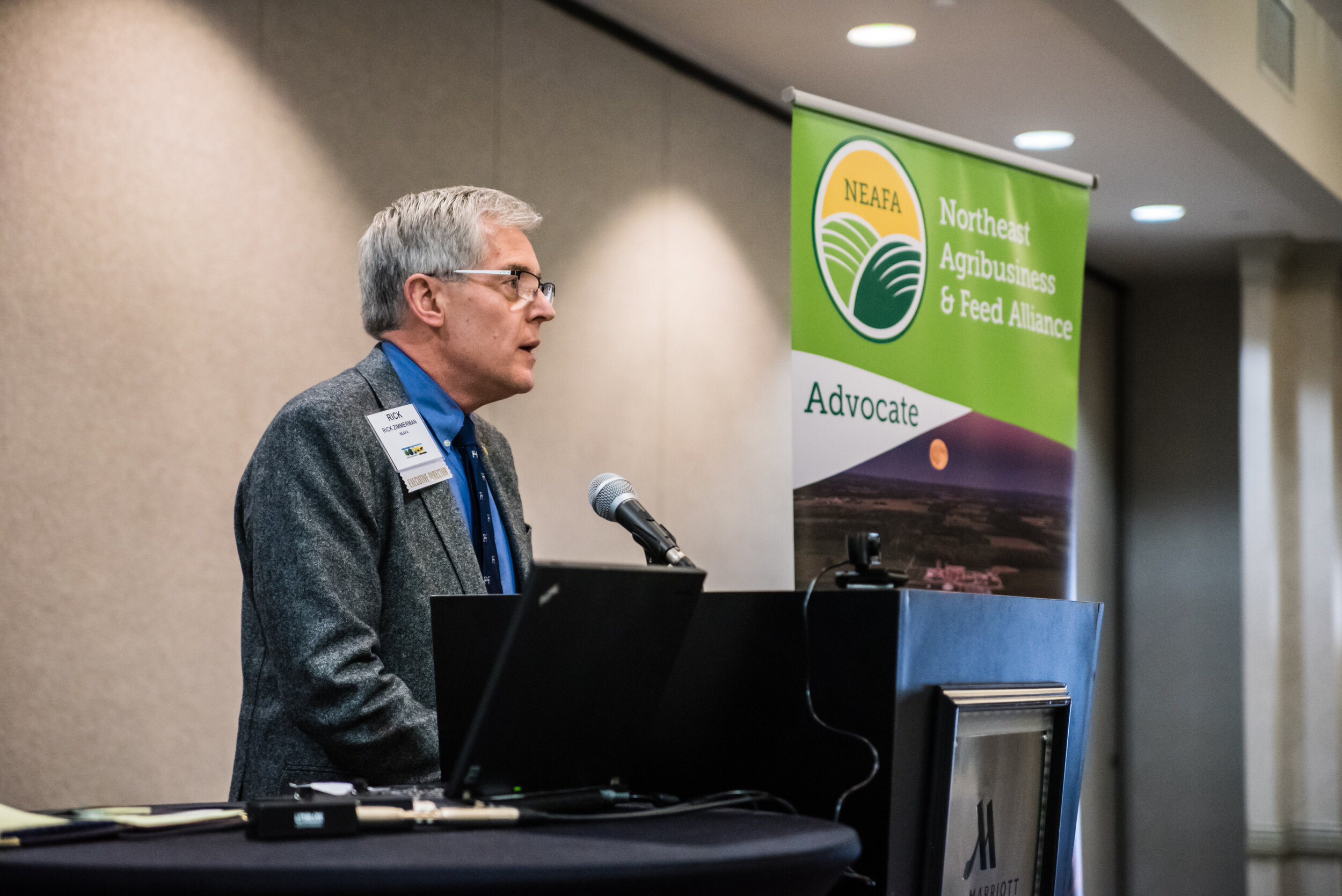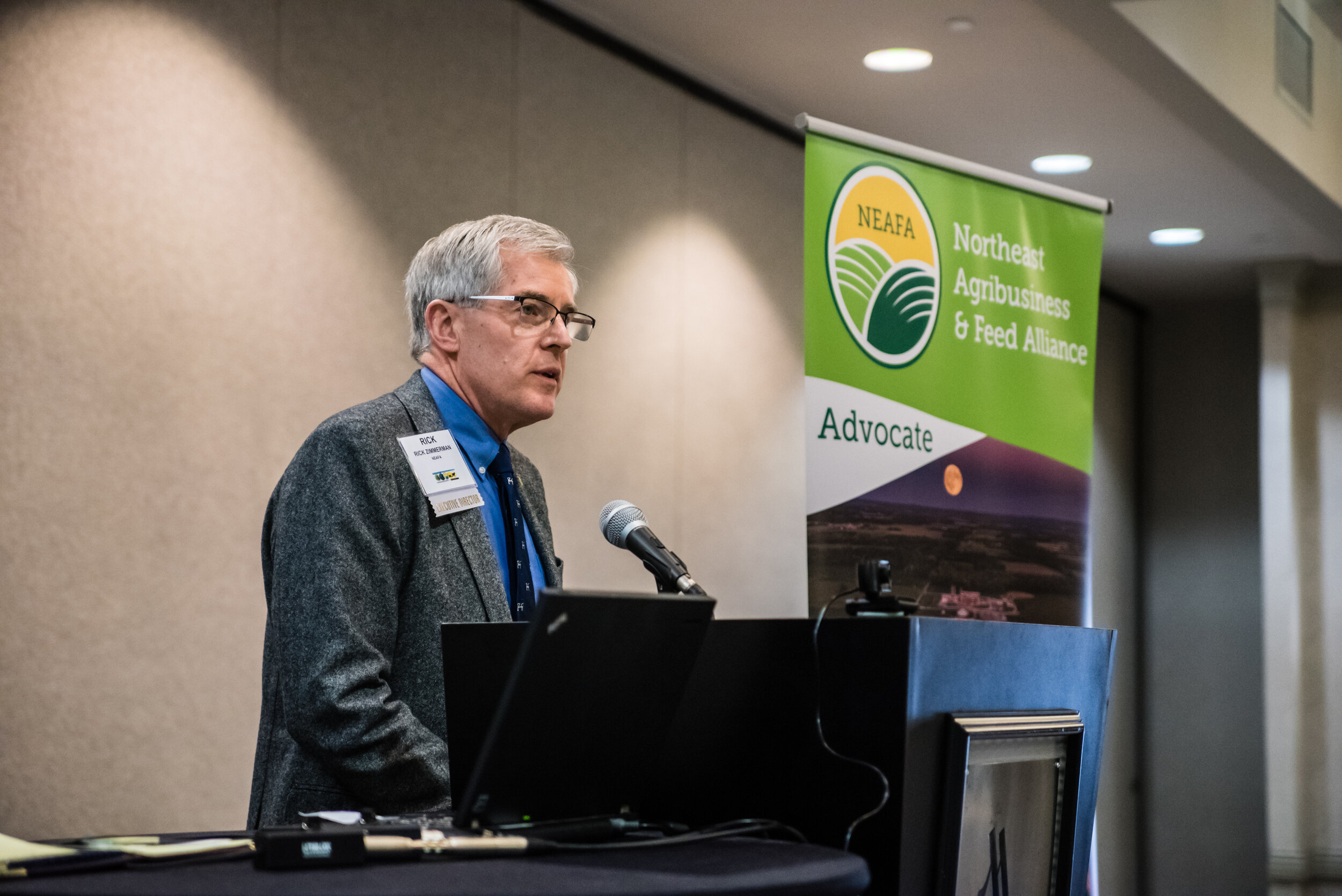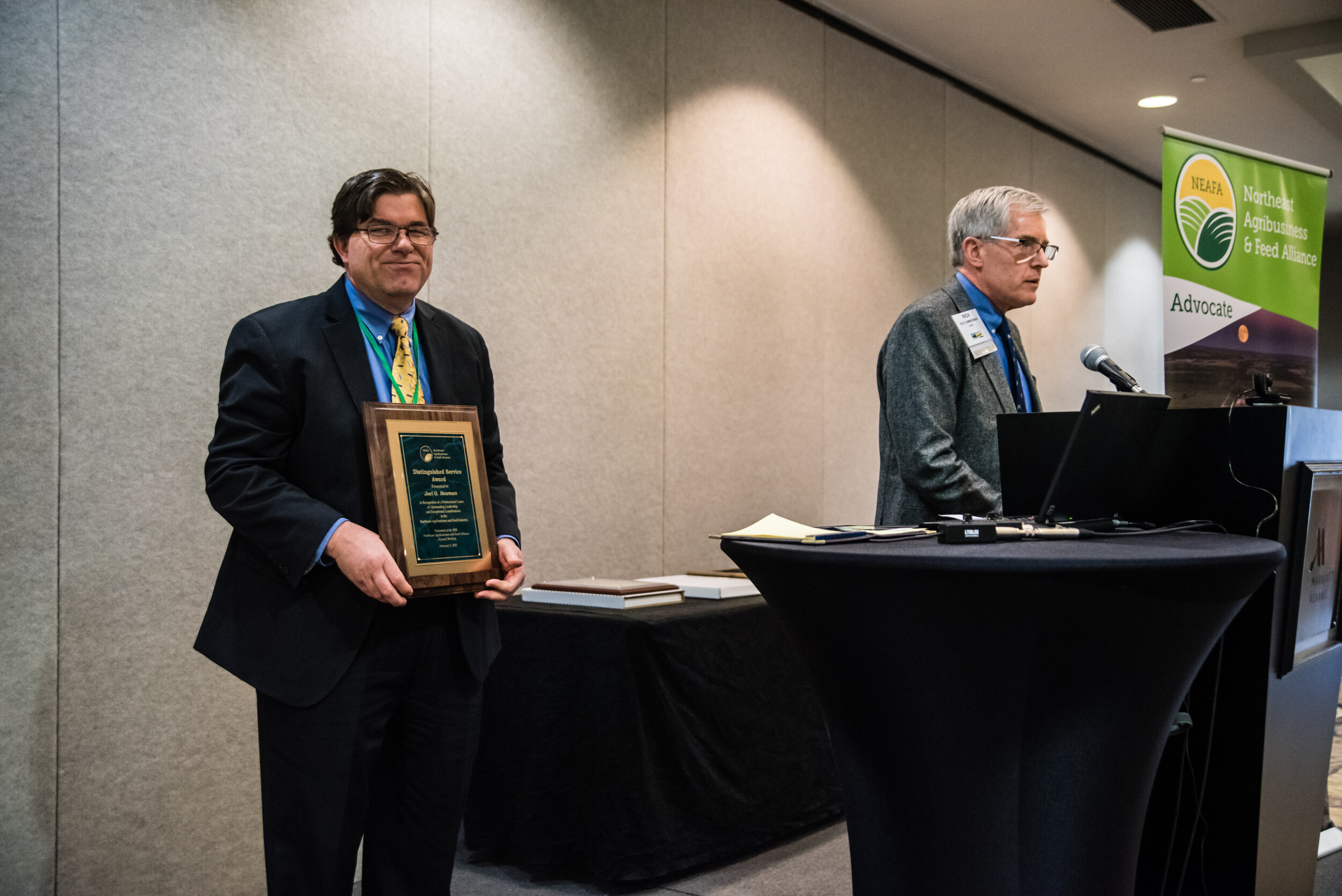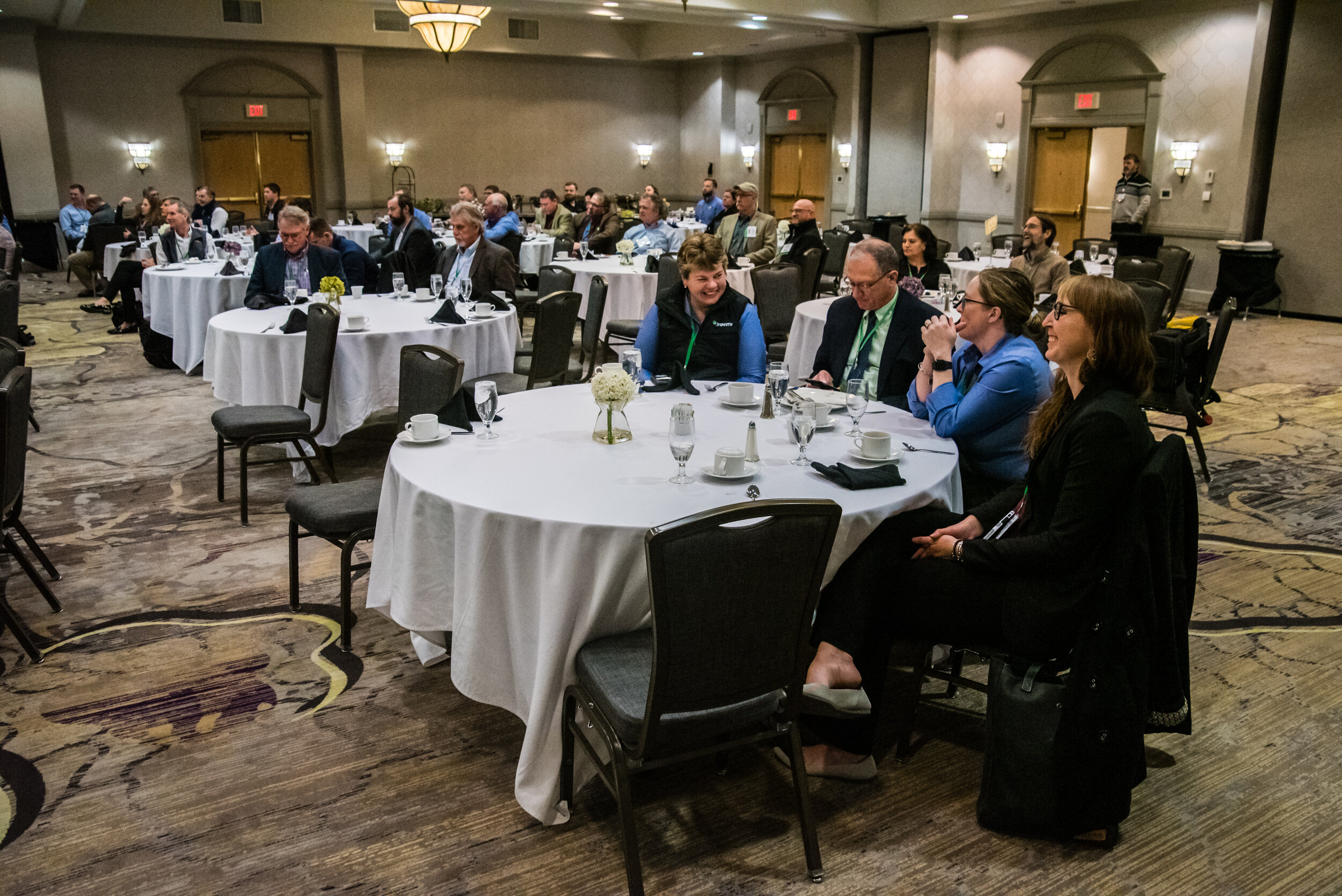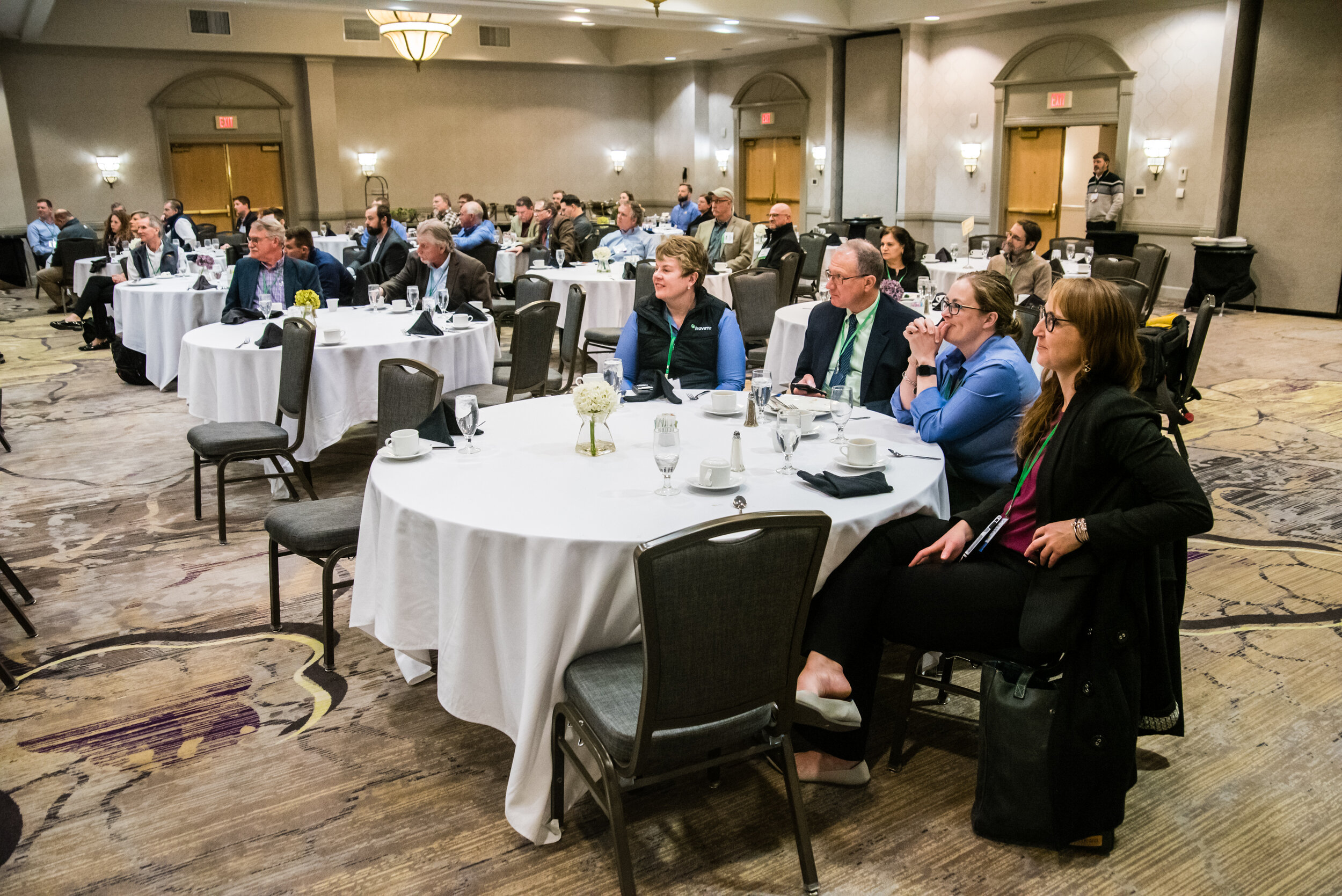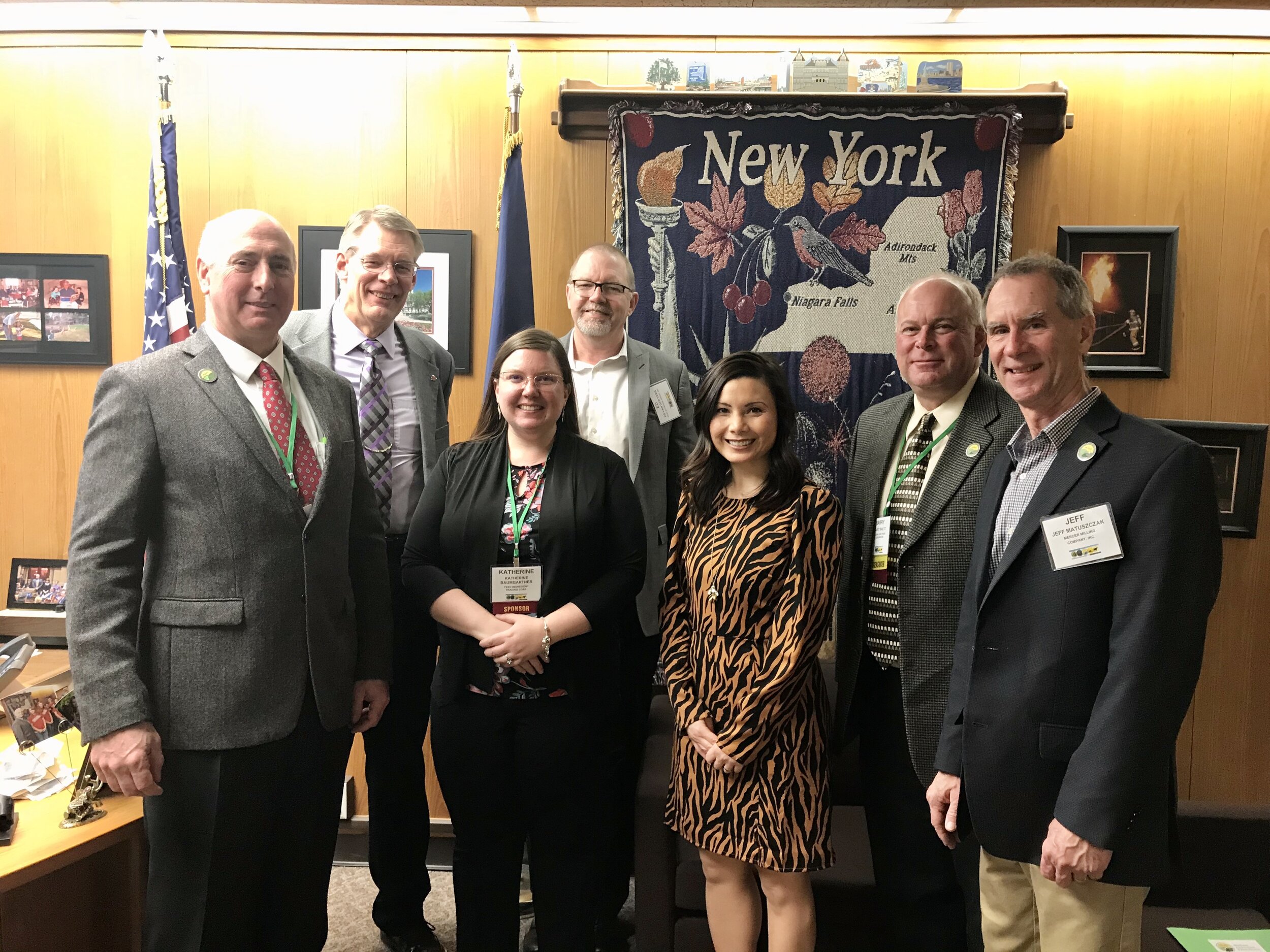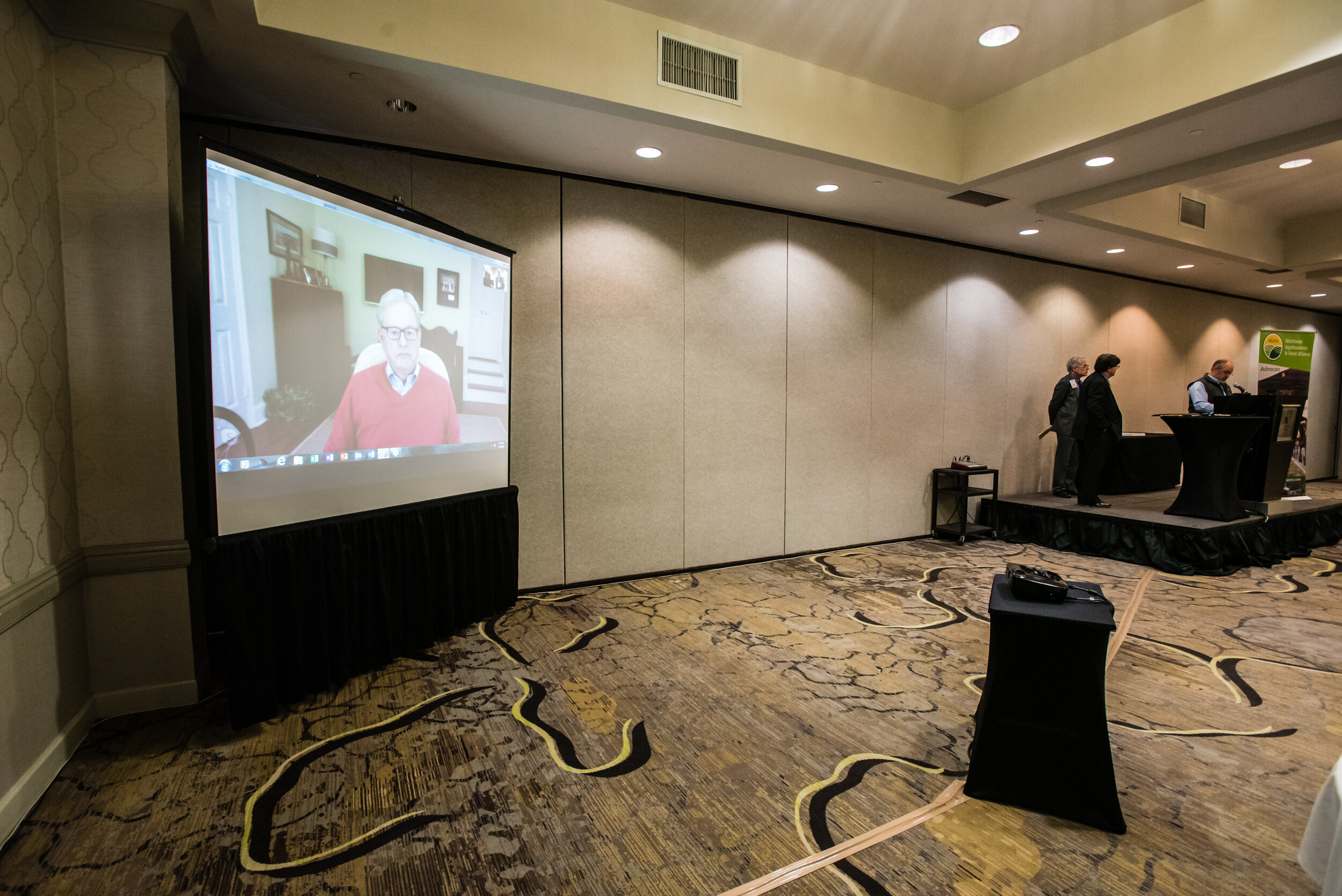By Chad Fiechter
Historically, the evaluations of U.S. farm debt have focused on traditional lending institutions like commercial banks, Farm Credit System lenders, Farm Service Agency, and life insurance companies. This focus excludes the role agricultural input suppliers play as creditors for their farm customers, as most agricultural input suppliers are not required to publicly disclose any information on their lending practices. Given the challenges facing the Northeast Dairy Industry, we chose to “lean into” this challenge and see if there was a way to provides timely insights.
Discussions with producers and extension educators led us to conclude the relationship between feed manufacturers and their dairy farm customers held the most opportunity. In identifying the key stakeholders of the Northeast dairy industry, we discovered the Northeast Agribusiness and Feed Alliance (NEAFA). Graciously, NEAFA has furthered our efforts by providing useful direction and the Board of Director’s endorsement. Board members Andy Dugan, Clayton Wood, and Blake Lutz served as a voluntary review and consulting board for our project.
Feed manufacturer survey. With the help of Rick Zimmerman and the voluntary NEAFA board, we designed a survey for dairy feed manufacturers. They advised on the best way to collect useful information from common industry accounting practices. We identified 29 feed manufacturing firms and contacted them via phone and email from March to November 2018. Twelve firms joined our survey and provided the following information from 2014 – 2018:
Trade credit terms offered to customers
Annual sales
Annual tons of feed sold
Sales past due
Sales past due 90 days or more
The participating firms jointly represent more than 70 percent of the total annual sales volume of dairy feed grain and dairy feed concentrates in the Northeast.
For our purpose, delinquency is the total volume of past due invoices, including those invoices that are considered uncollectable. Any trade credit delinquency we consider “effective credit”, as the feed industry has become a creditor with an uncertain repayment timeline. The following chart shows the growth of effective credit supplied by the feed industry to the dairy industry.
A simple calculation suggests the overall magnitude of effective credit provided by the feed industry was nearly $100 million in 2018. We consider this a conservative estimate due to the fact that survey participation was voluntary and that financially stressed feed manufacturers may have been less likely to participate. To provide some context for the magnitude of $100 million, a regional commercial bank with a significant ag lending portfolio in New York maintained a balance of $54 million of “loans to finance agricultural production and other loans to farmers” during 2018. As an industry, feed manufacturers have become an important creditor of the dairy industry.
Farm-level analysis. Spurred on by our survey results, we analyzed dairy farm survey data from New York to gain insight into the relationship between dairy farm stress and trade credit. We used the Cornell Dairy Farm Business Summary (DFBS), an annual farm-level survey of key financial and production metrics. We use the annual difference between All Milk price and average operating expense from the DFBS, to calculate average operating margin. We define farm stress as periods of loss making. The average farm operating margin per hundredweight is detailed in the table below. It is clear the “average farm” from the DFBS is stressed during 2015 – 2018, which coincides with the increasing volume of delinquent accounts receivable.
This is consistent with the stories the participating feed manufacturers shared. We further looked for additional evidence of characteristics which are common across farms which are utilizing trade credit at a disproportionate rate.
We used the dairy farm’s reported balances of accounts payable from 1993 - 2018. While maintaining a balance of accounts payable is expected, persistent large balances would reflect some level of delinquency. We find that more indebted dairy farms maintain higher balances of accounts payable. The chart below shows farms with 225 to 899 cows subdivided into two debt-to-asset ratio classes and the corresponding median balance of accounts payable. We find that more indebted farms use accounts payable at a much higher rate, further confirming the role of feed manufacturers as a creditor.
Data Source: Cornell Dairy Farm Business Summary
Conclusion Northeastern dairy feed manufacturers are a meaningful creditor of the dairy industry during times of farm stress. Dairy farms utilizing this mode of credit have relatively higher debt-to-asset ratios, suggesting this credit may be riskier than common perception. We are grateful to the voluntary advisory board and NEAFA for helping to facilitate our survey. It is our belief that studies like this will be necessary in understanding the current changes in our agricultural economy. Ultimately, we hope this information can be useful for all dairy industry stakeholders as they plan for the future success of the industry in the Northeast.
We welcome feedback and questions sent to jifft@cornell.edu. This research was supported in part by the USDA National Institute of Food and Agriculture, NC-1177 Multistate project, number 1016791. We are grateful for the collaboration of NEAFA and the Cornell DFBS team (Jason Karszes and Wayne Knoblauch).
Authors:
Chad Fiechter, MS student, Cornell University Charles H. Dyson School of Applied Economics and Management
Jennifer Ifft, Assistant Professor and Mueller Family Sesquicentennial Faculty Fellow in Agribusiness and Farm Management, Cornell University Charles H. Dyson School of Applied Economics and Management
1. Defined as the volume of feed sales in US dollars reported in the 2017 USDA agricultural census for CT, MA, ME, NH, NJ, NY, RI and VT.
2. Calculated as 10 percent of approximately $940 million of feed sales from the 2017 USDA Agricultural Census in CT, MA, ME, NH, NJ, NY, RI and VT.
3. A calculated annual average of “All Milk” price reported by “Livestock, Dairy, and Poultry Outlook” Economic Research Service: U.S. Department of Agriculture (2014–2018).
4. Above 0.40 debt-to-asset ratio
















